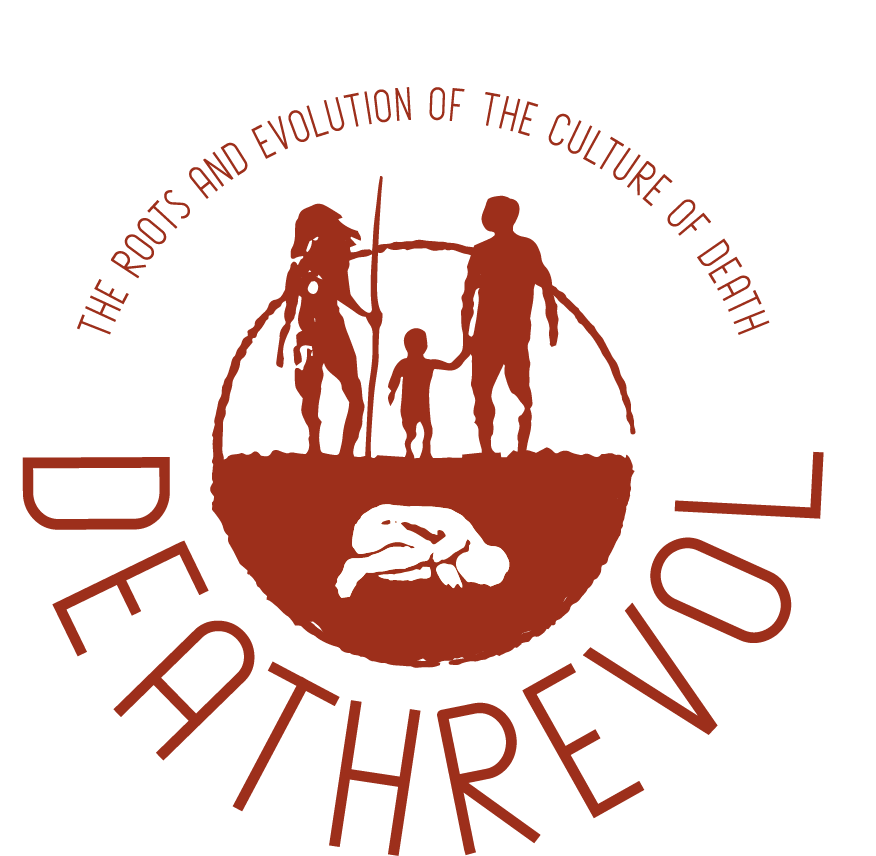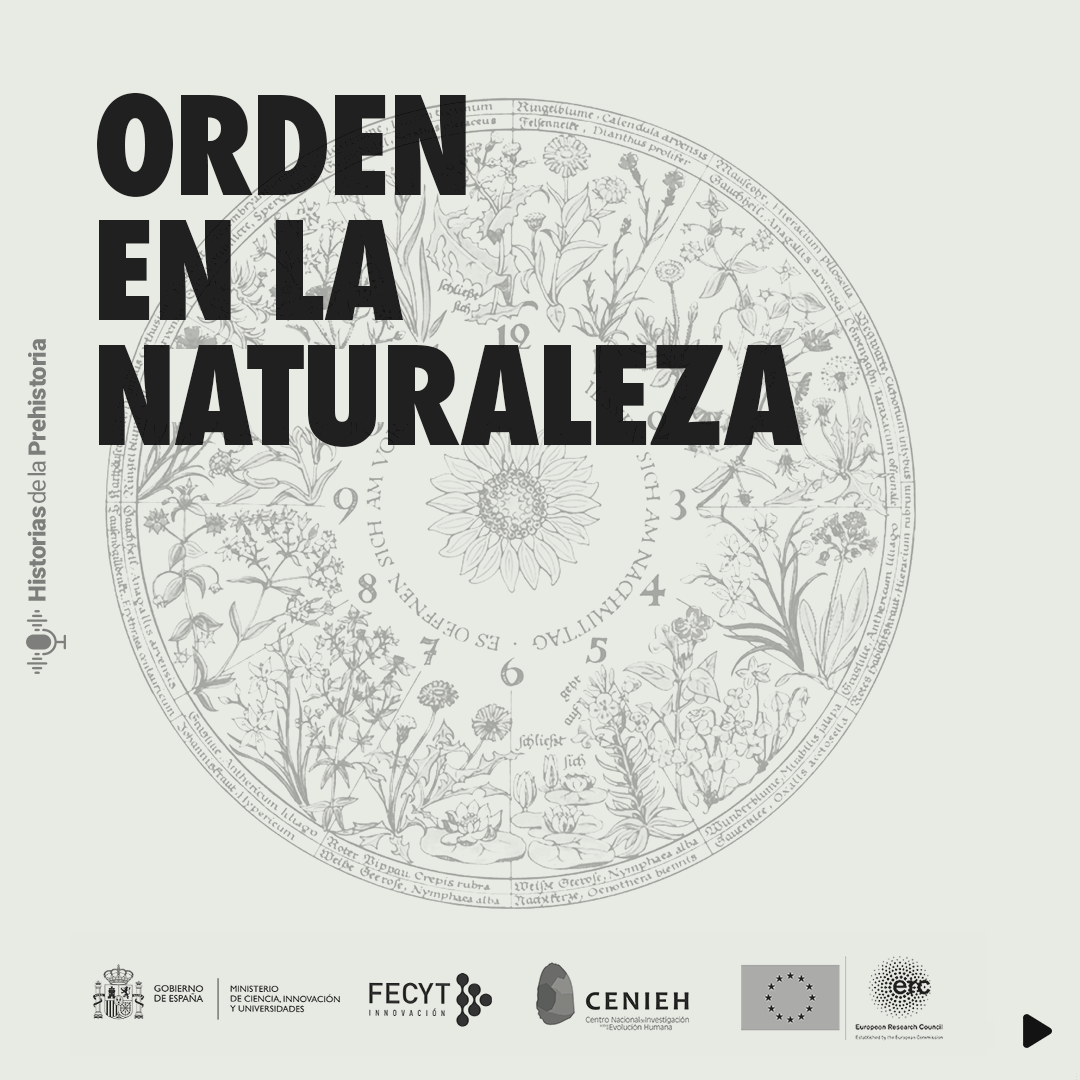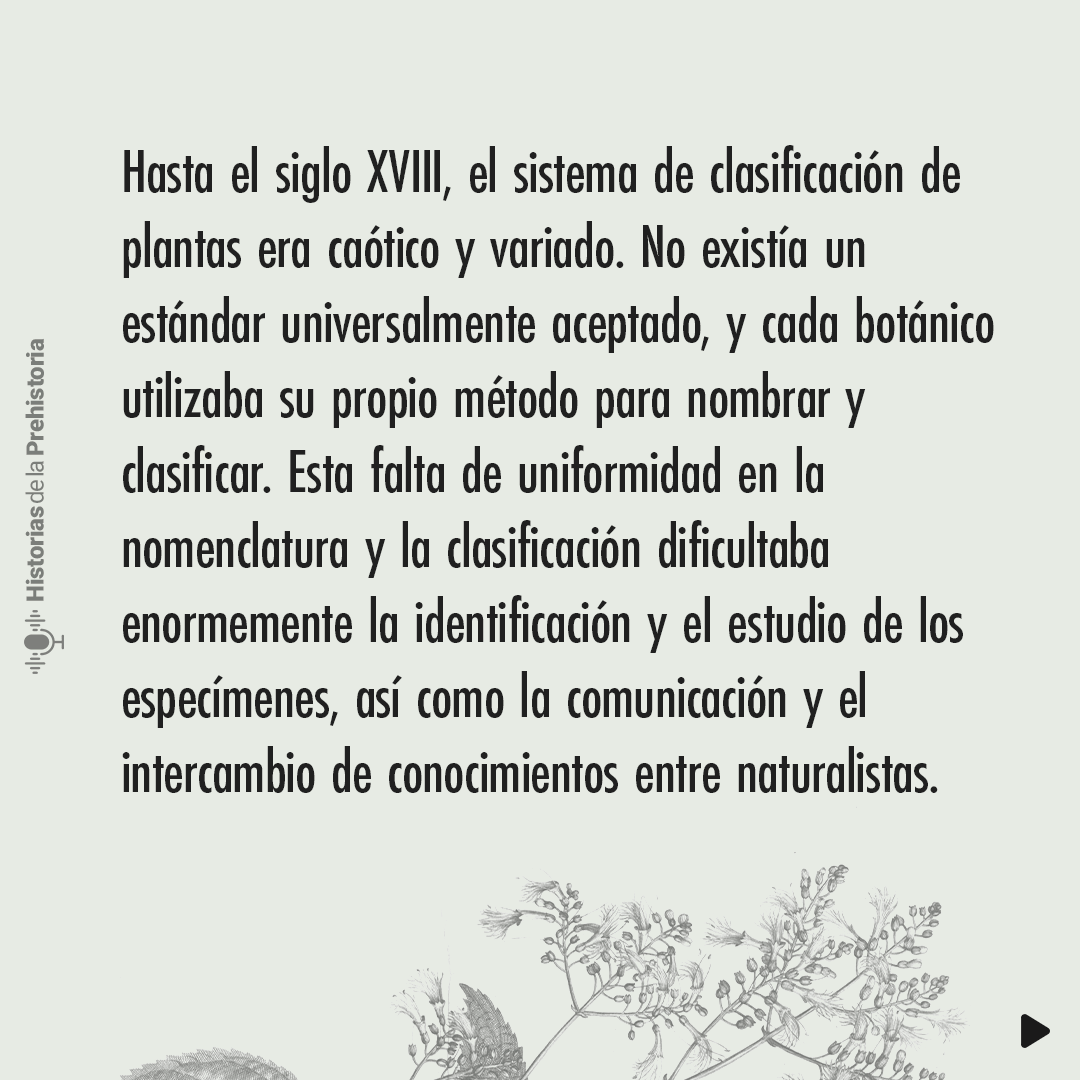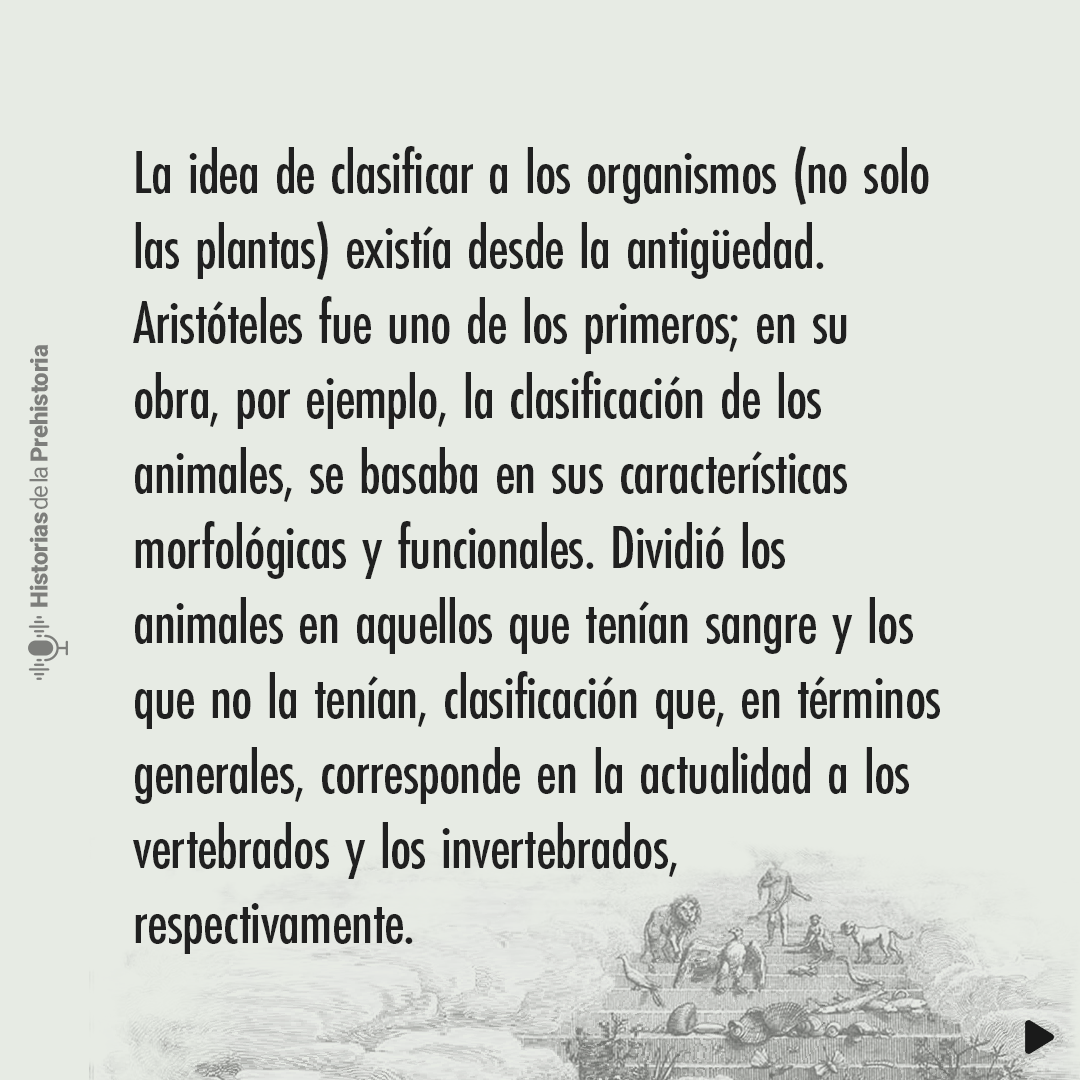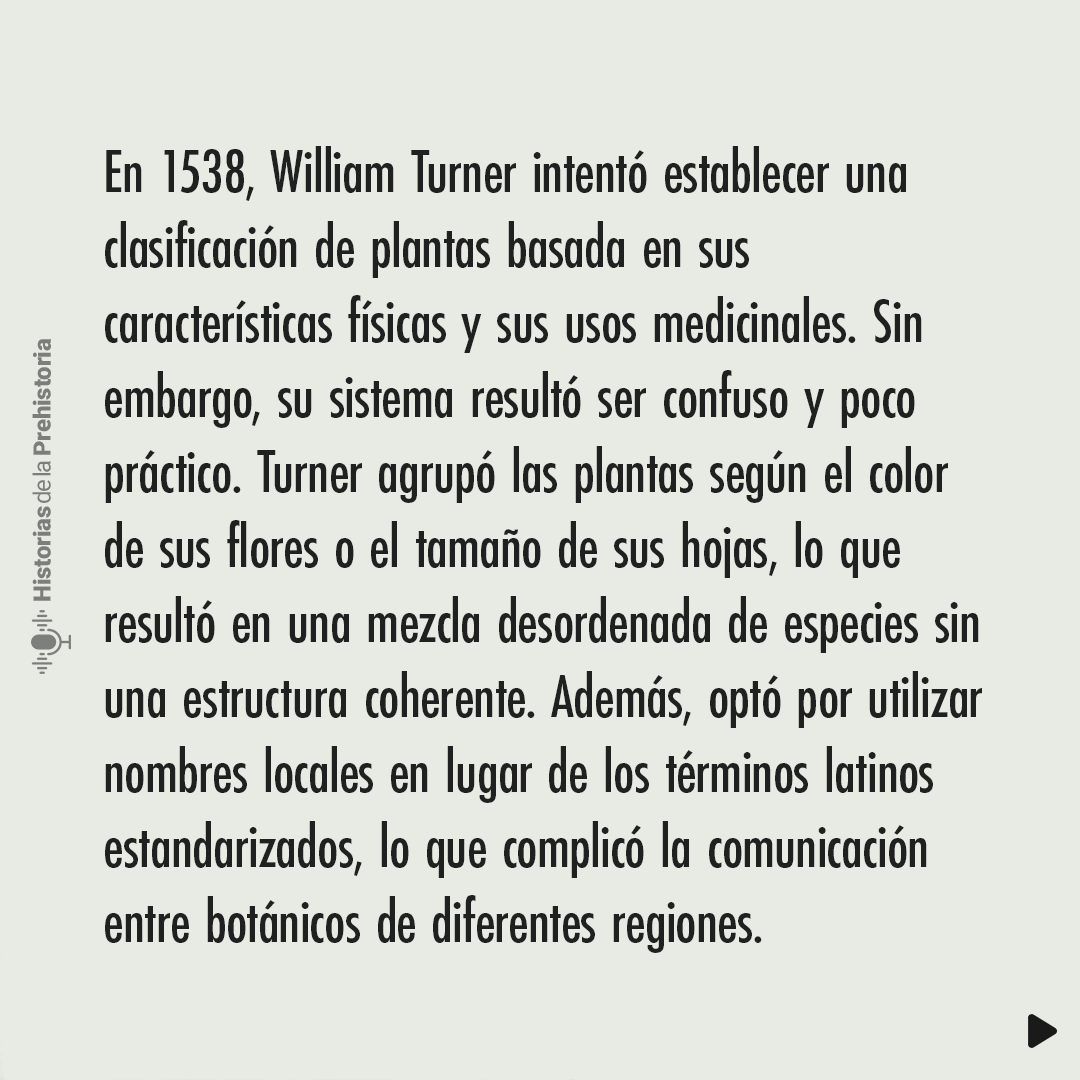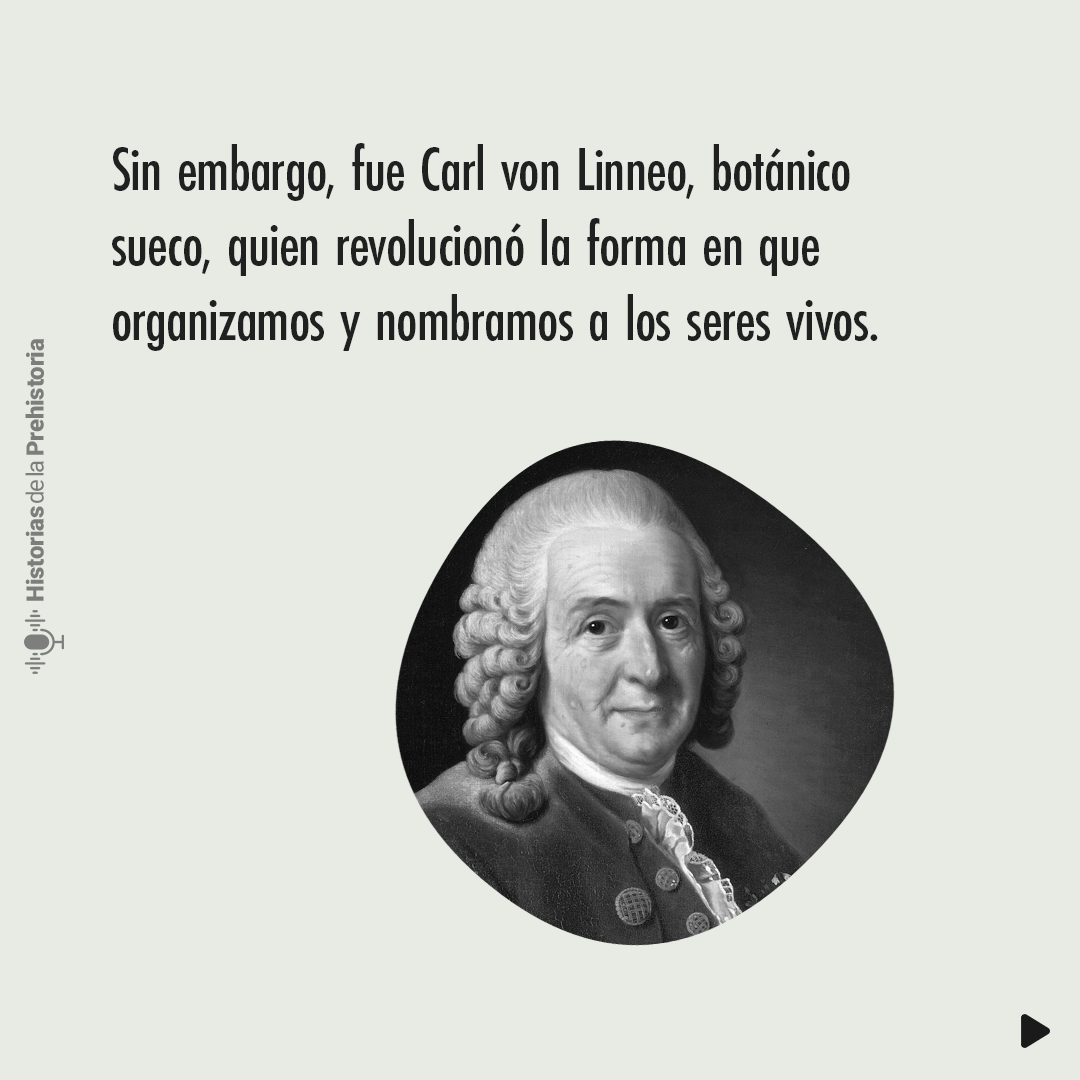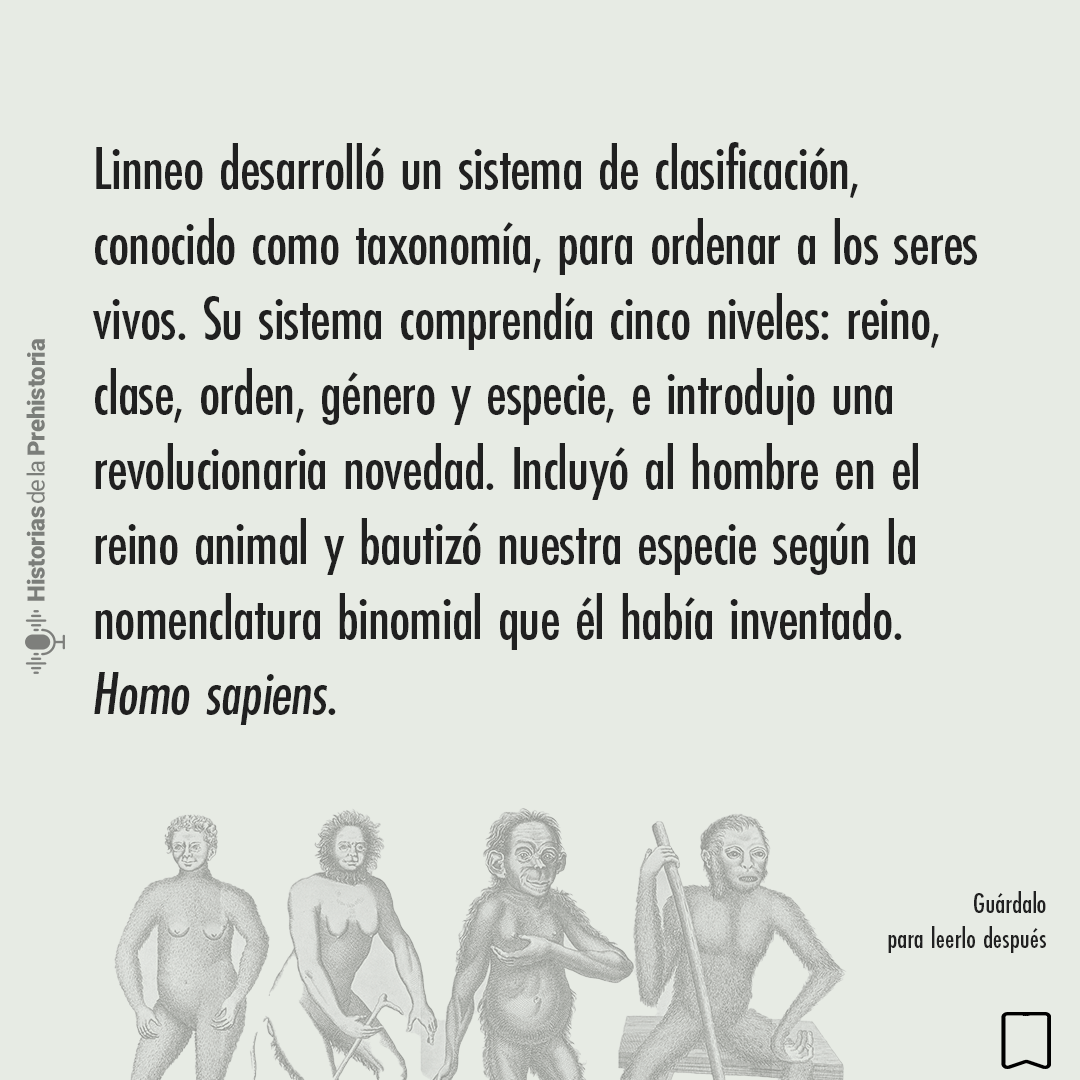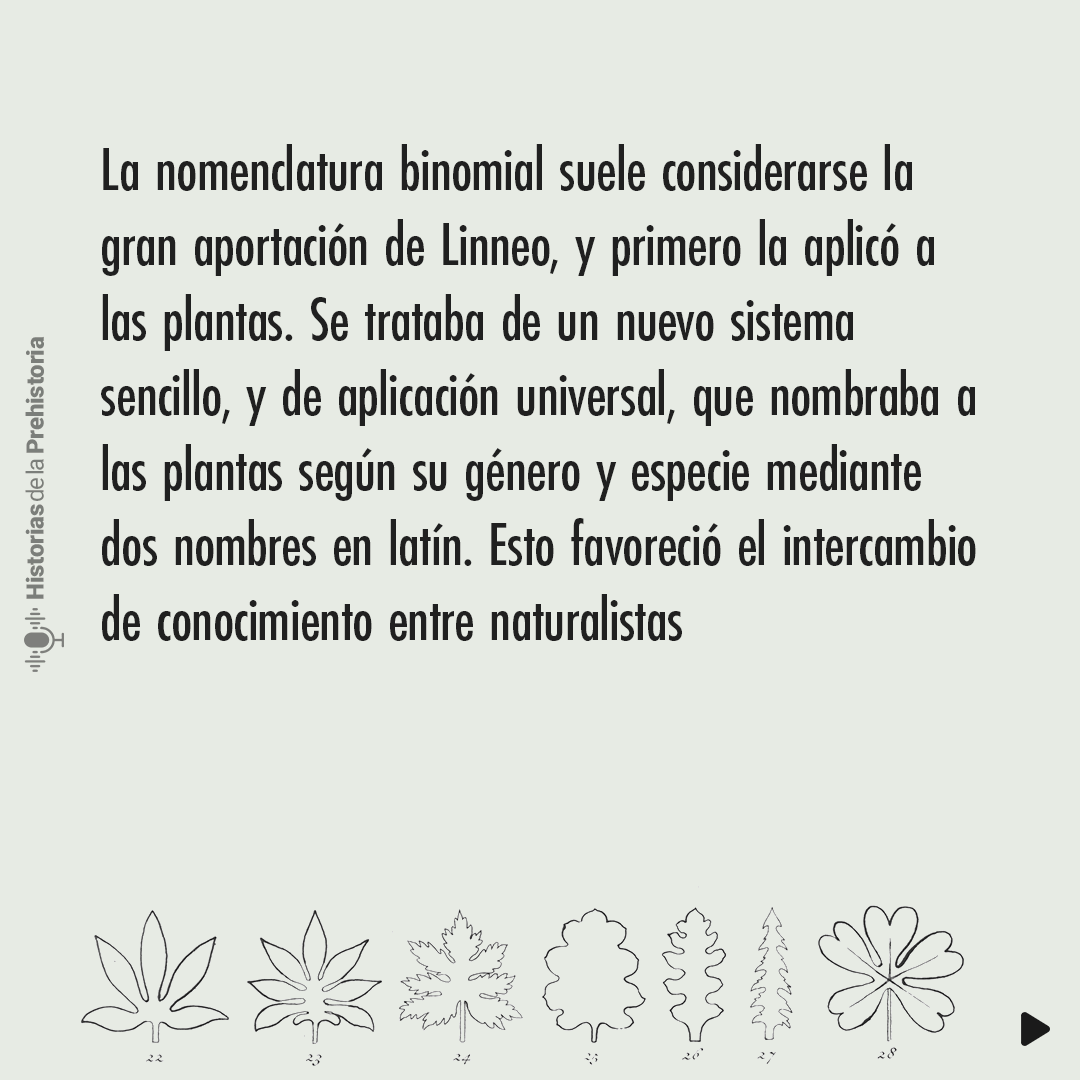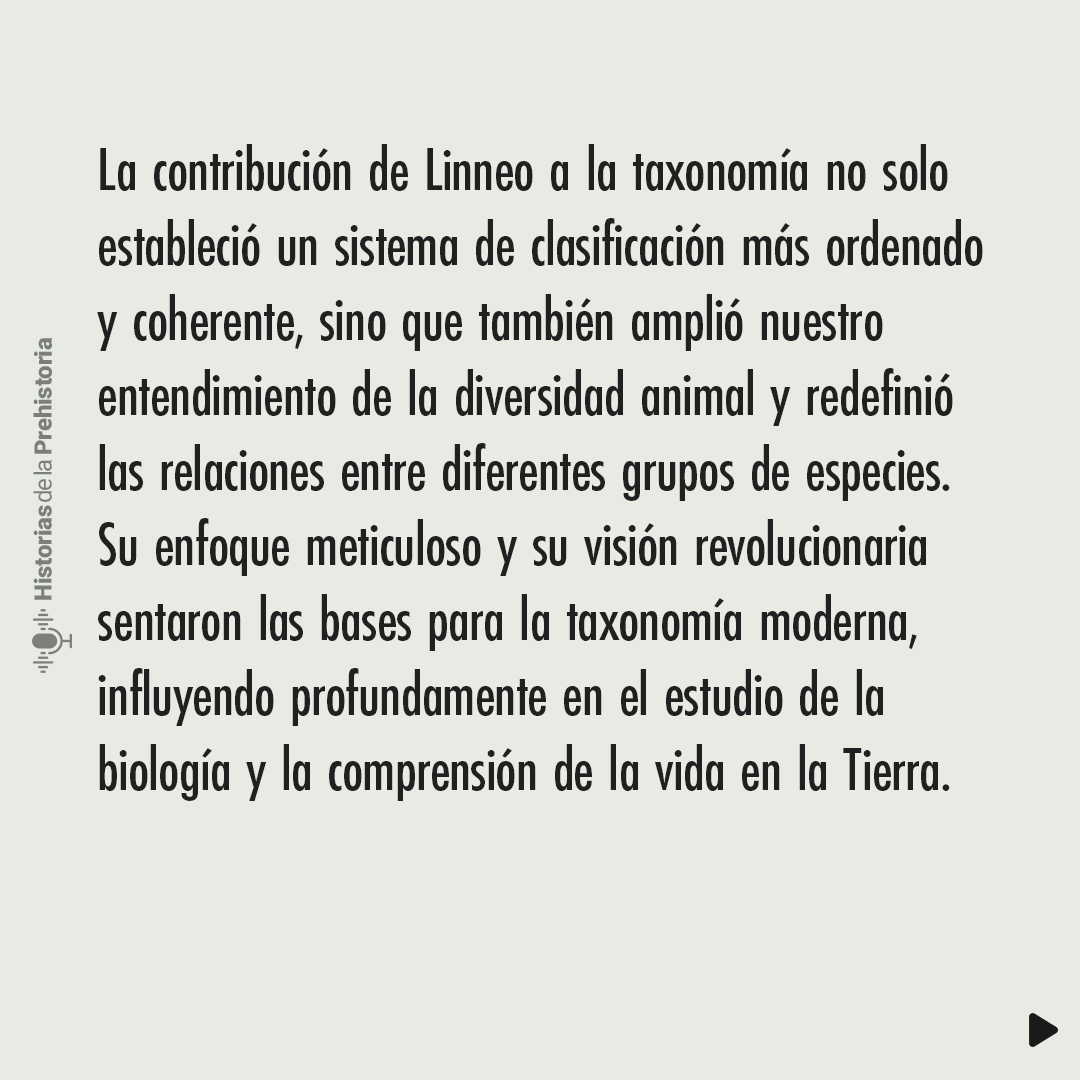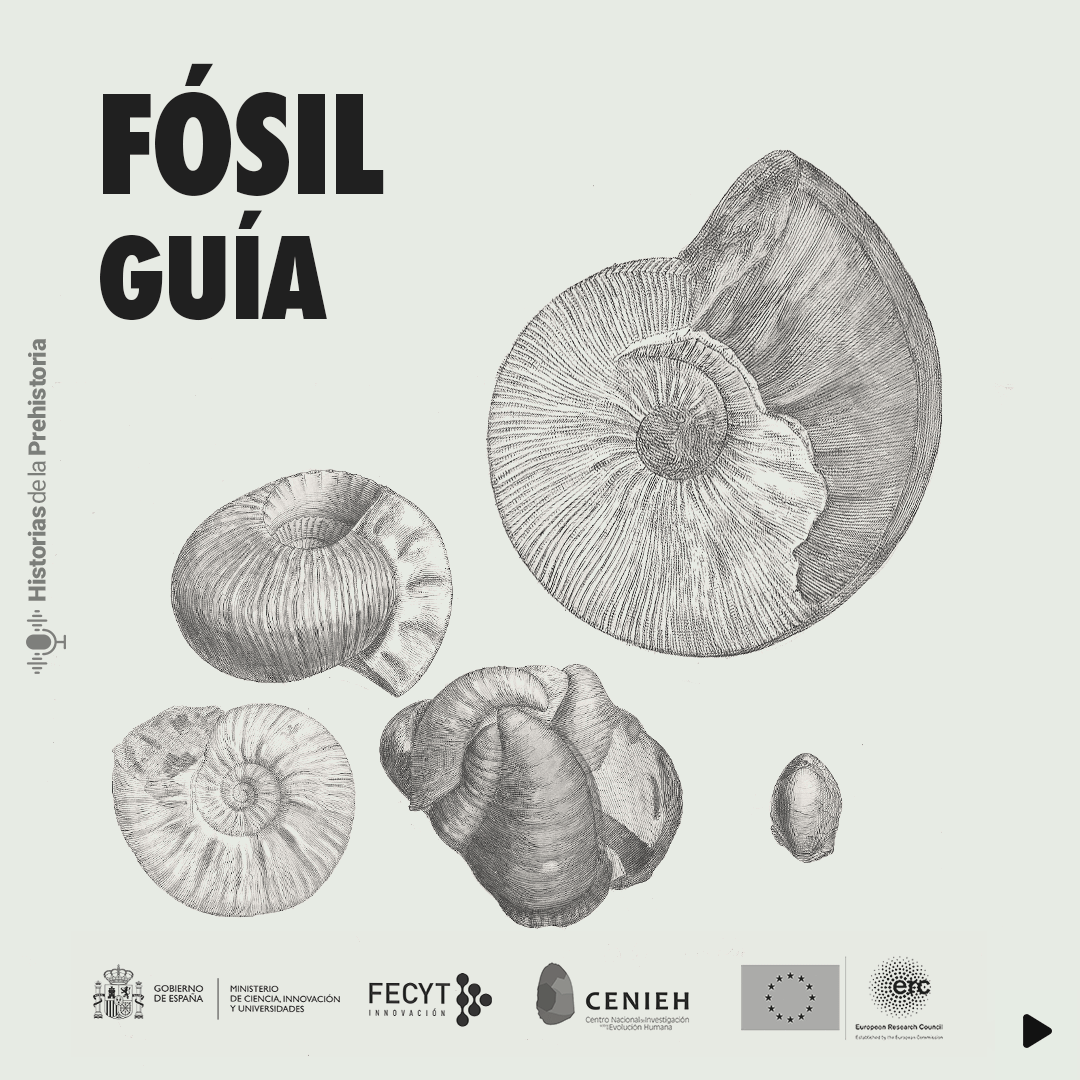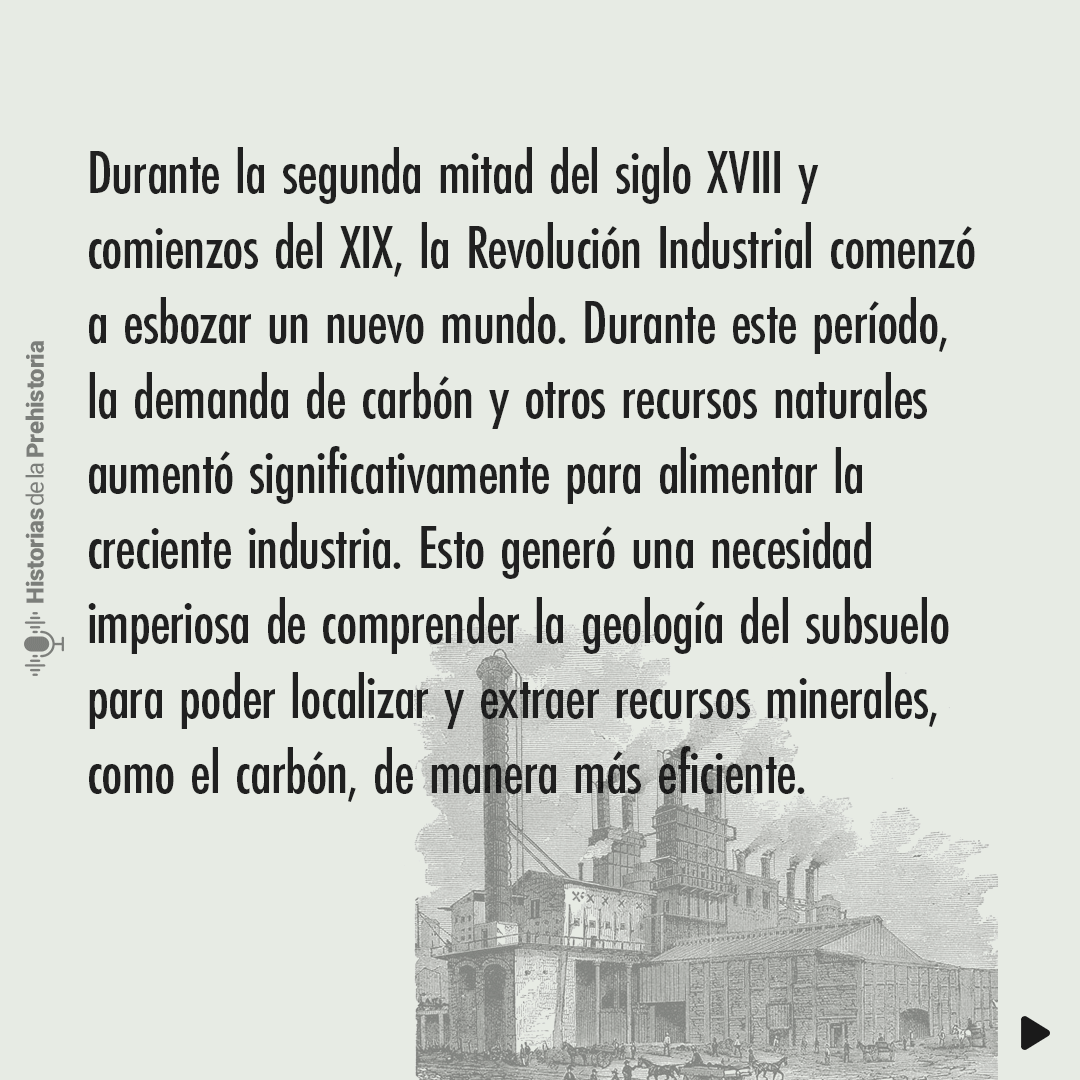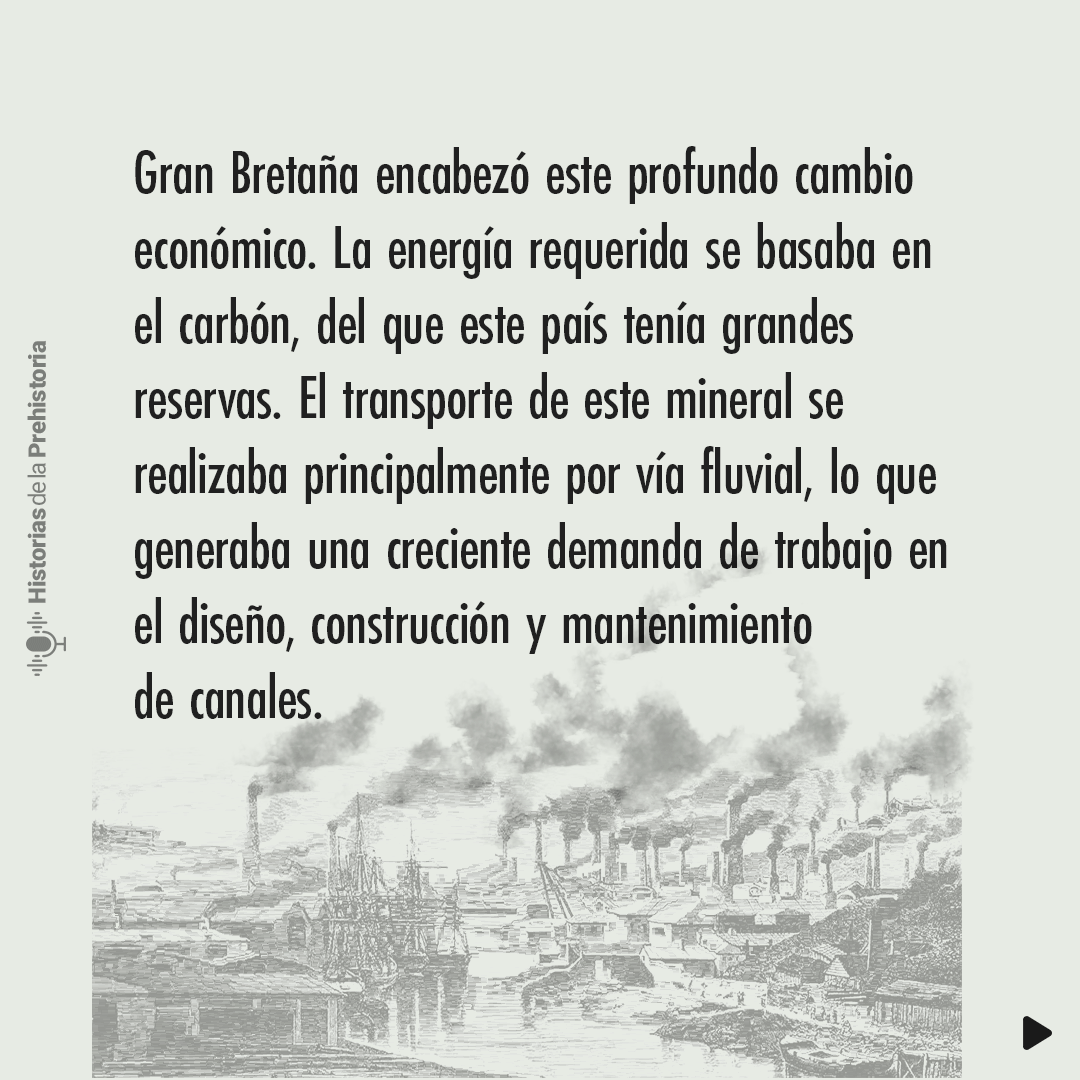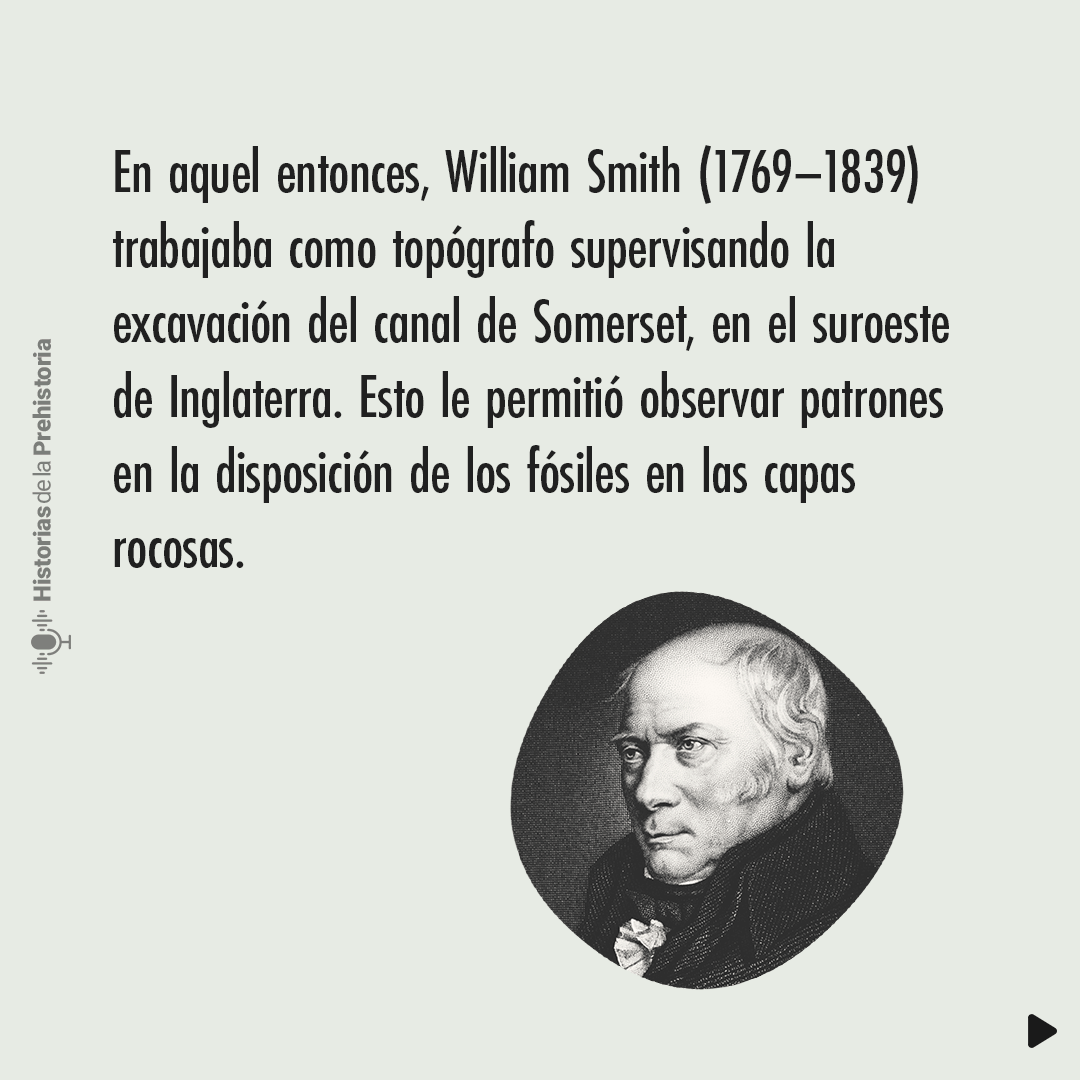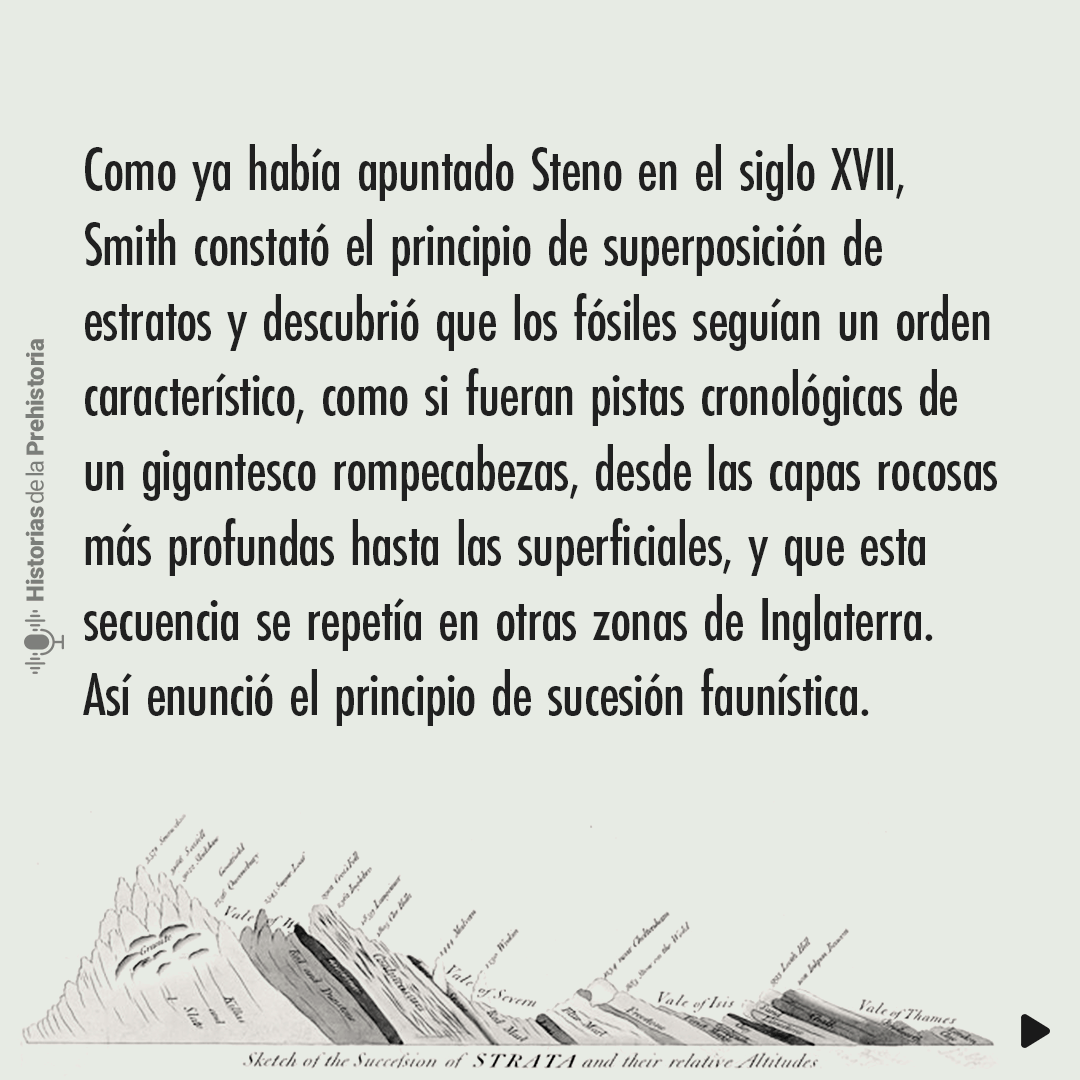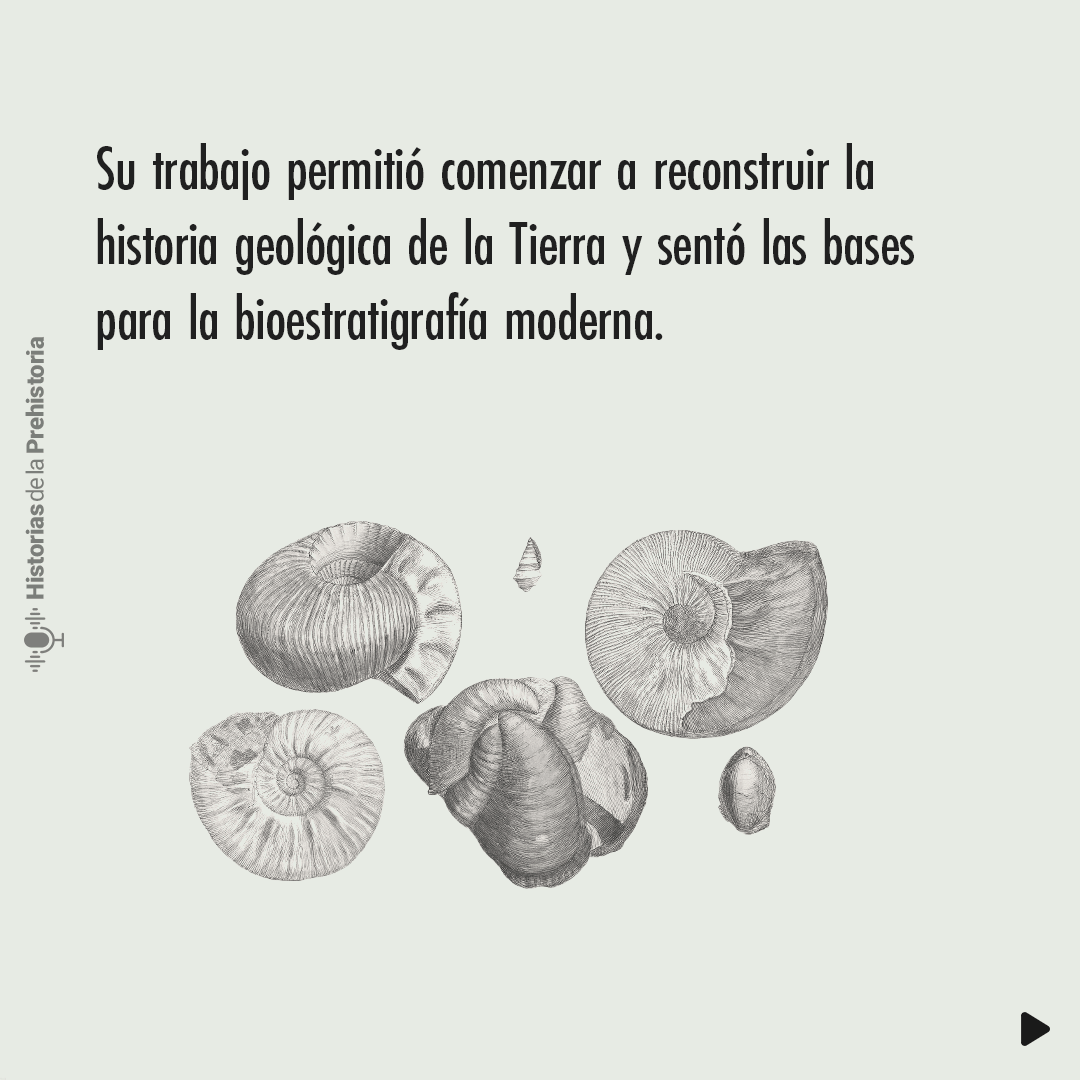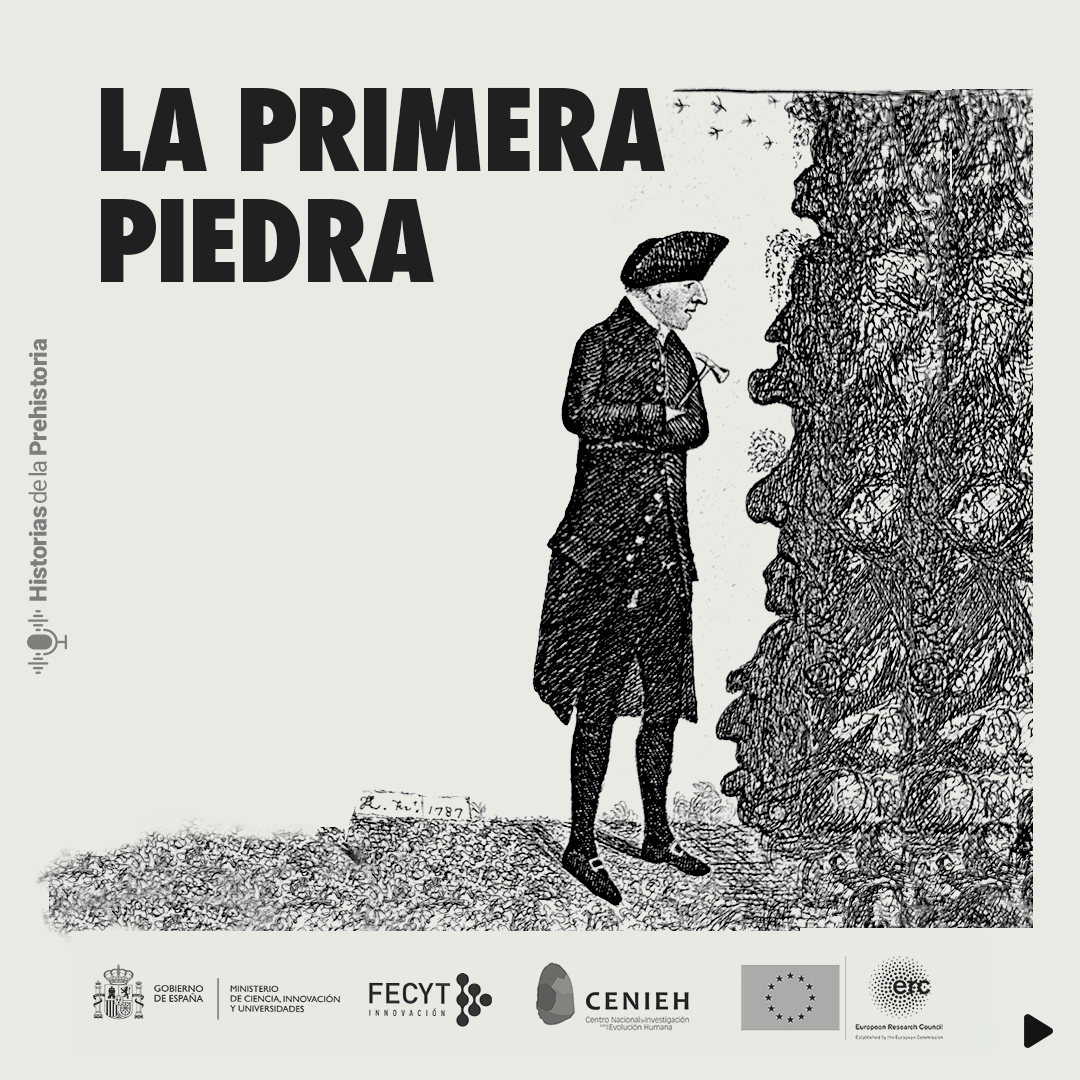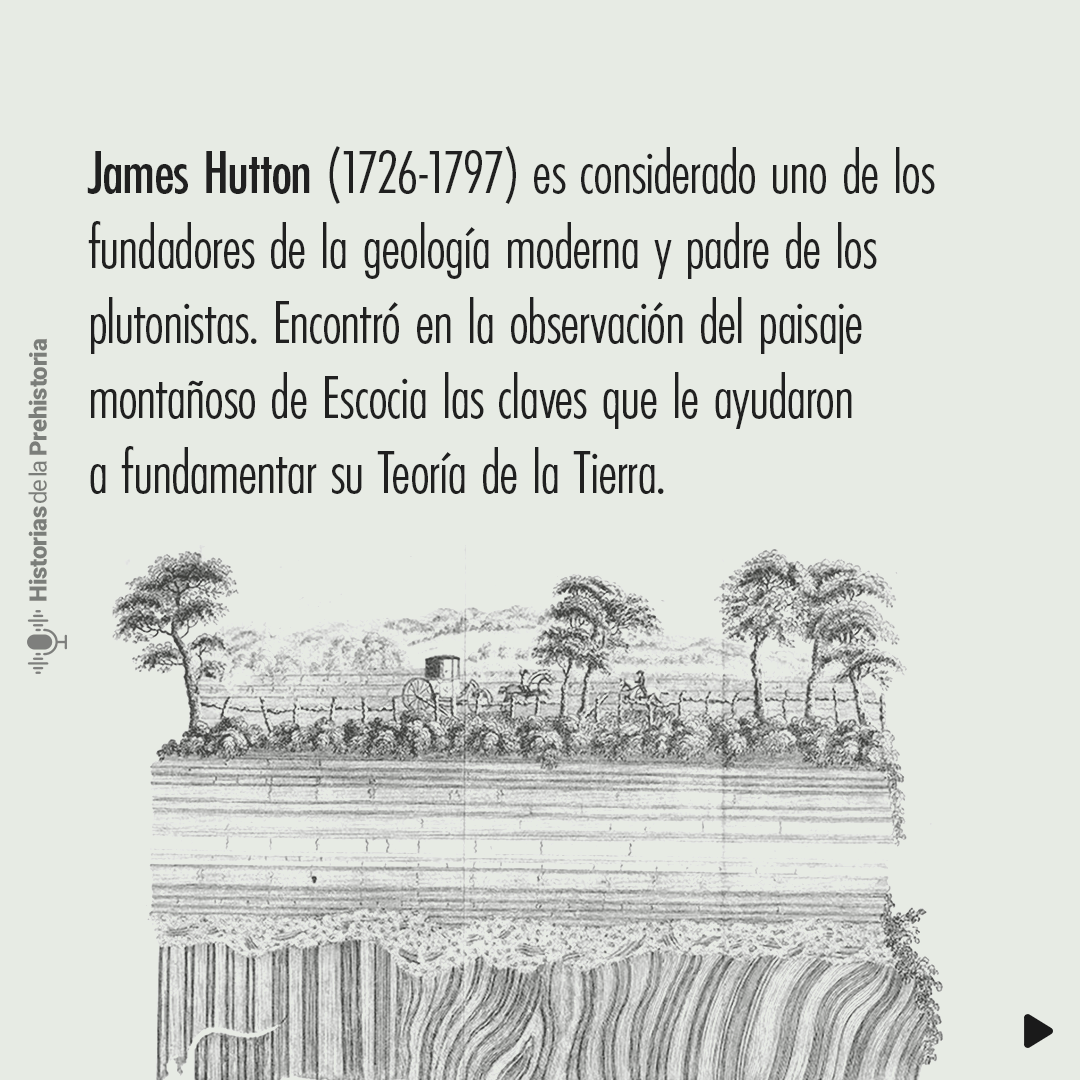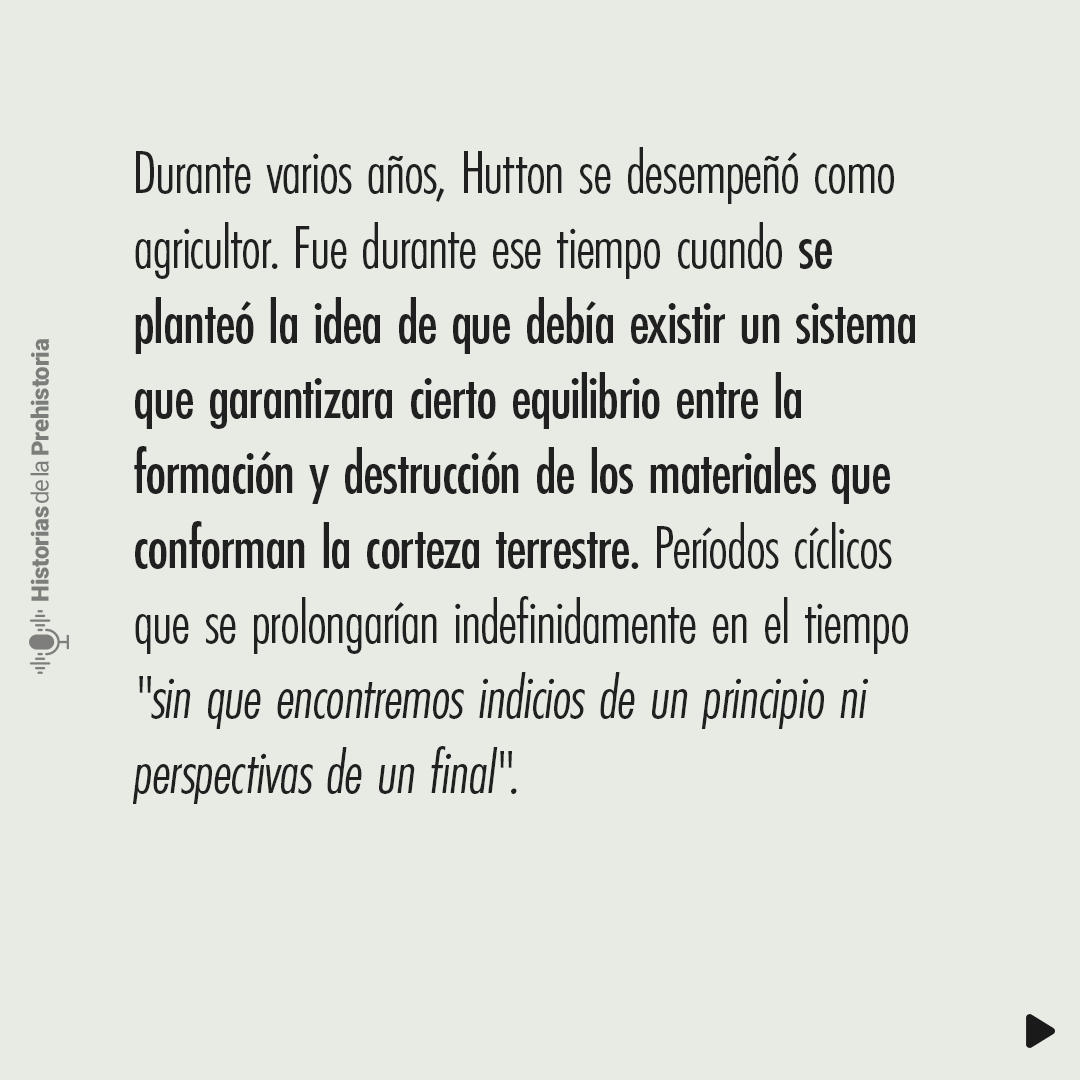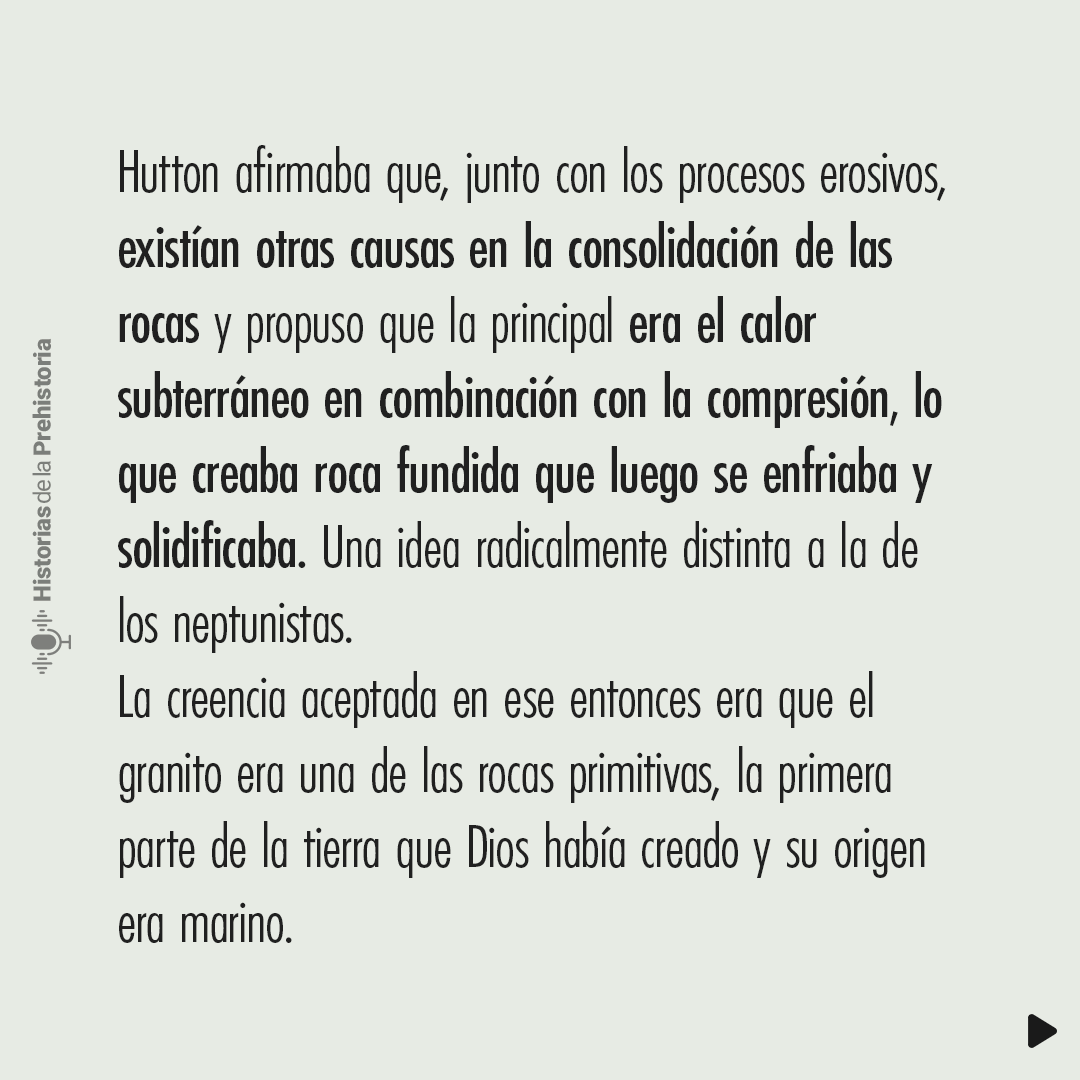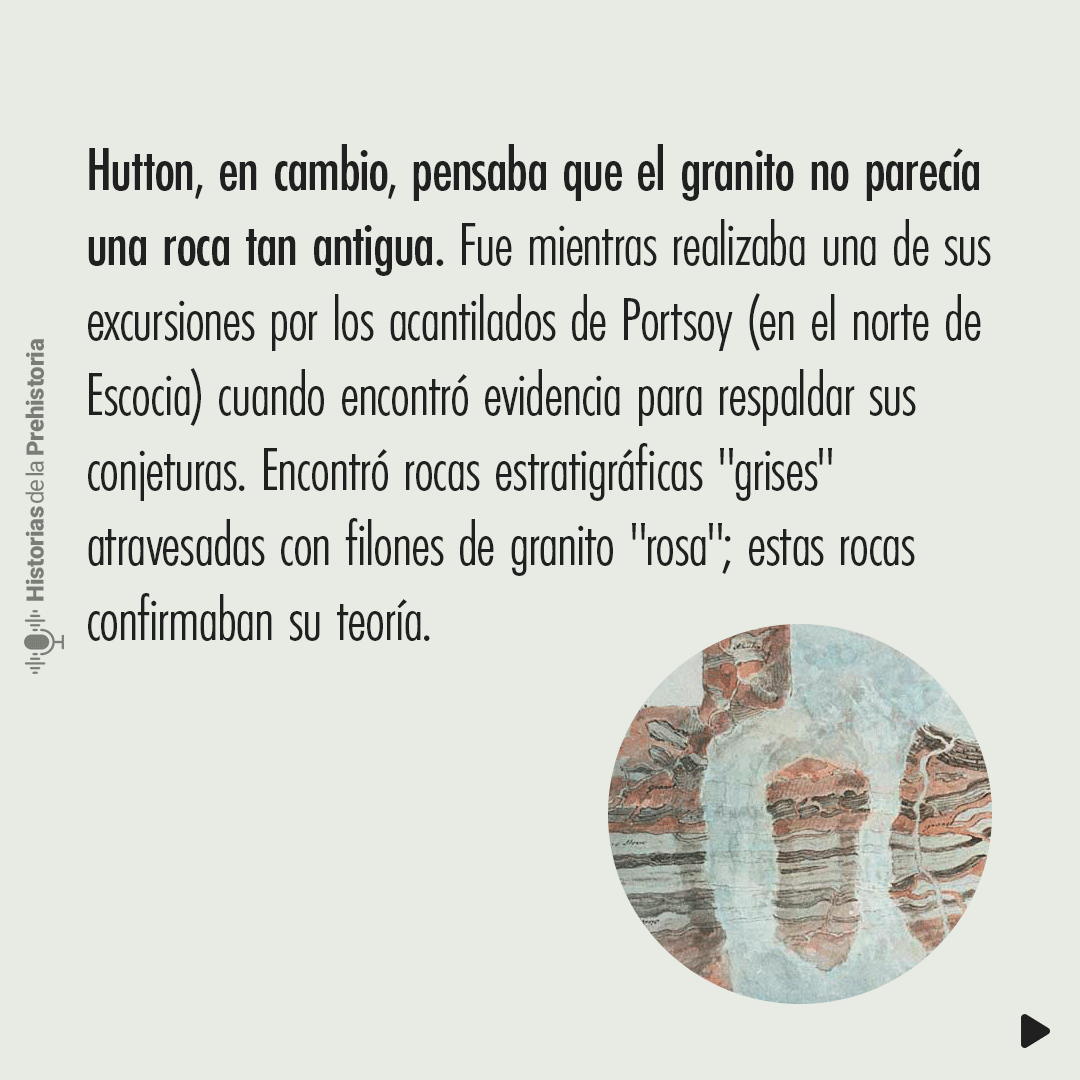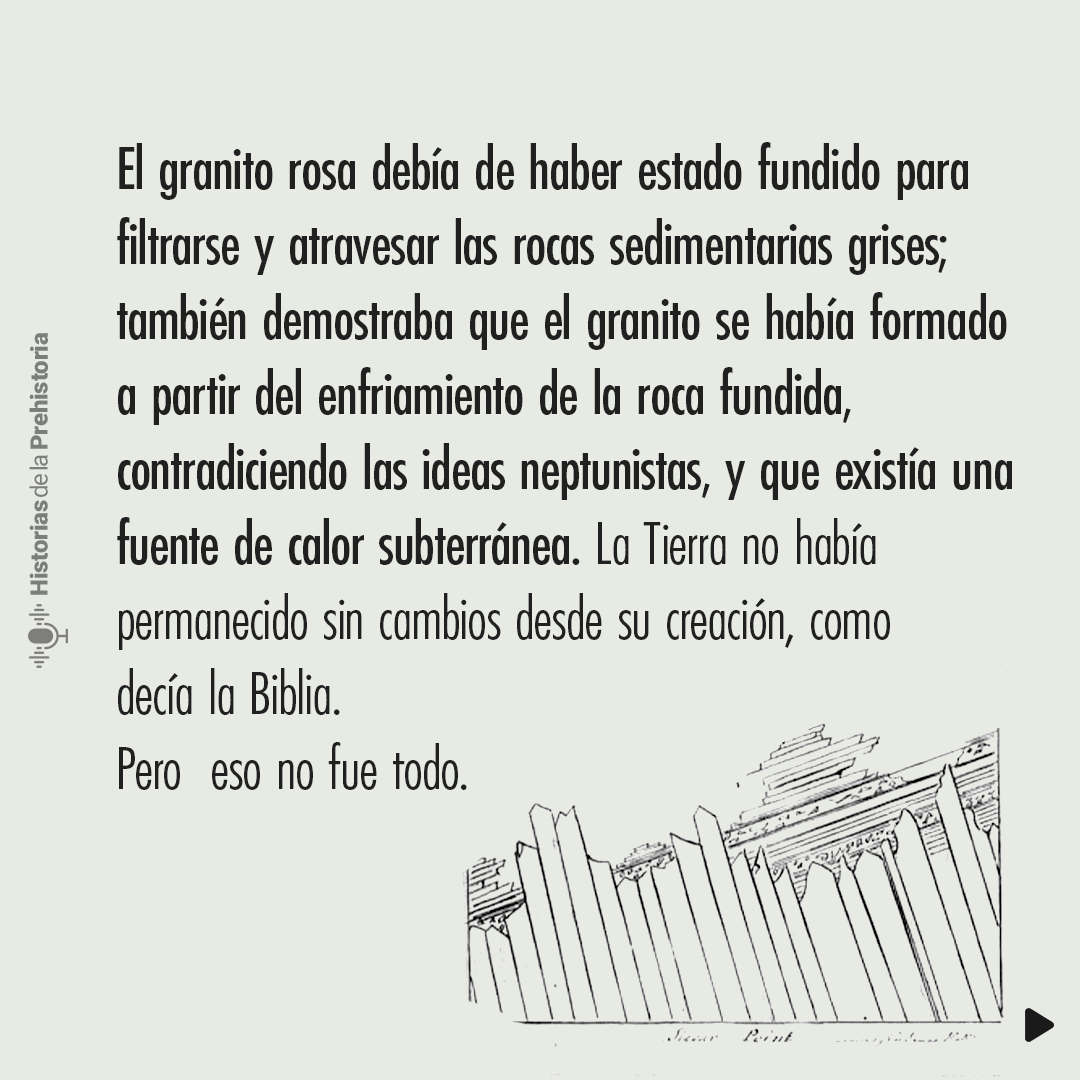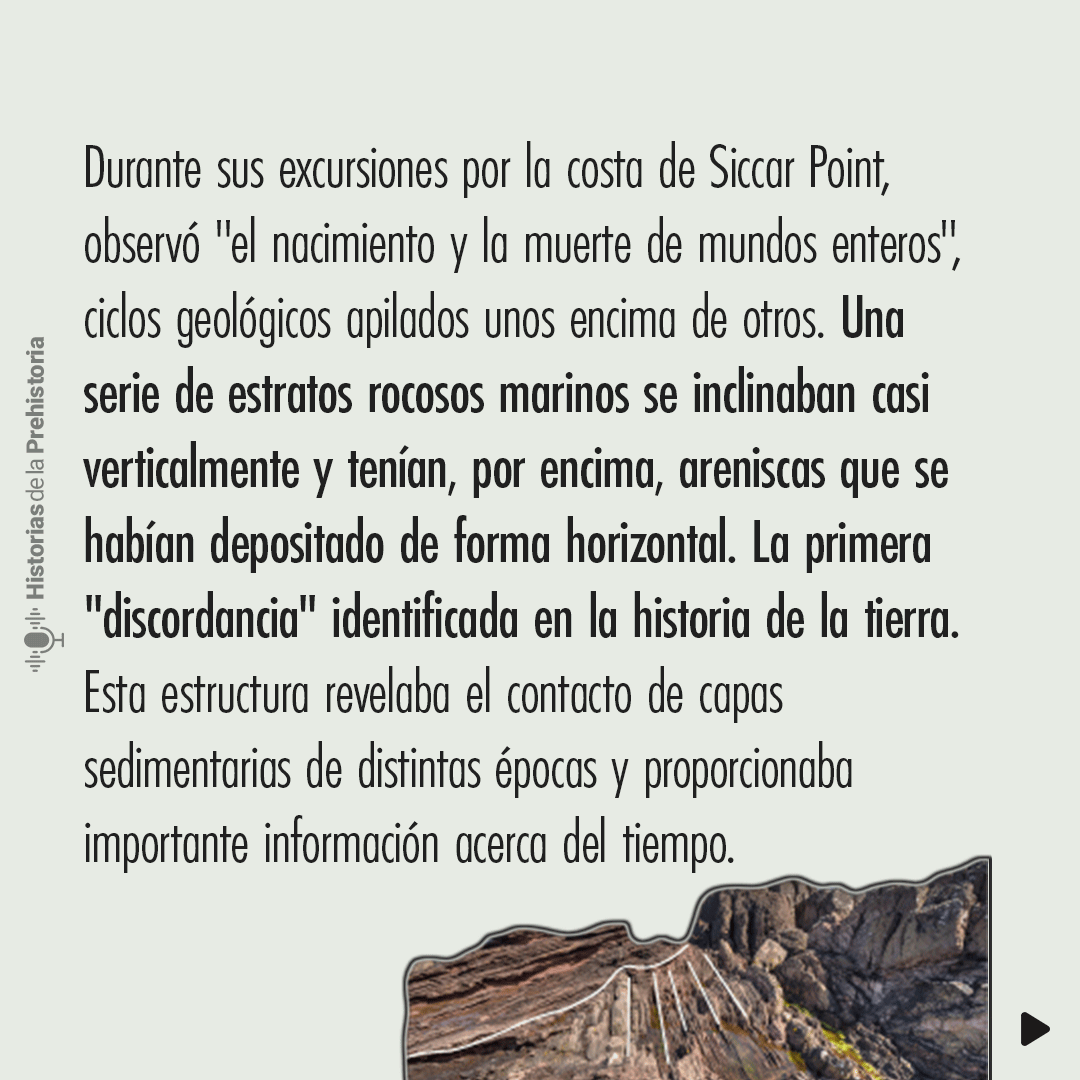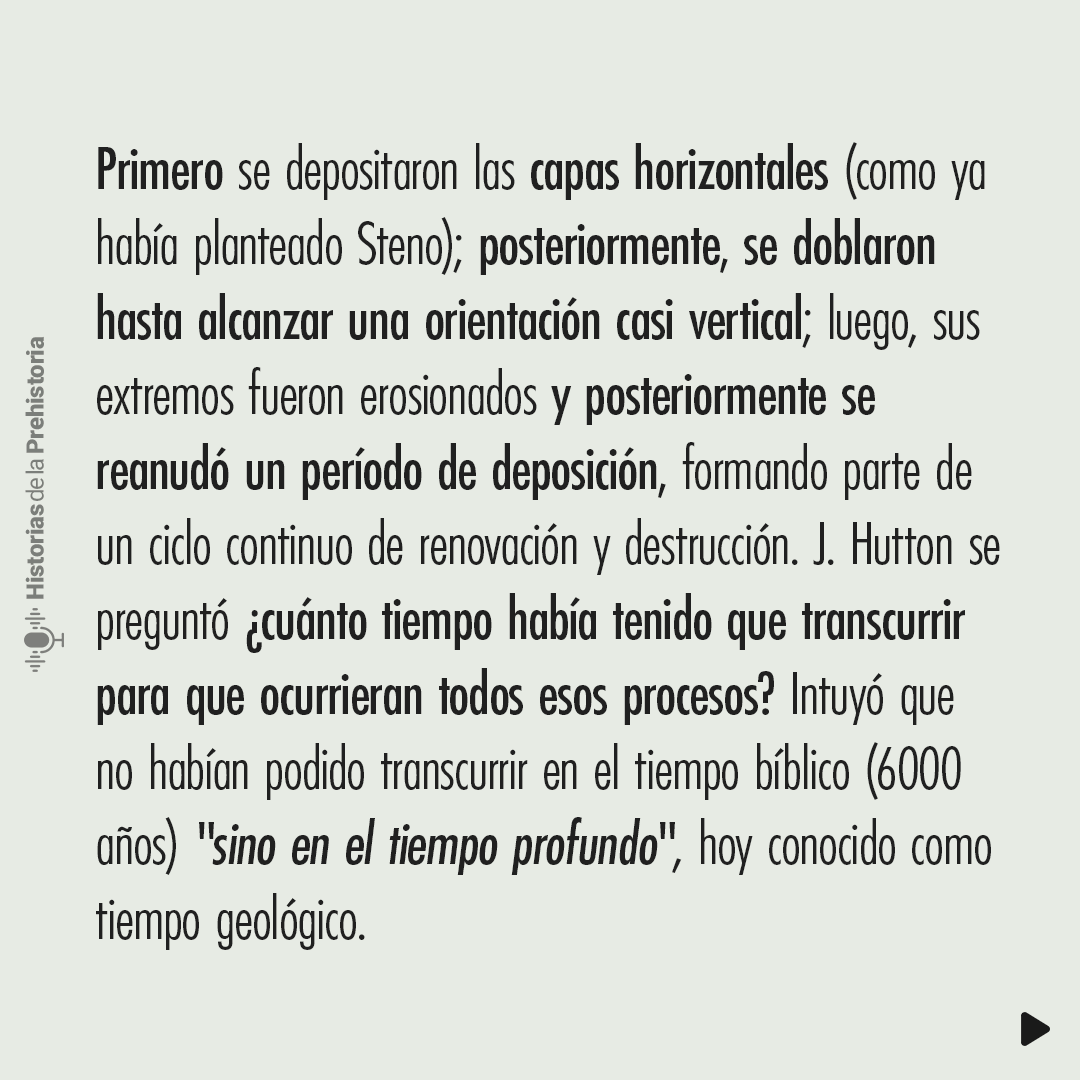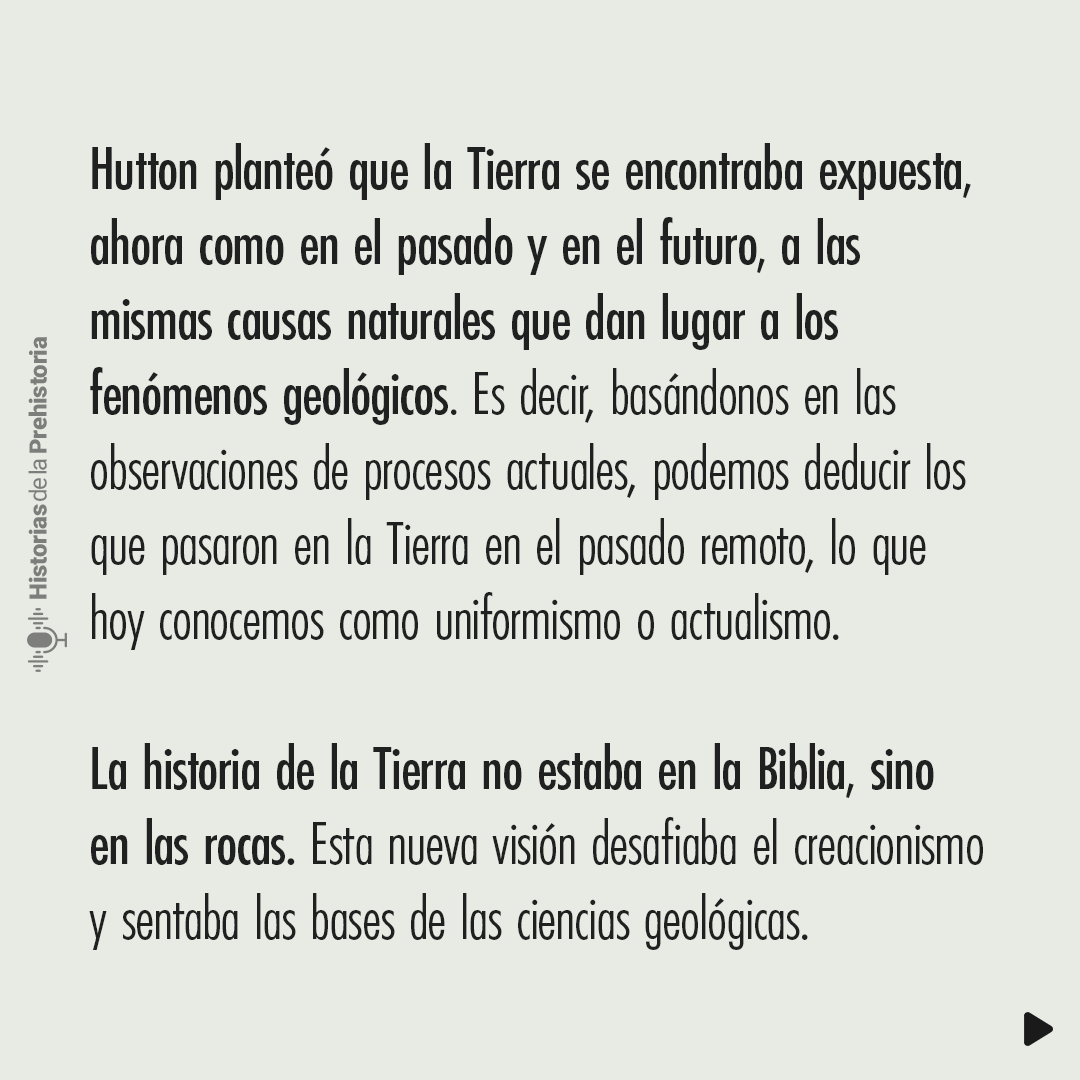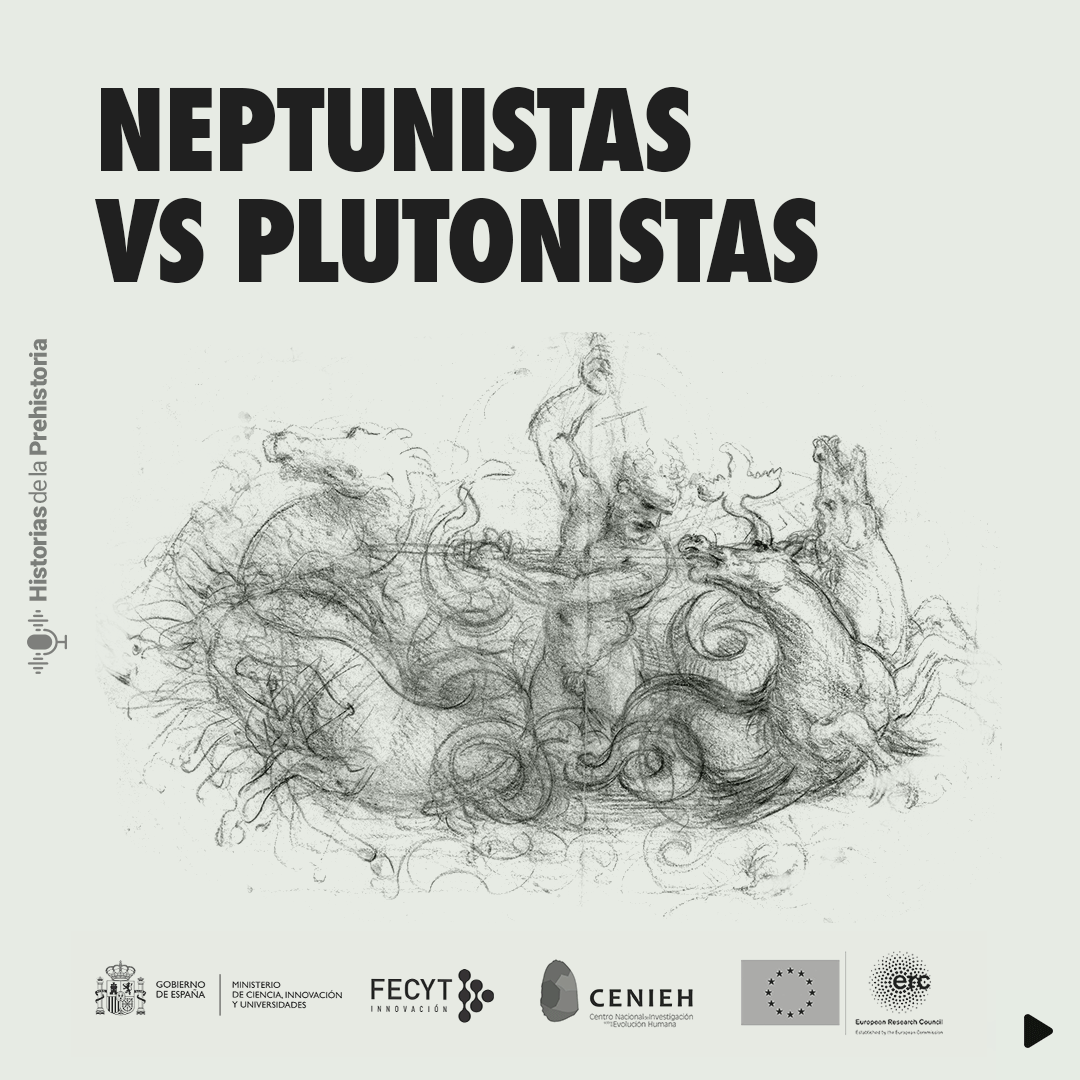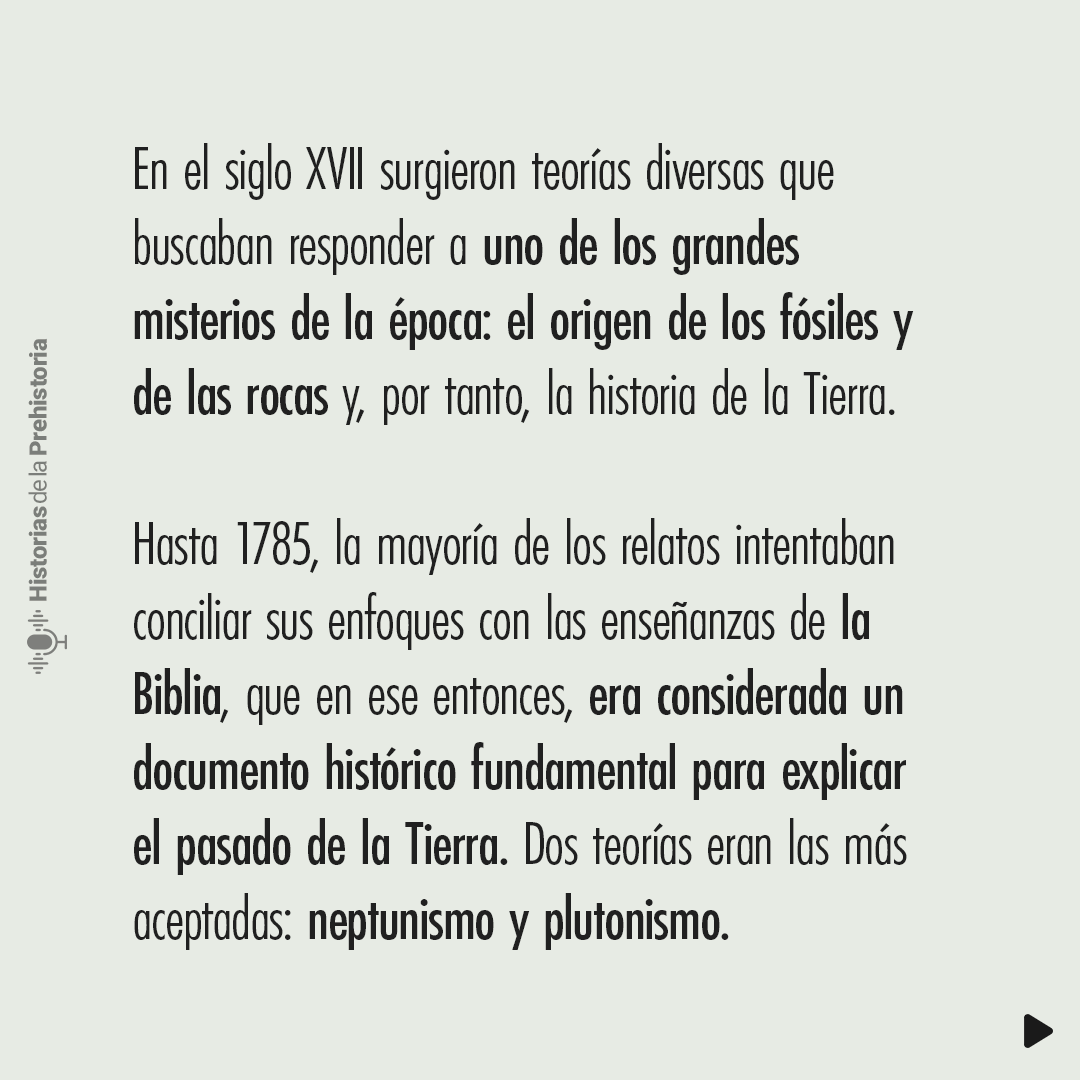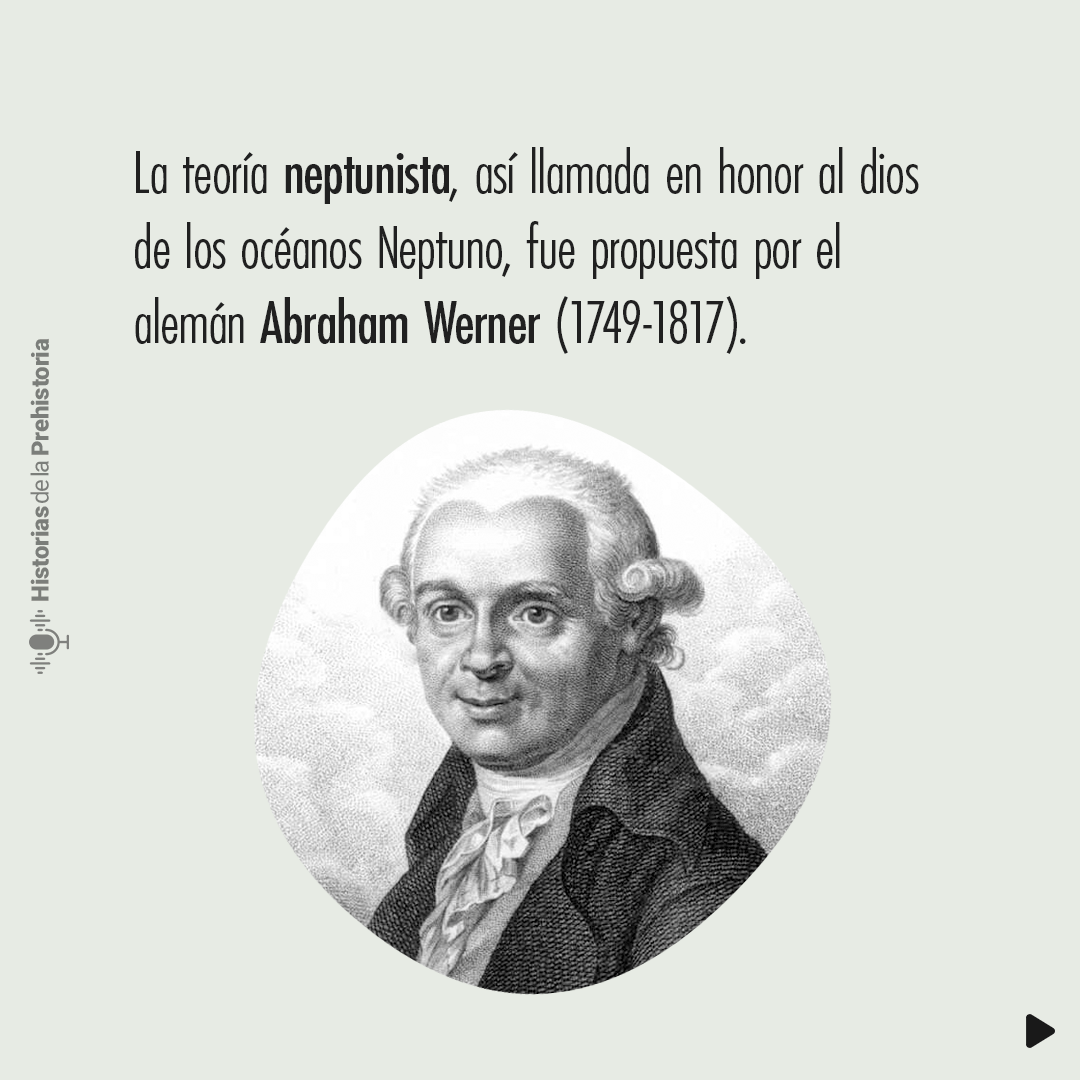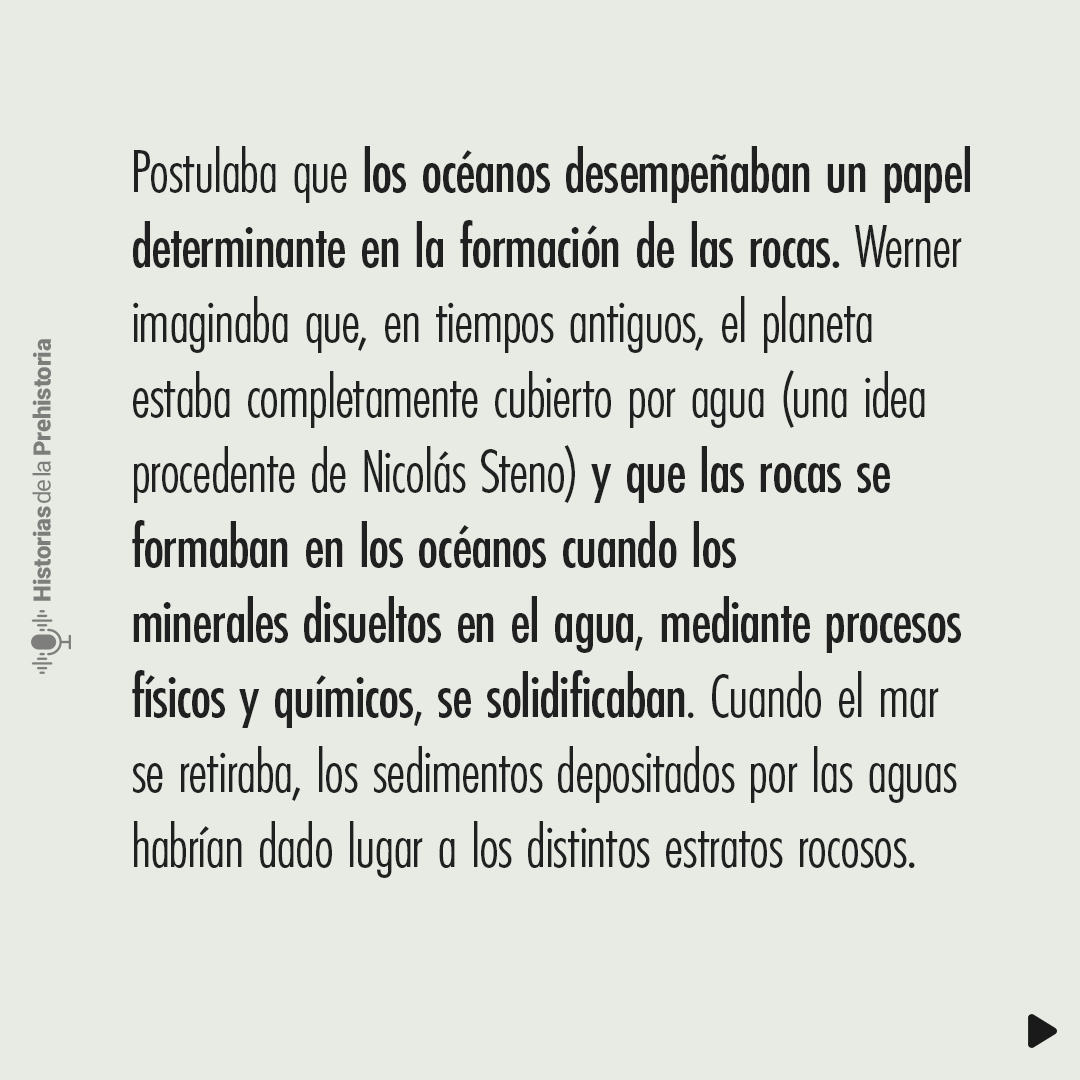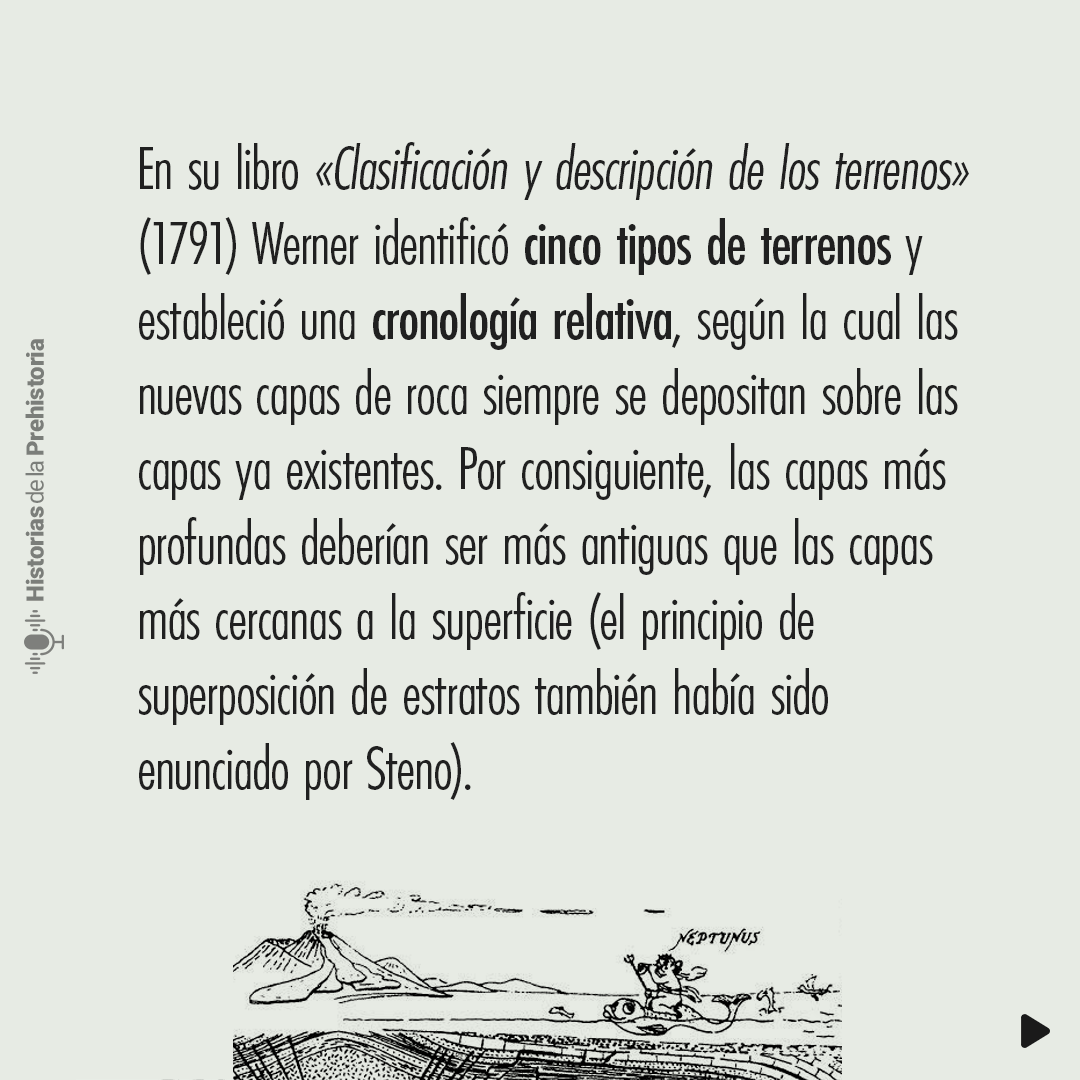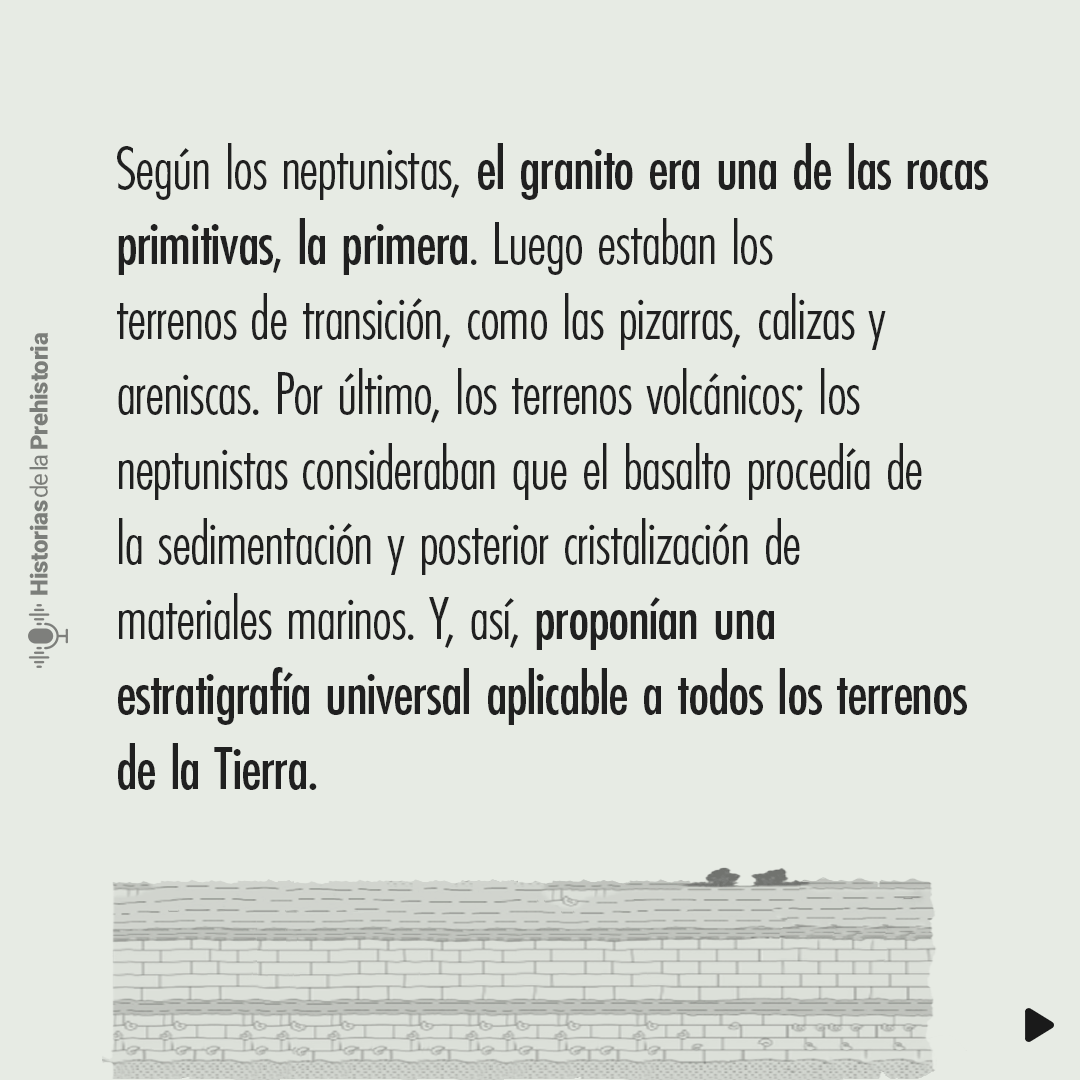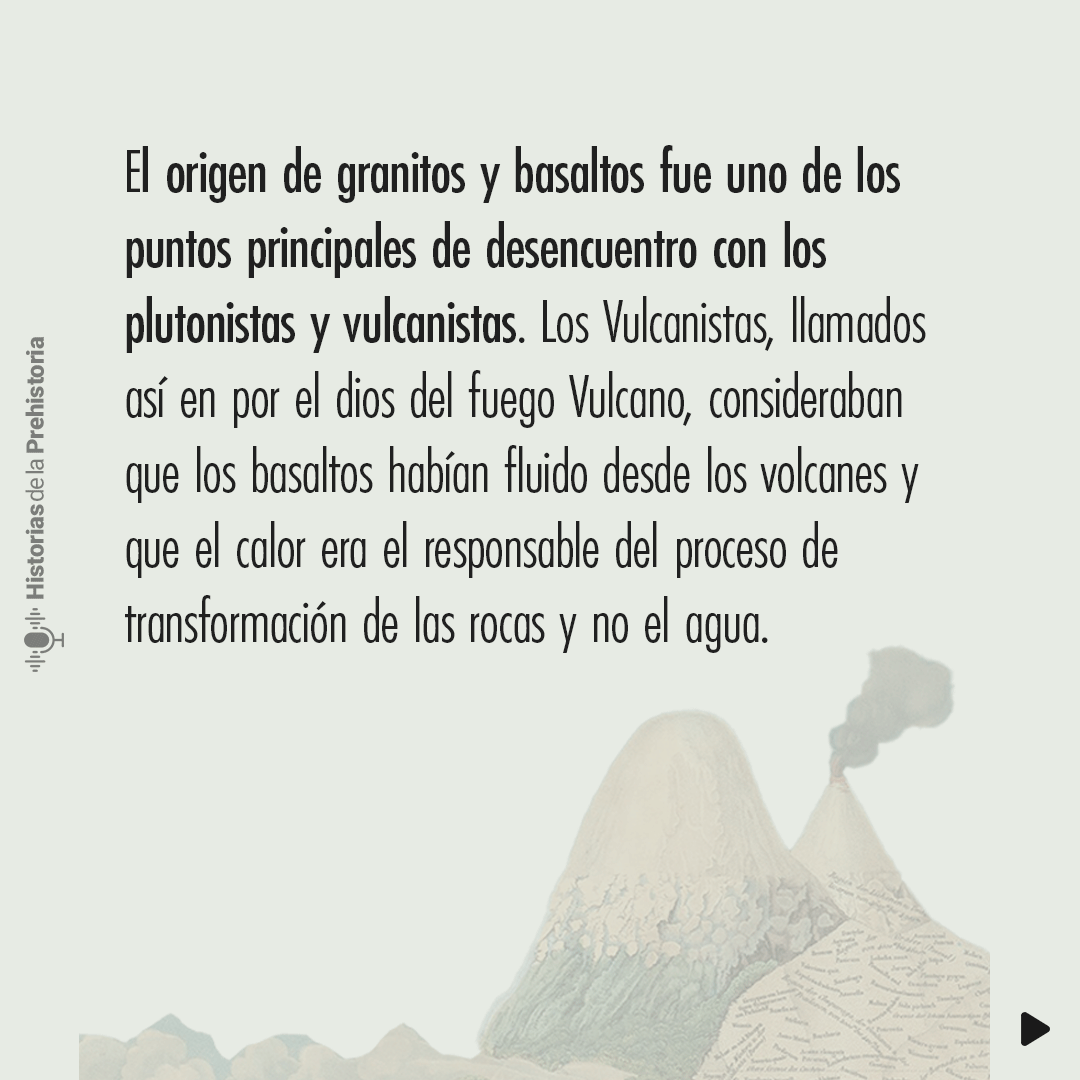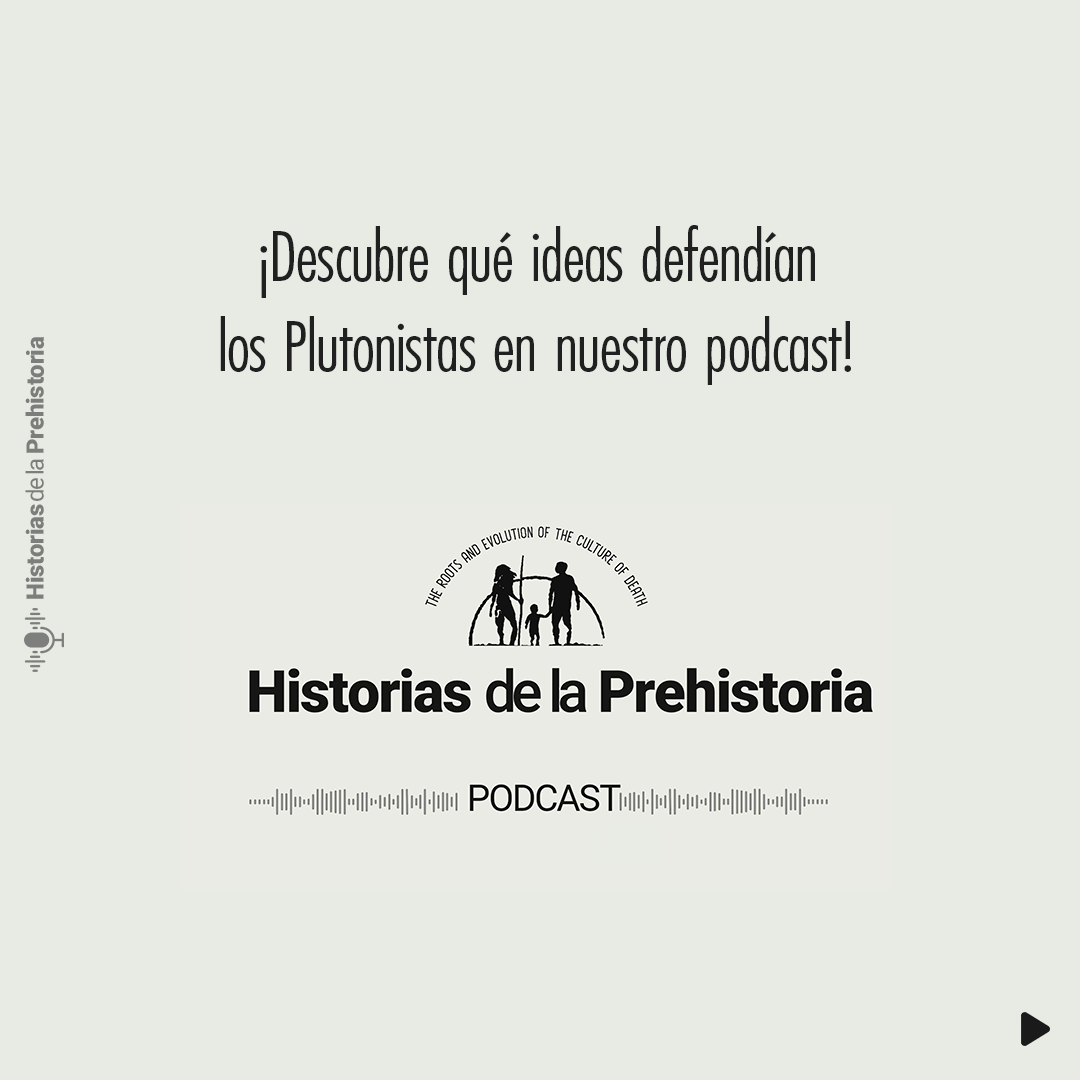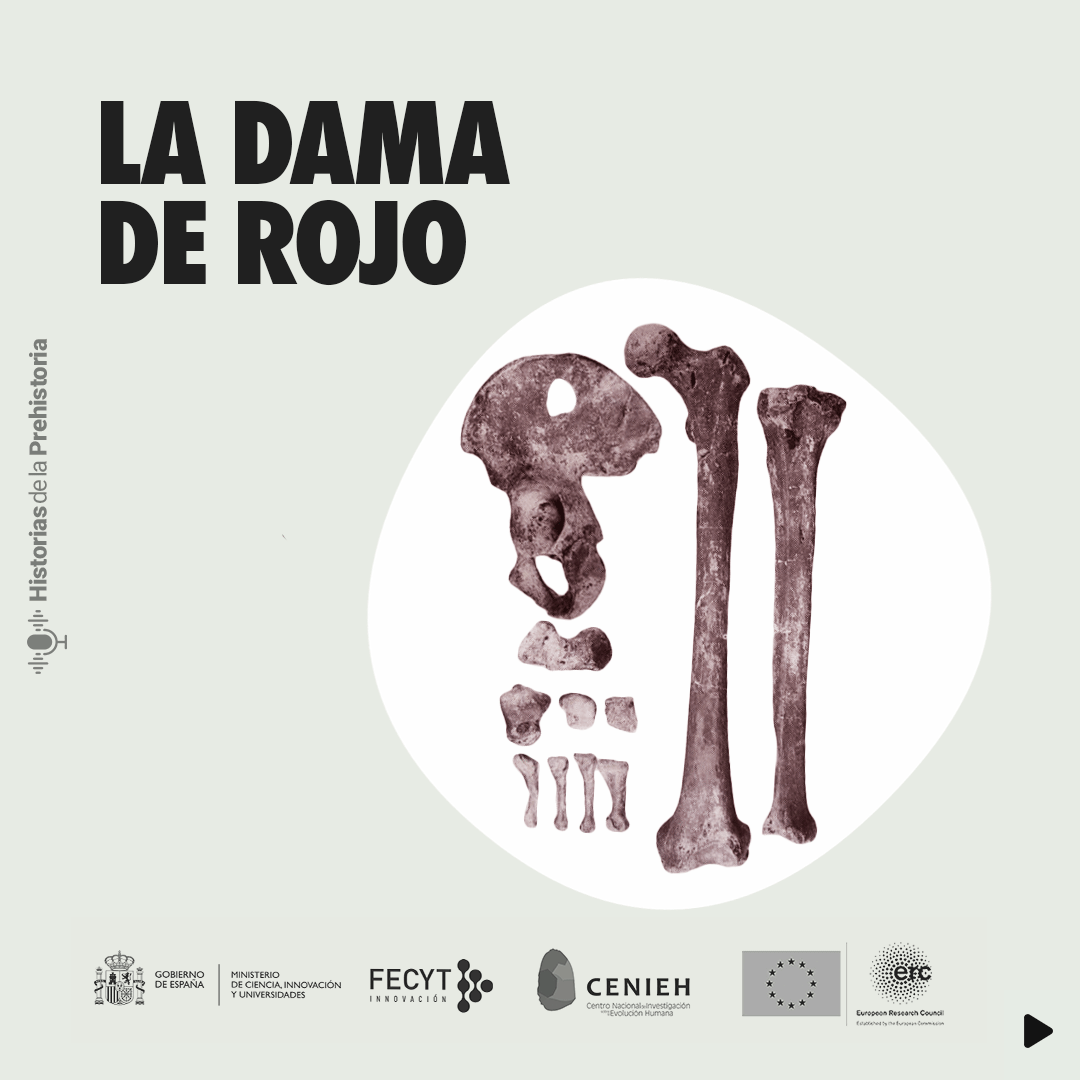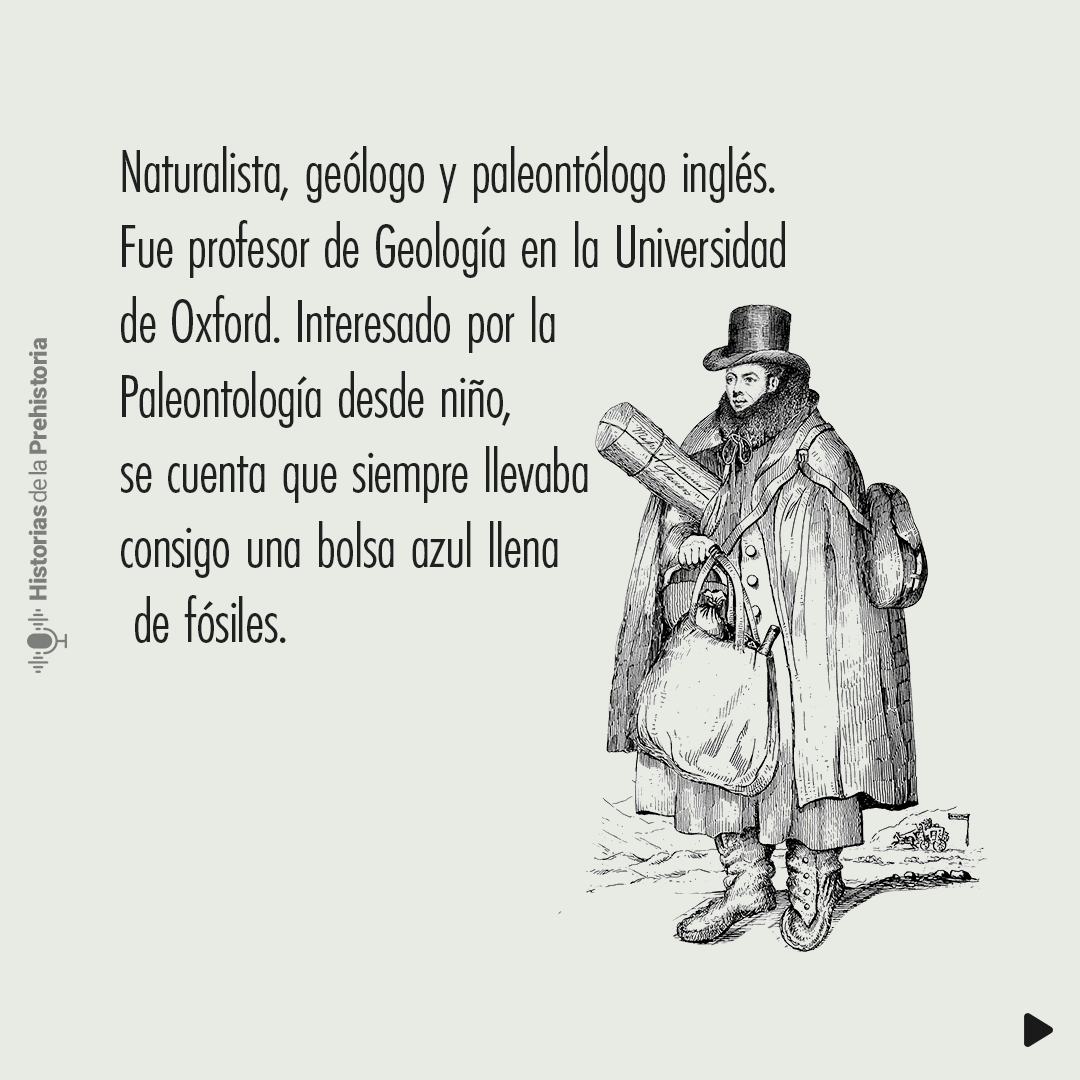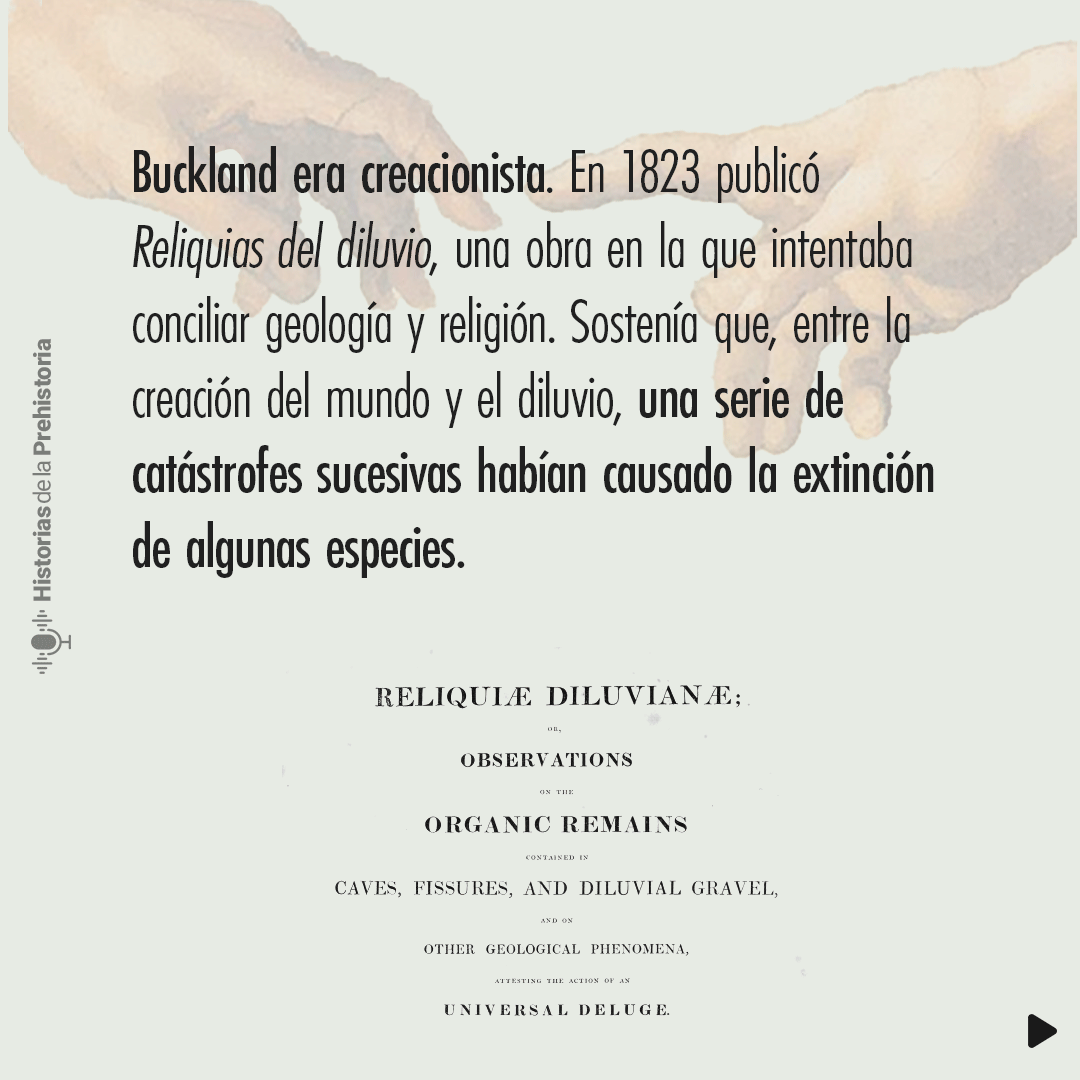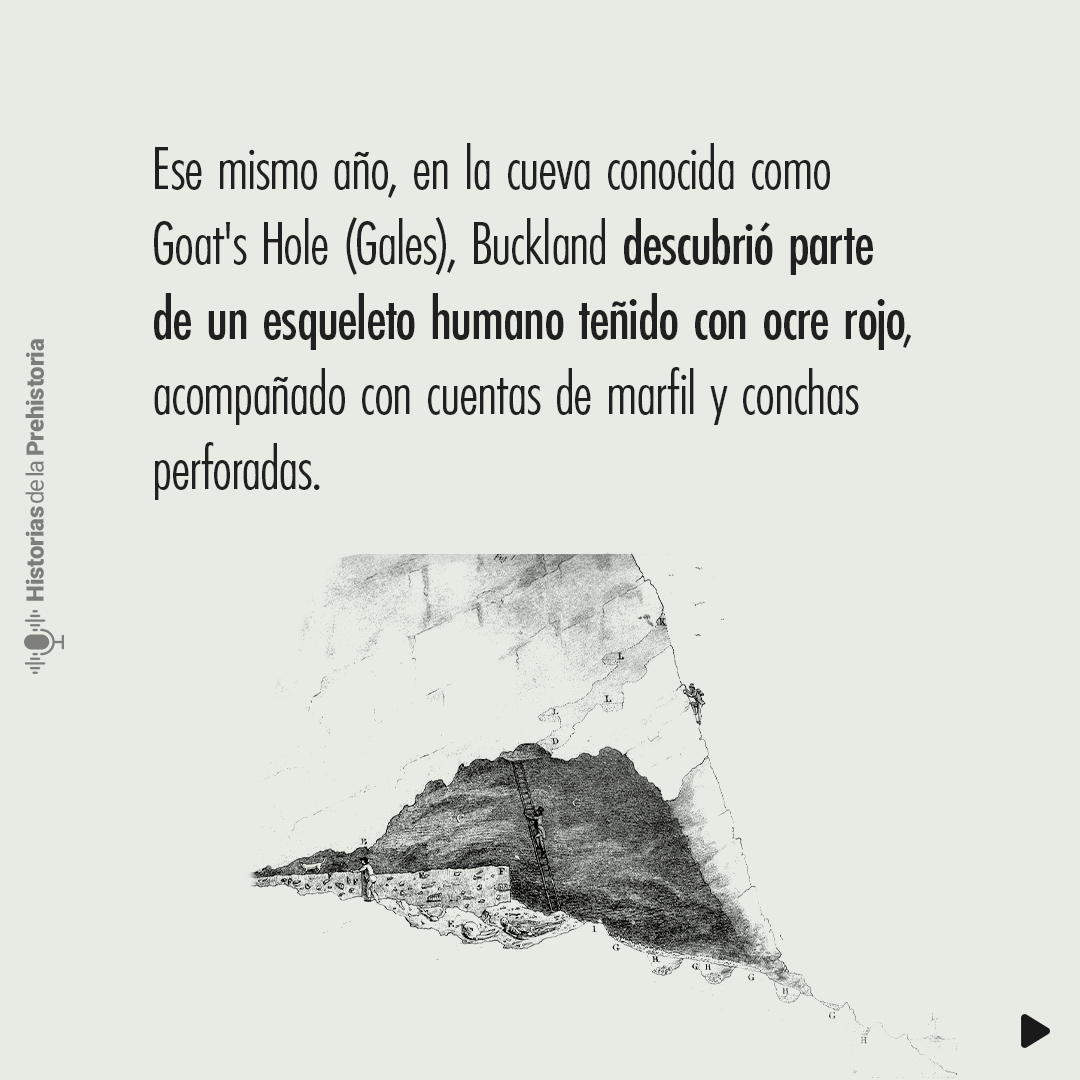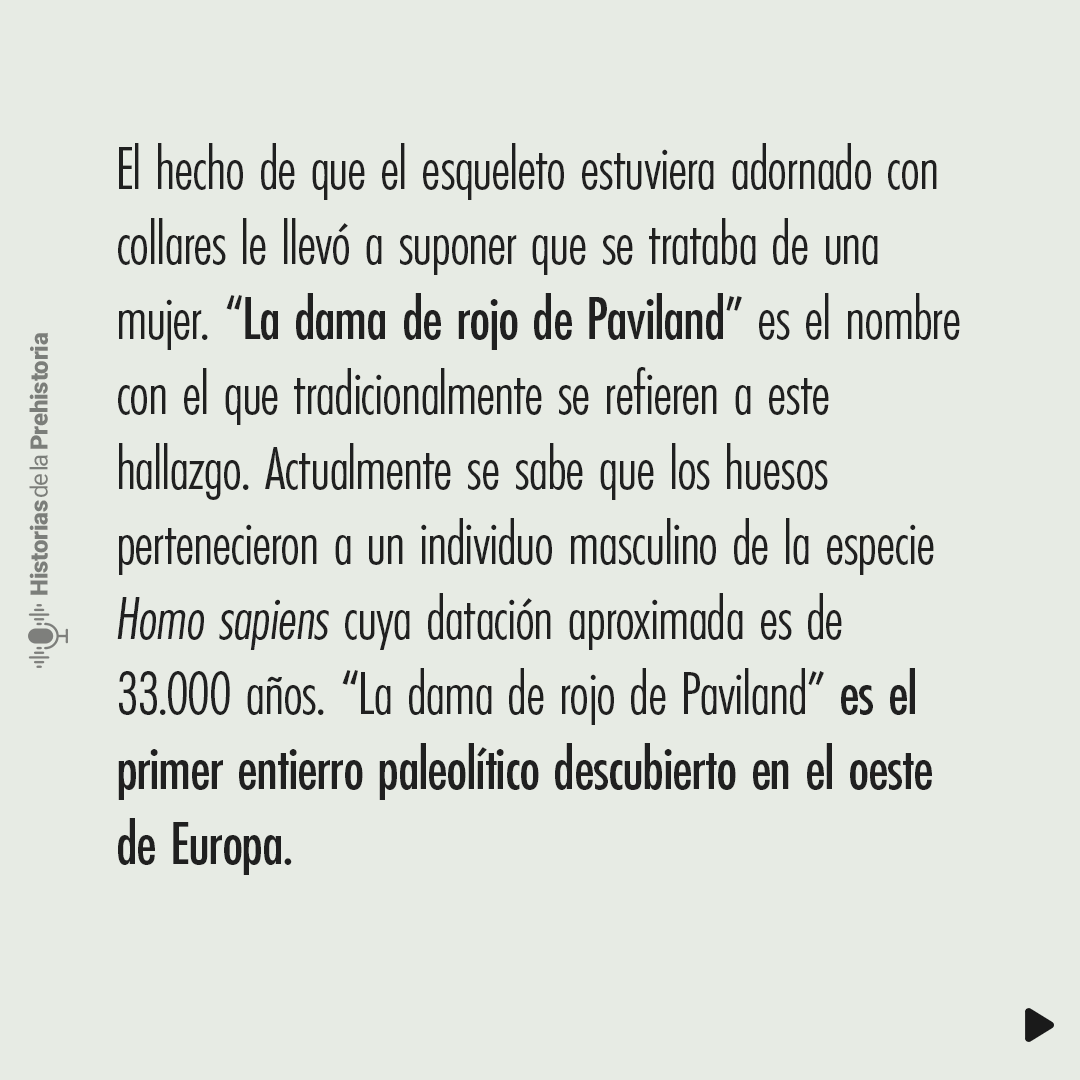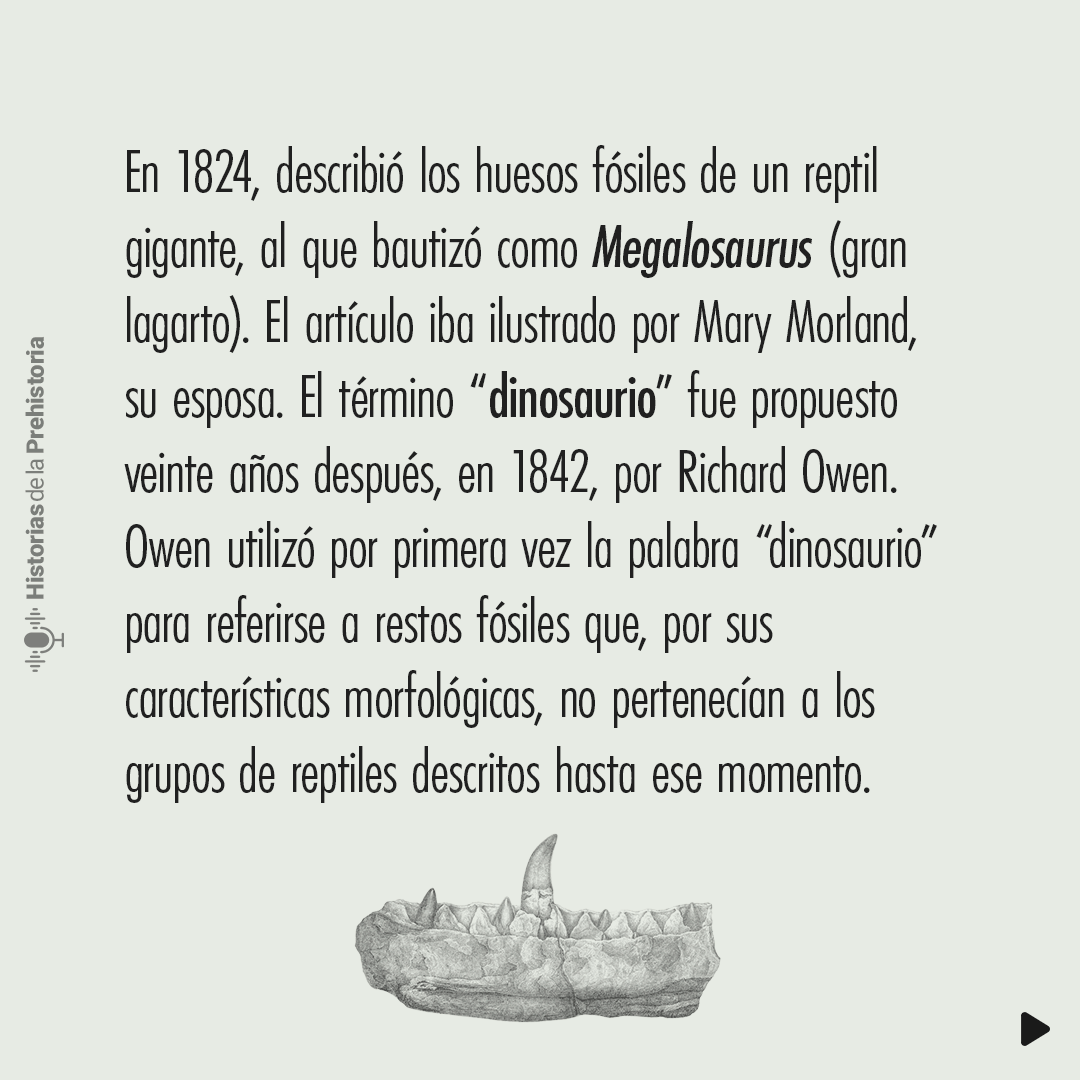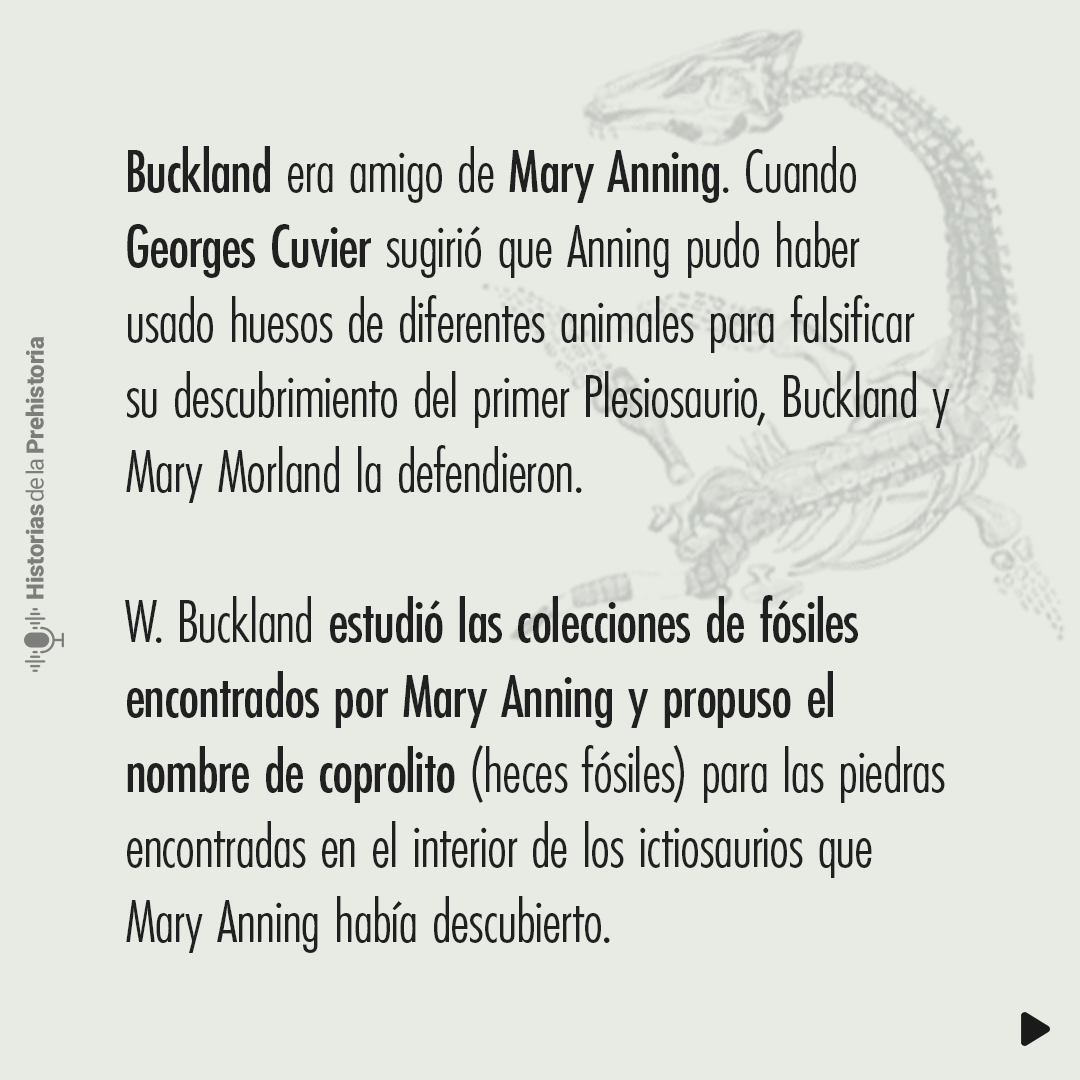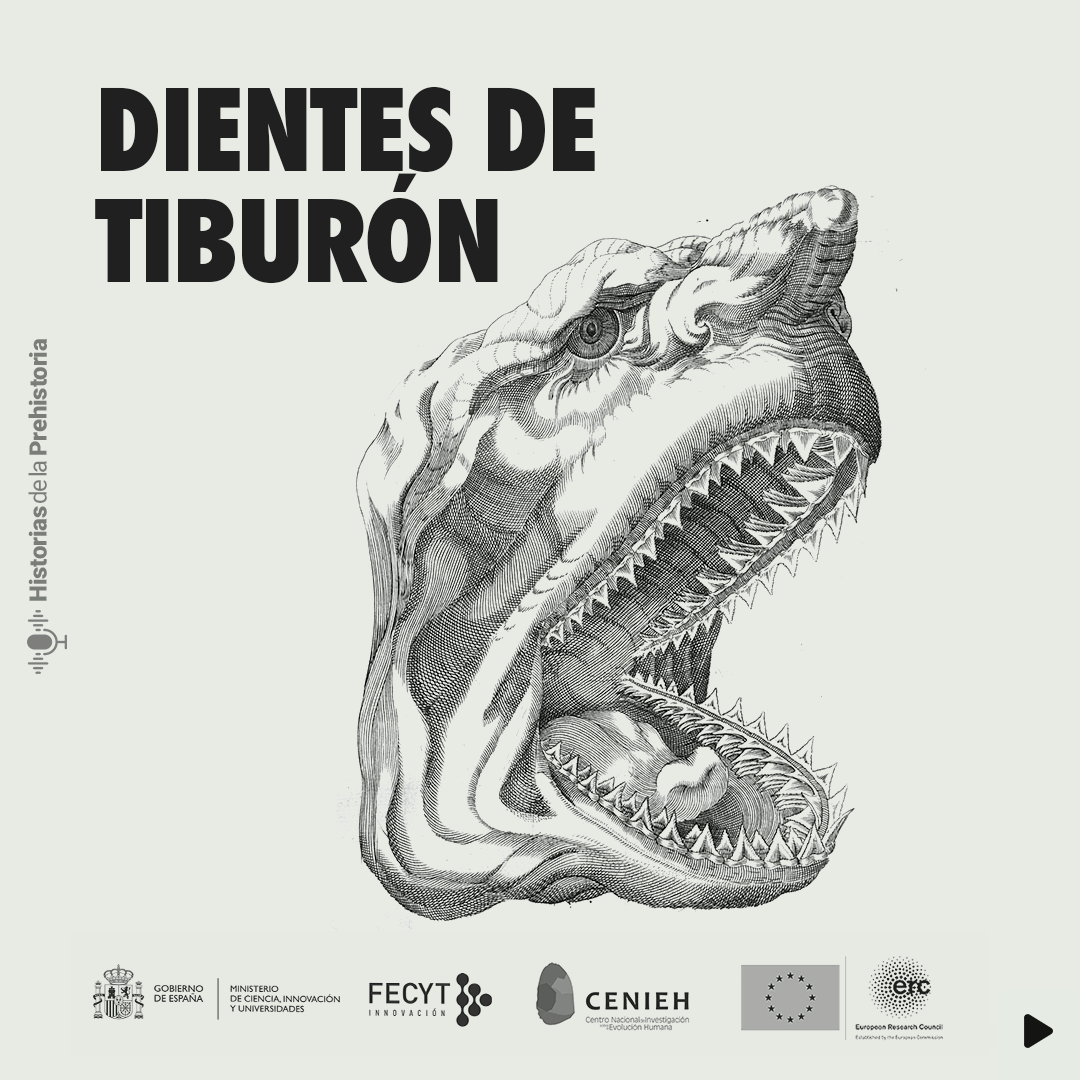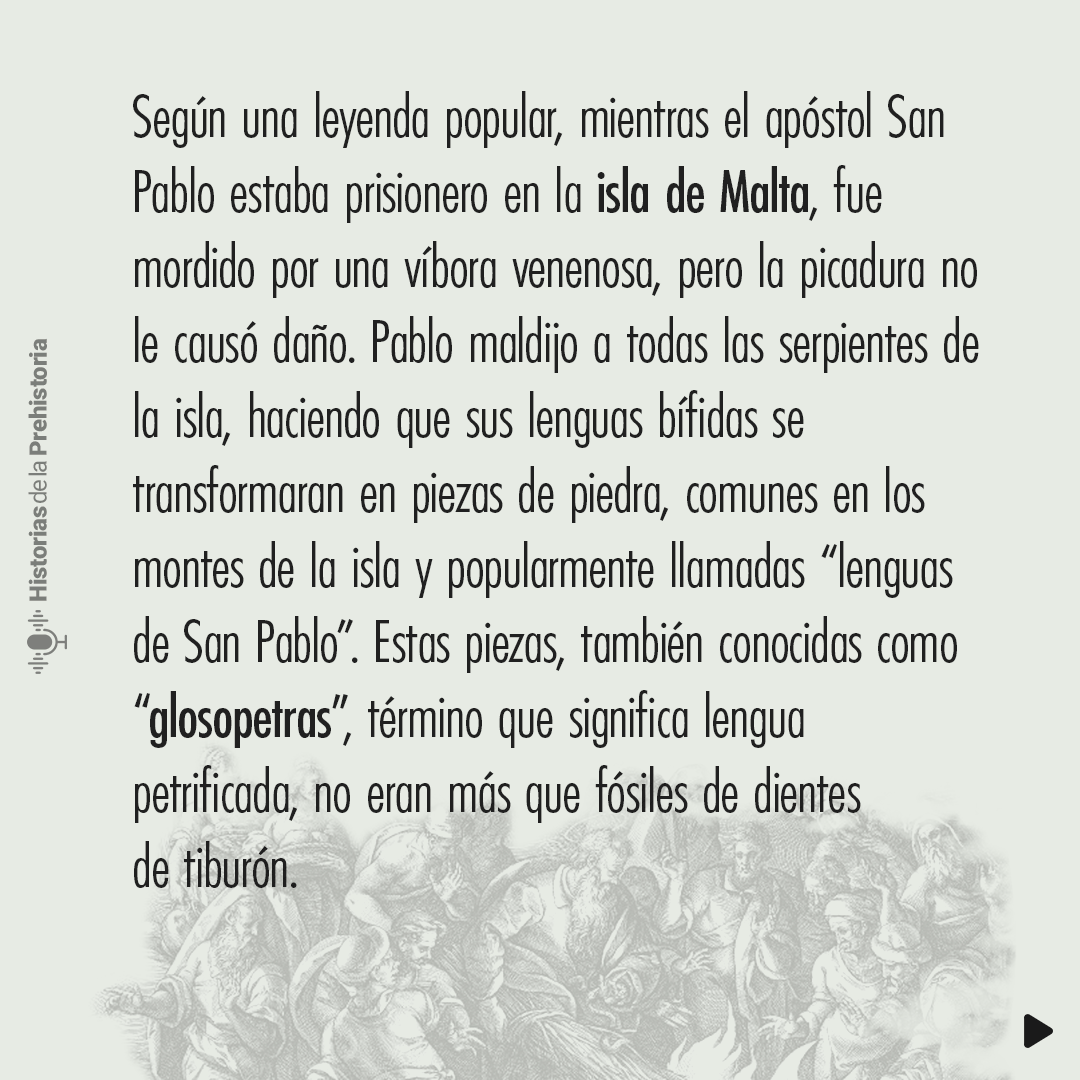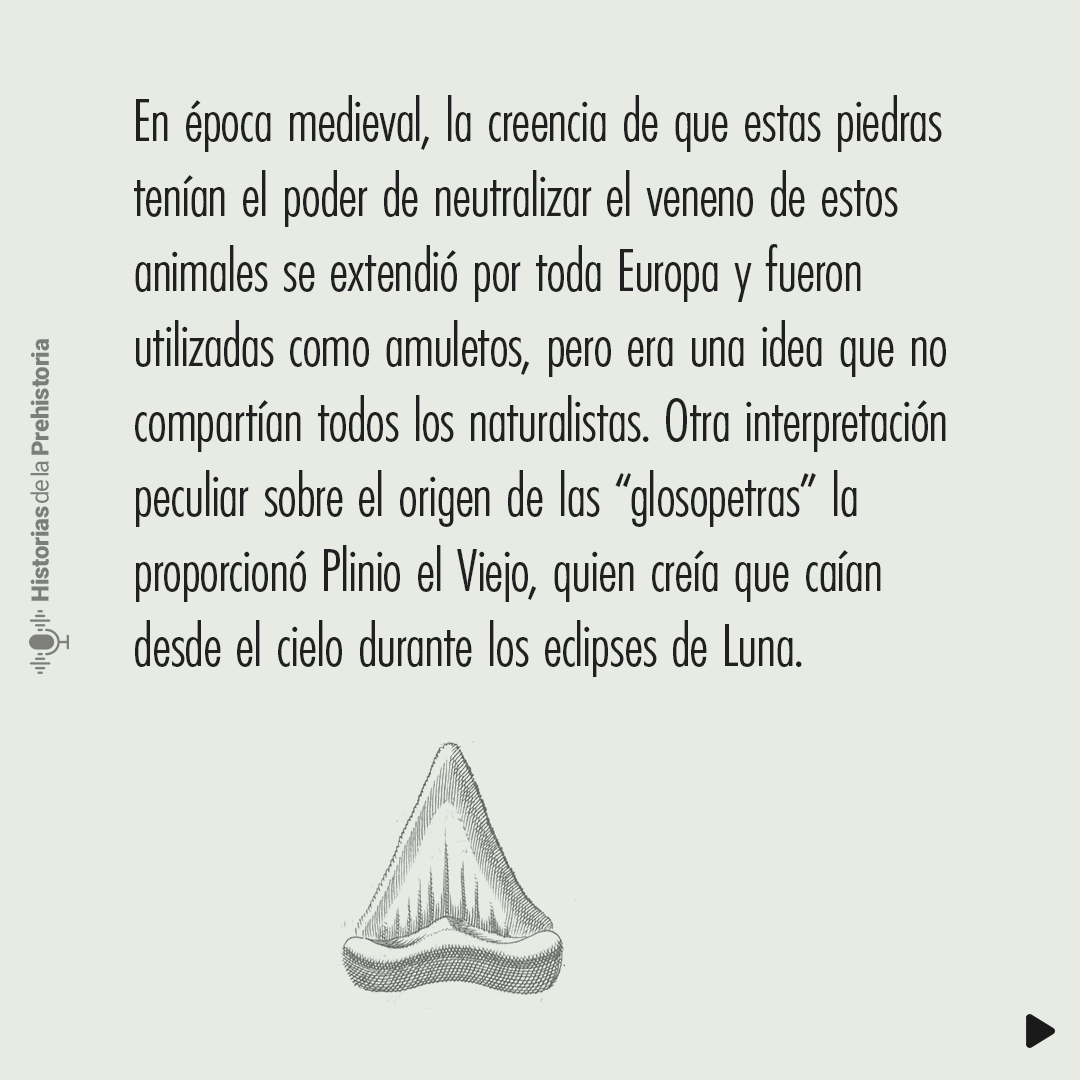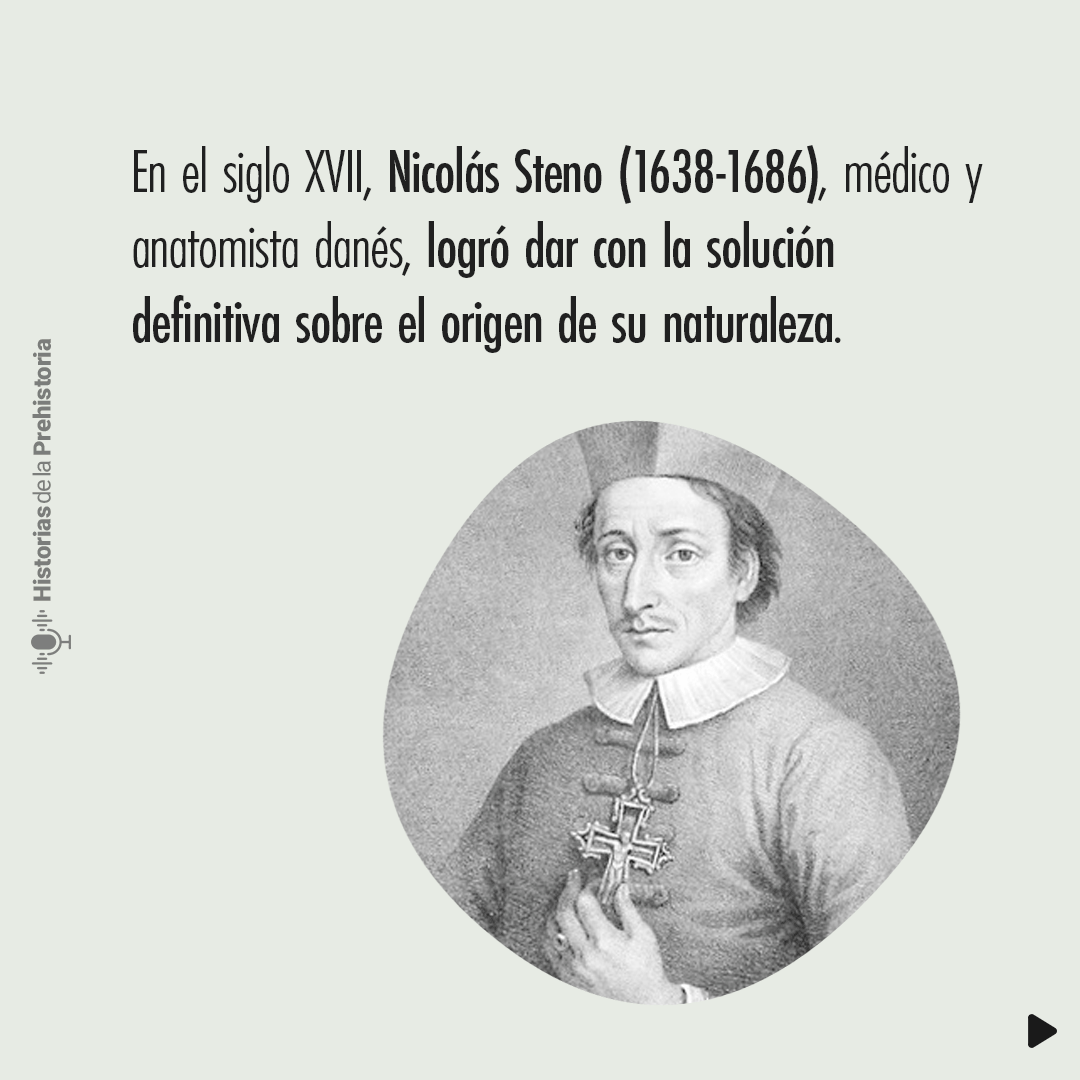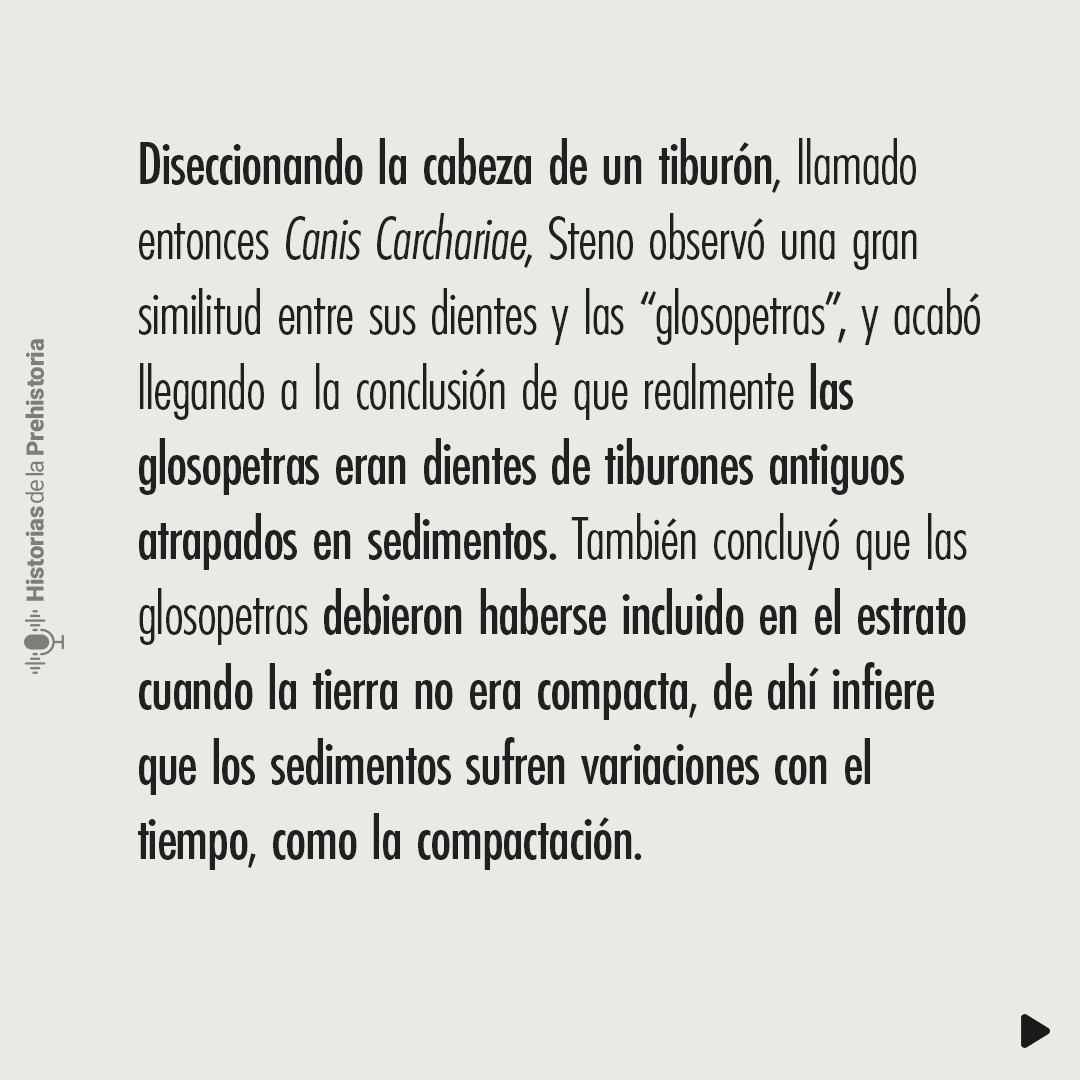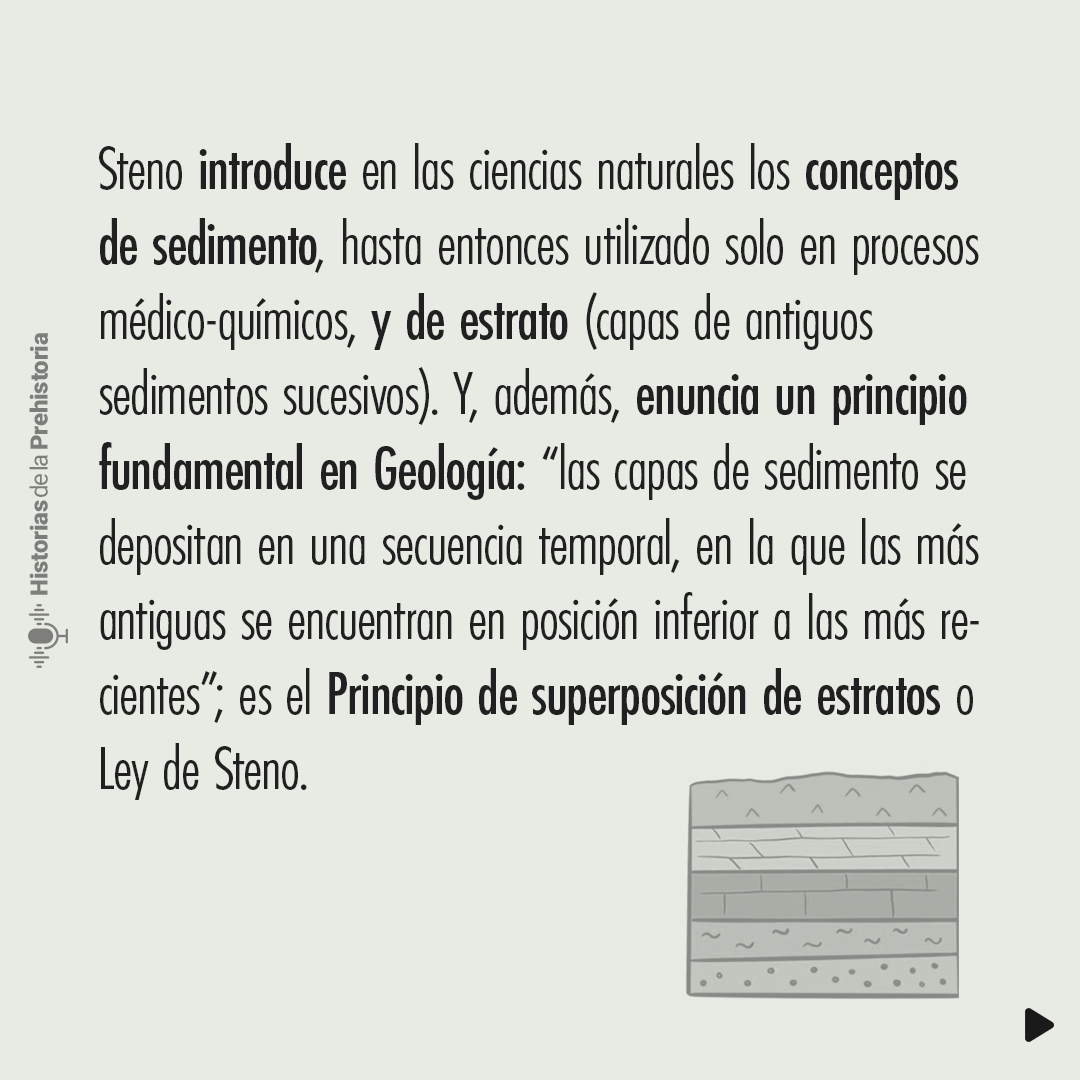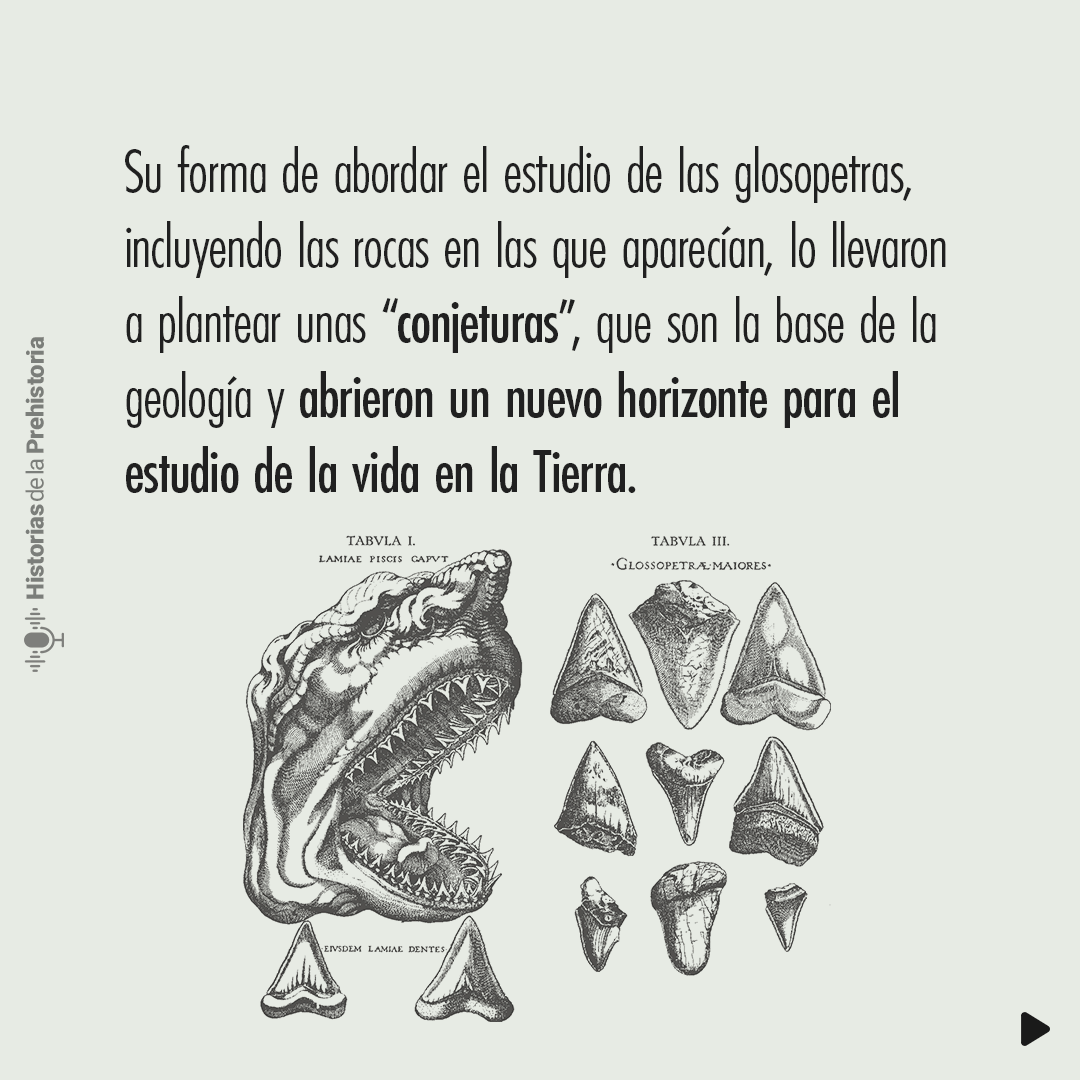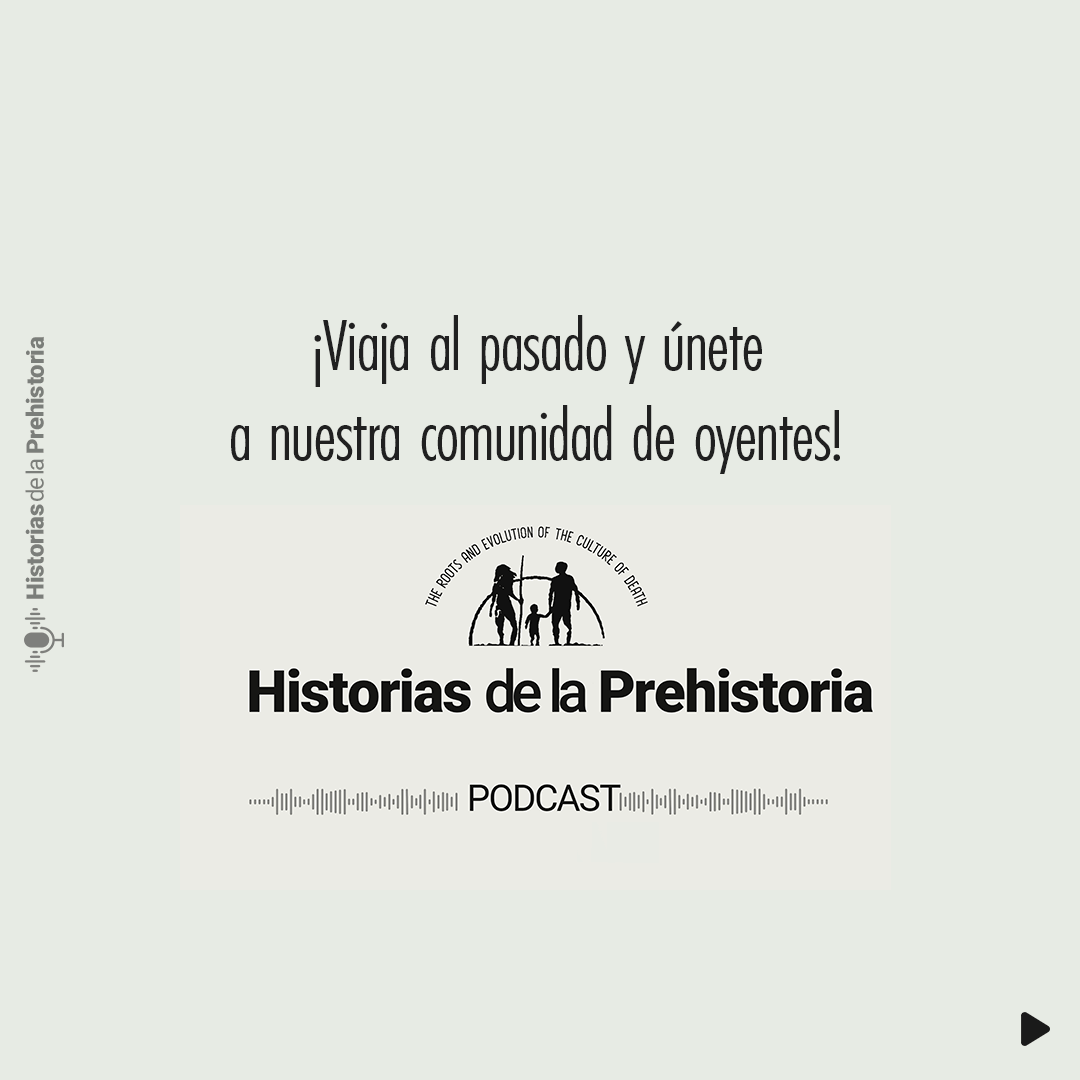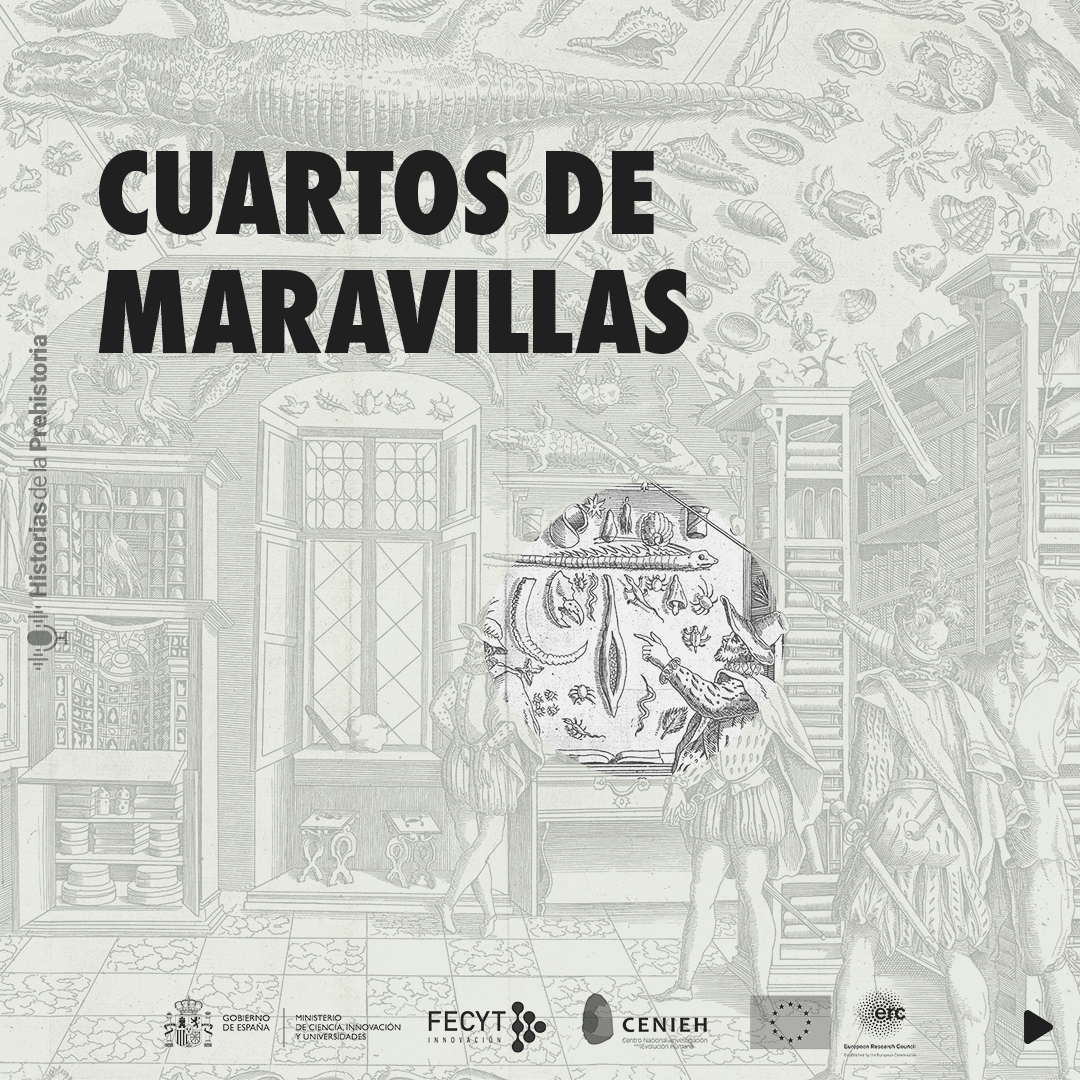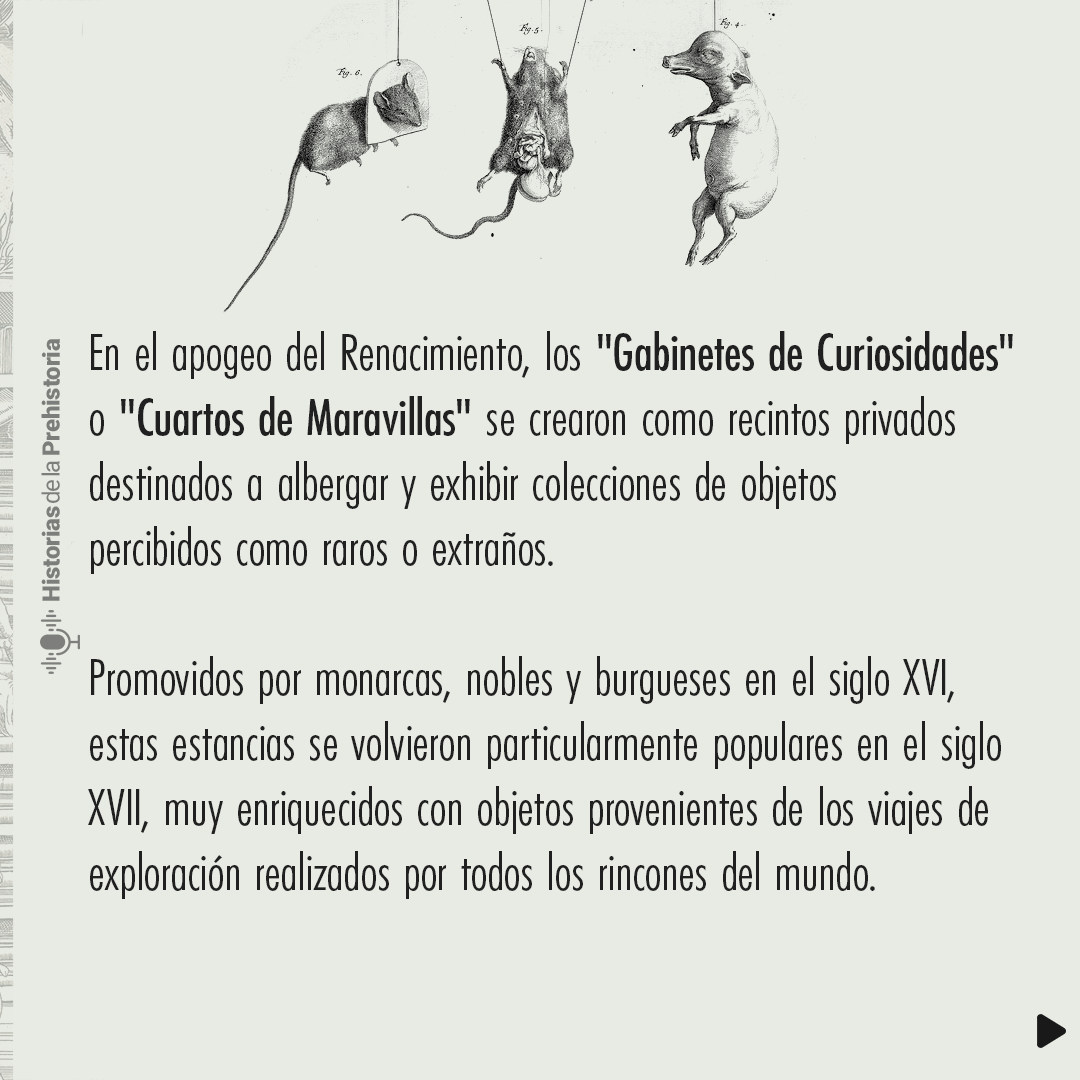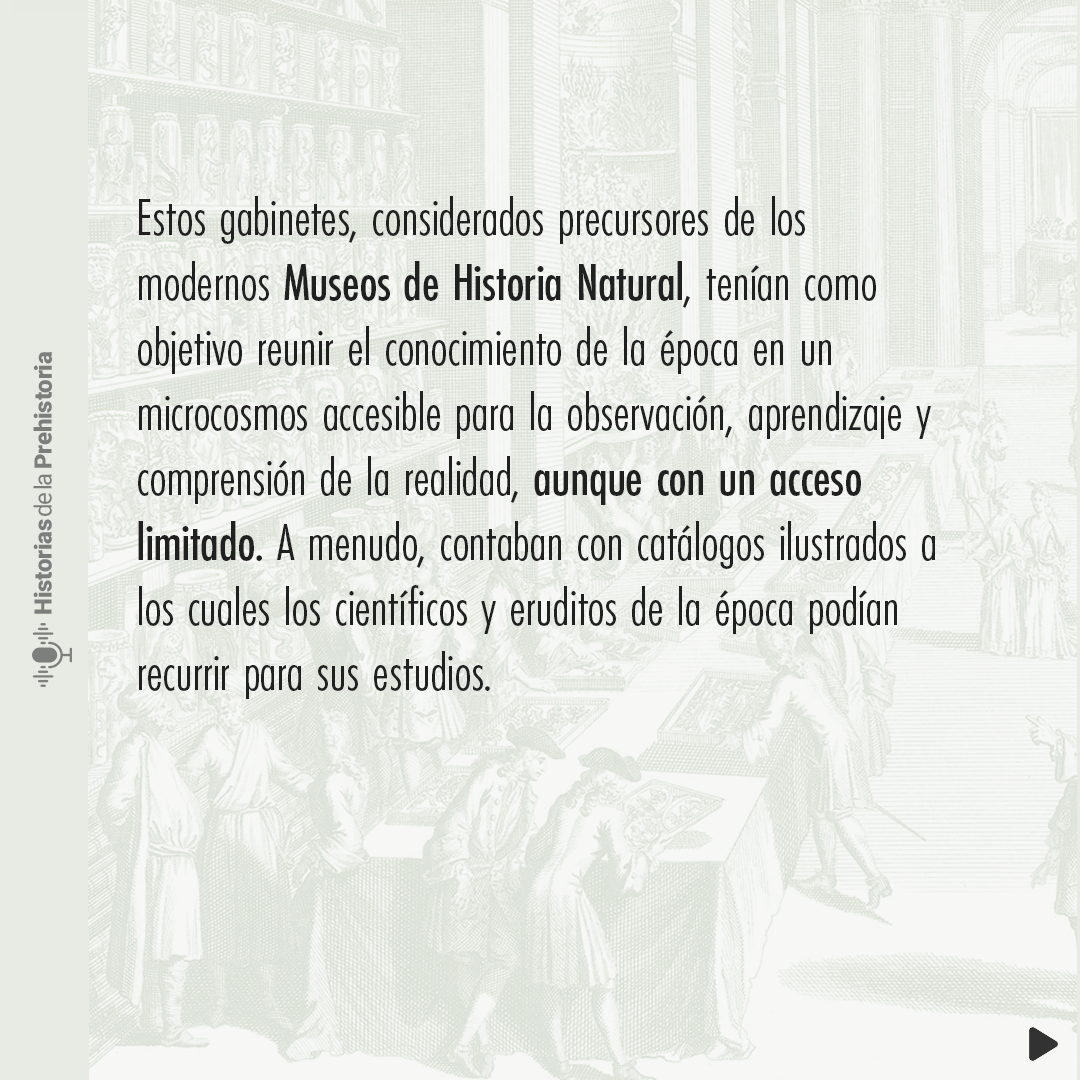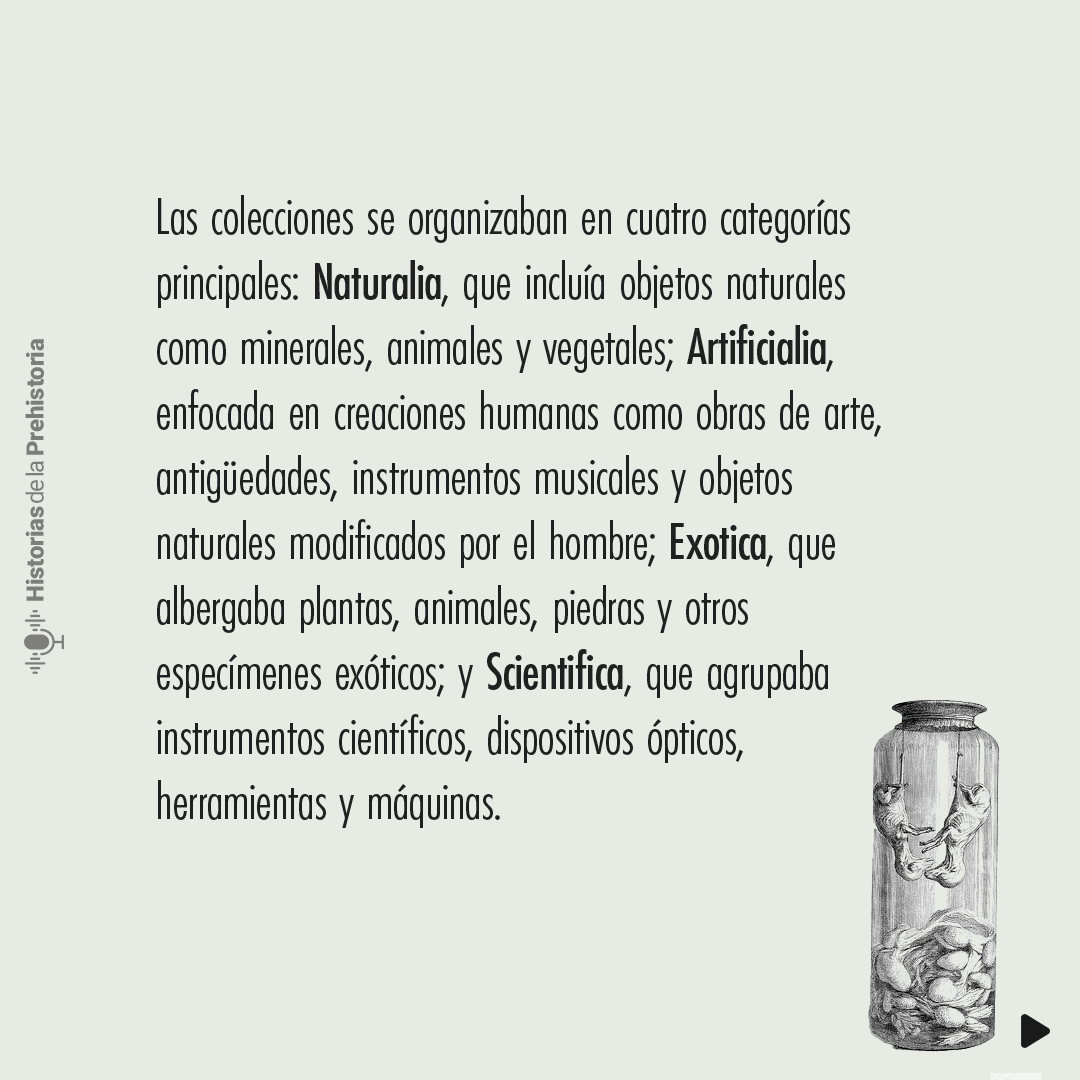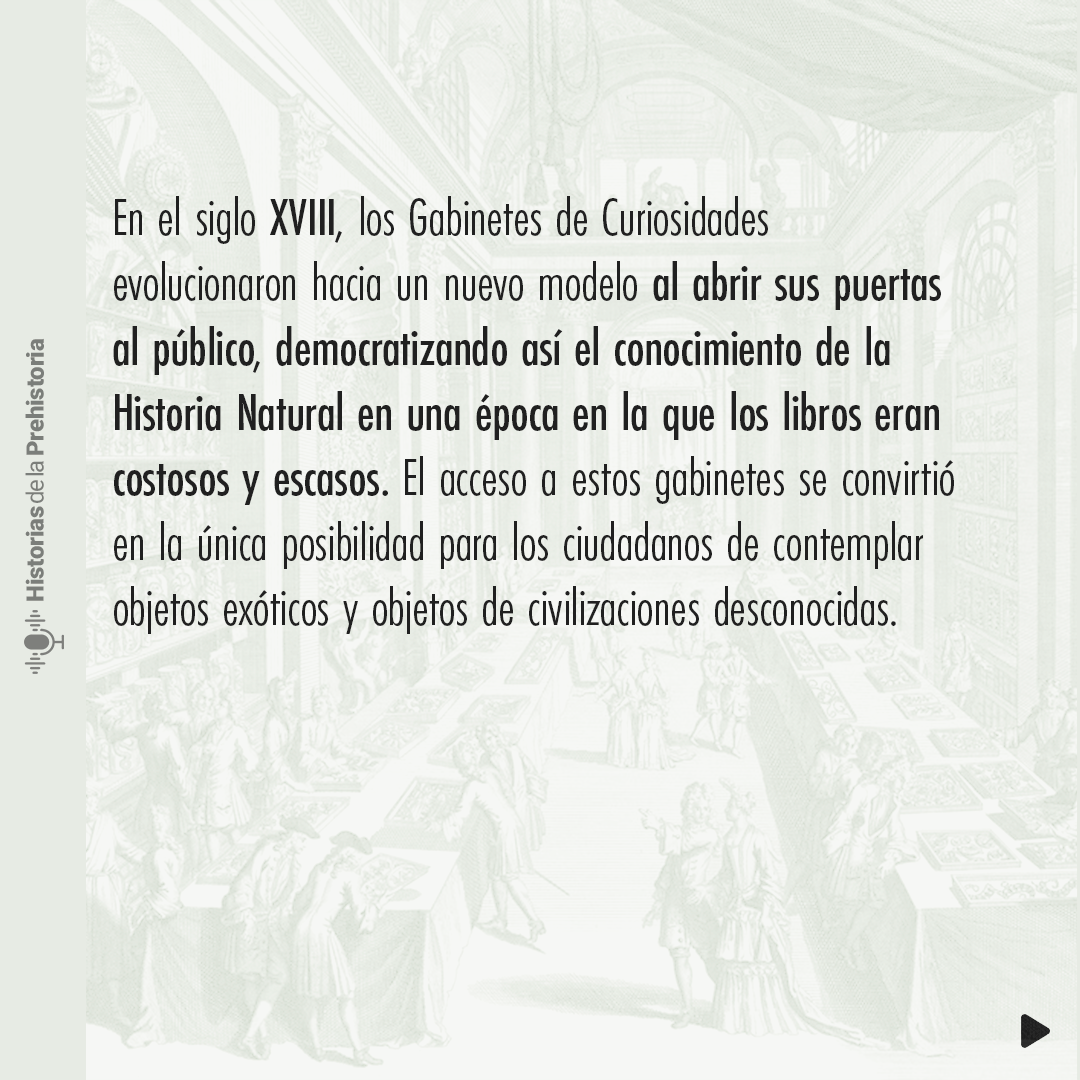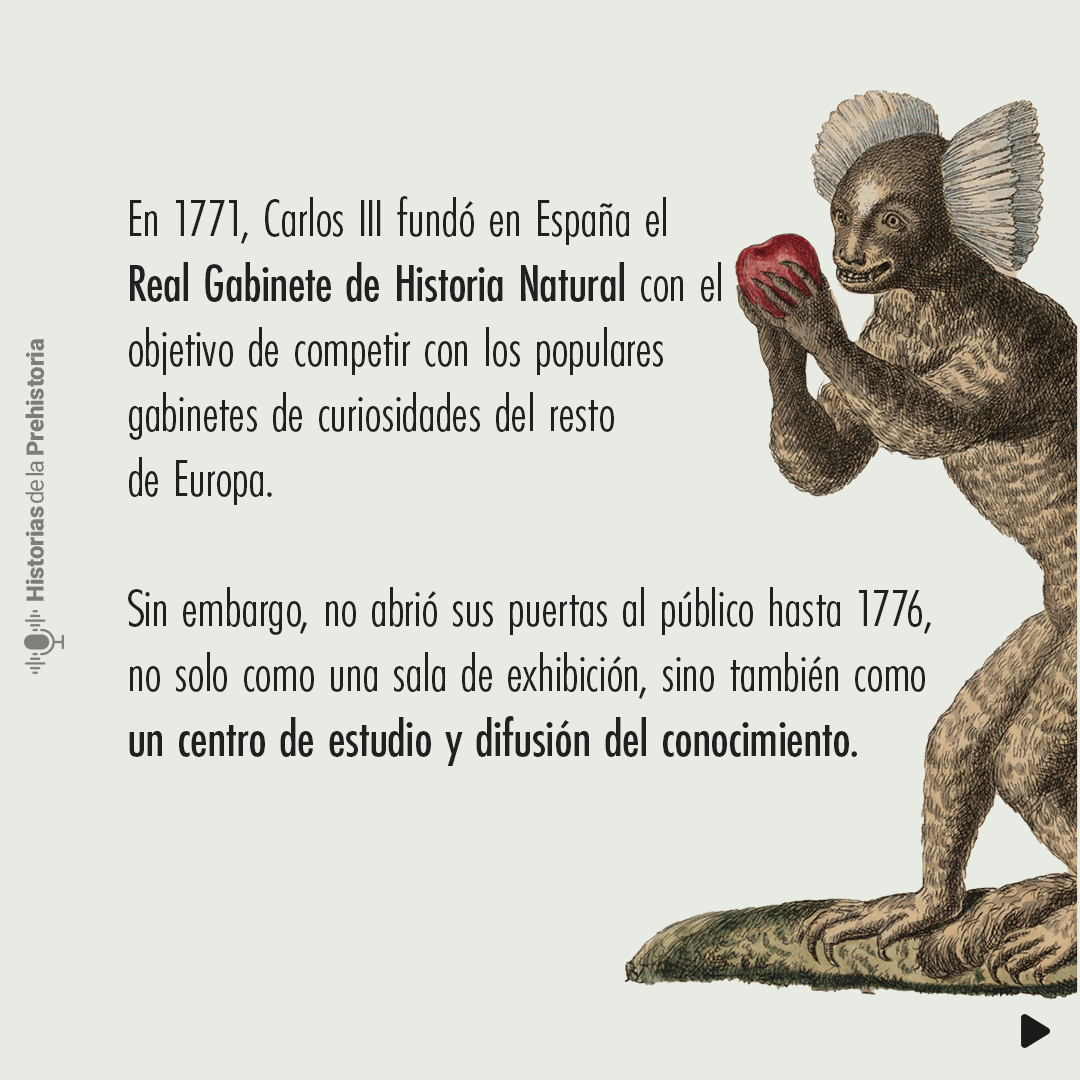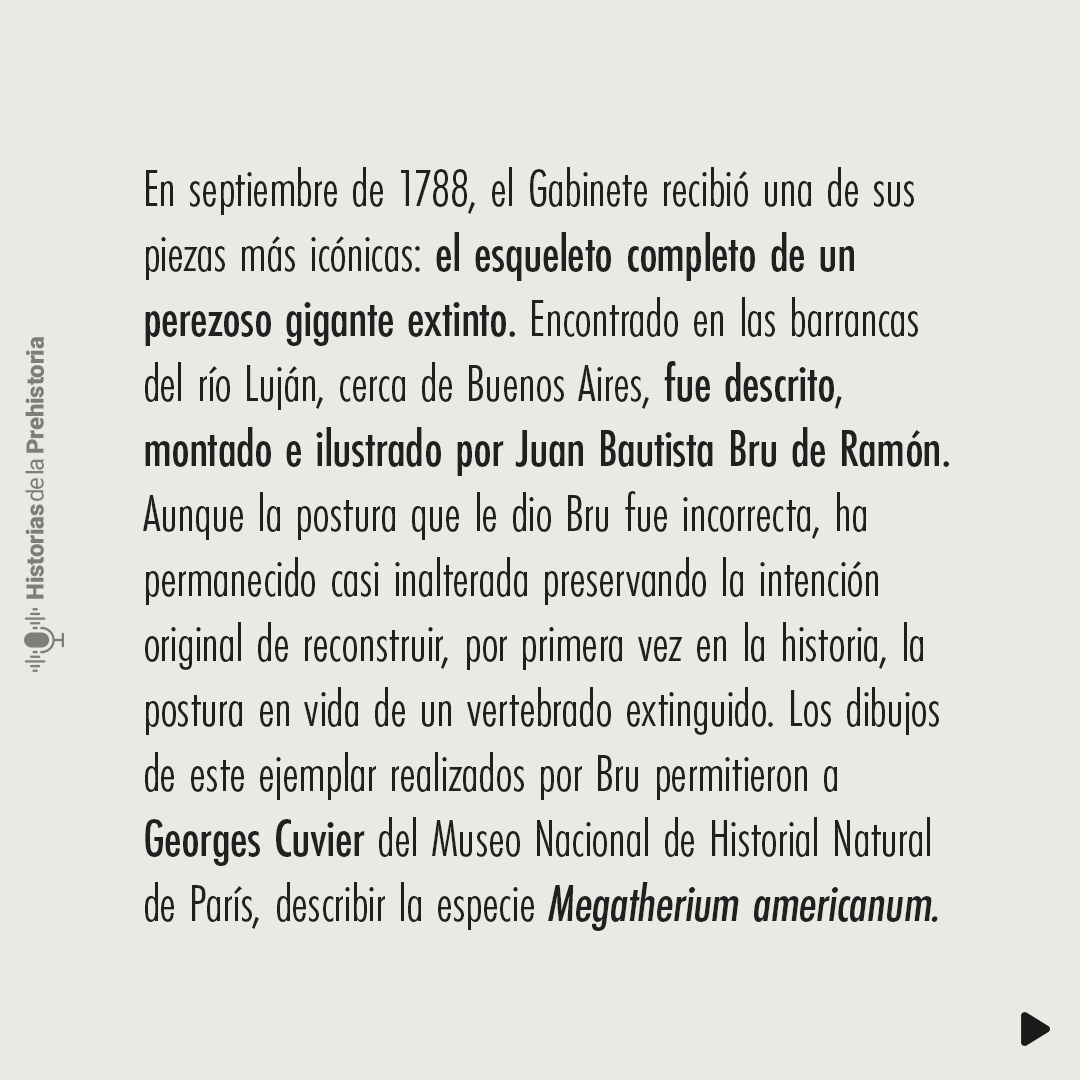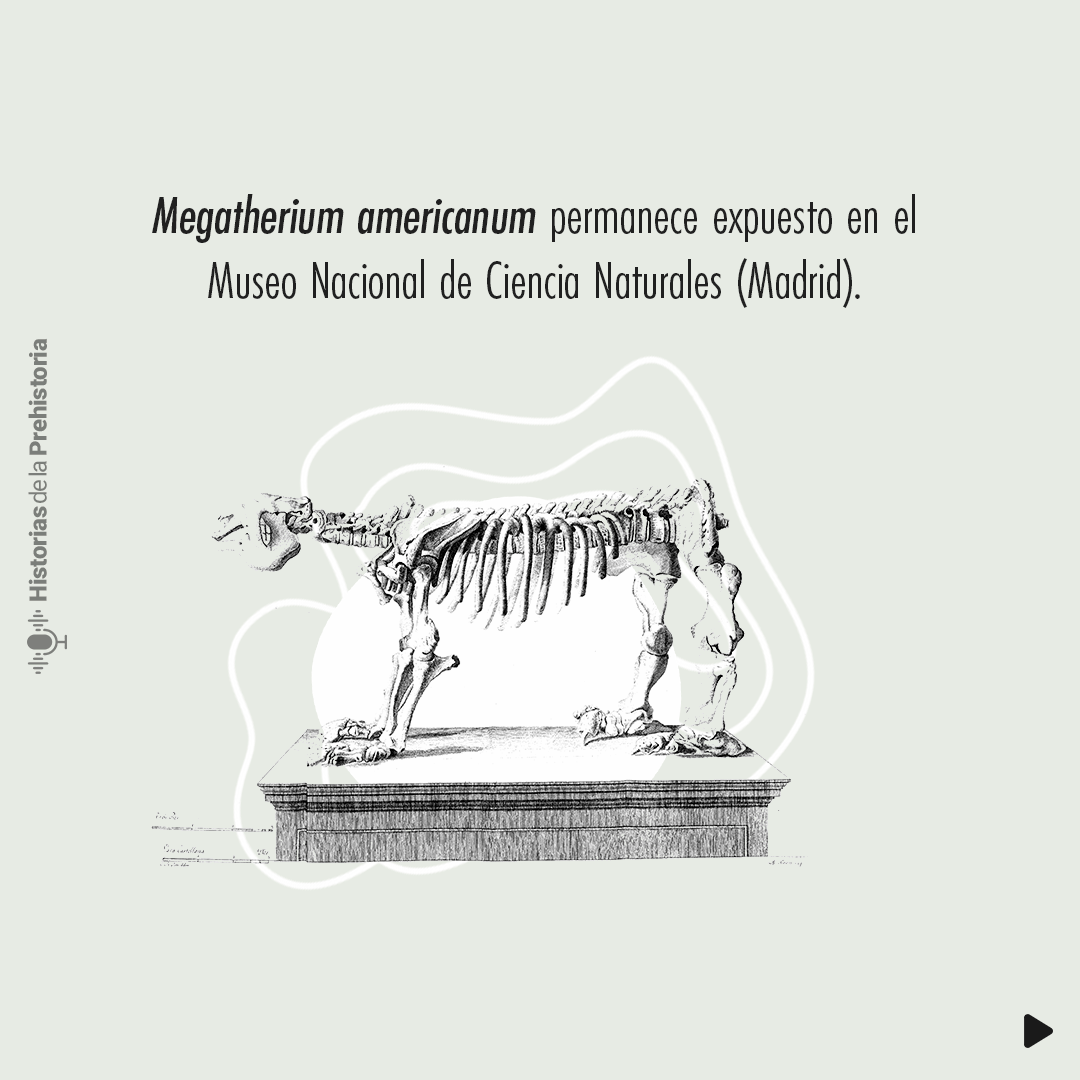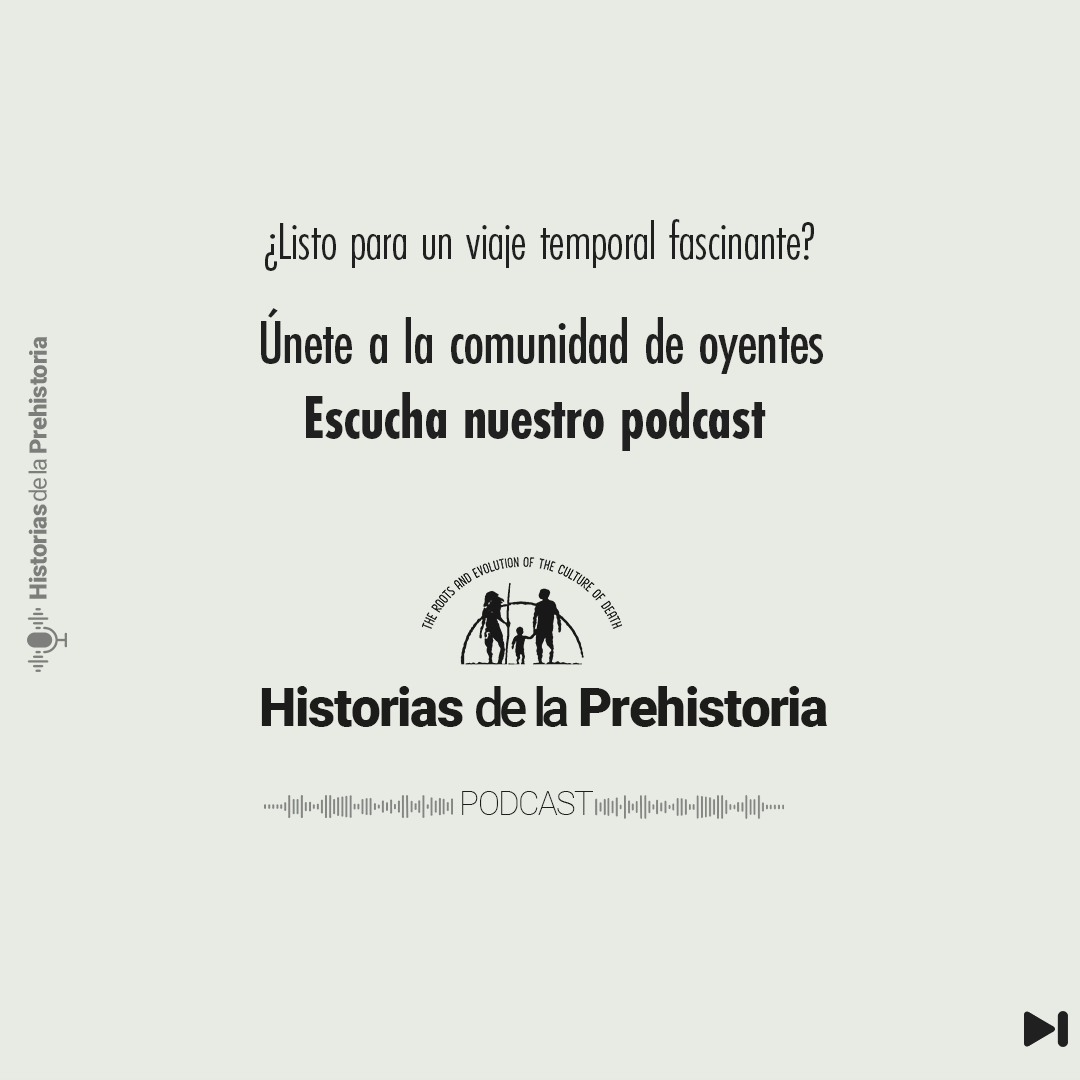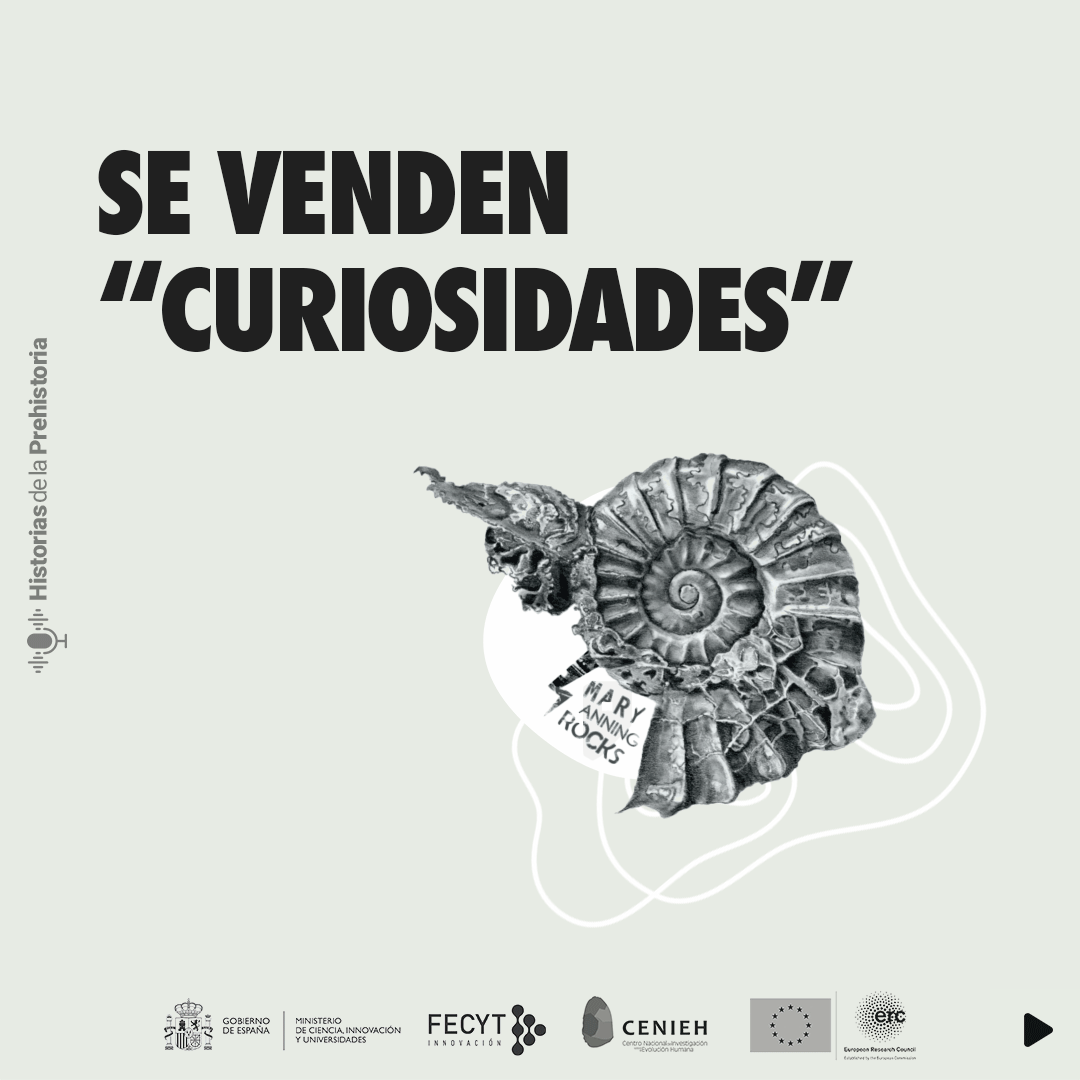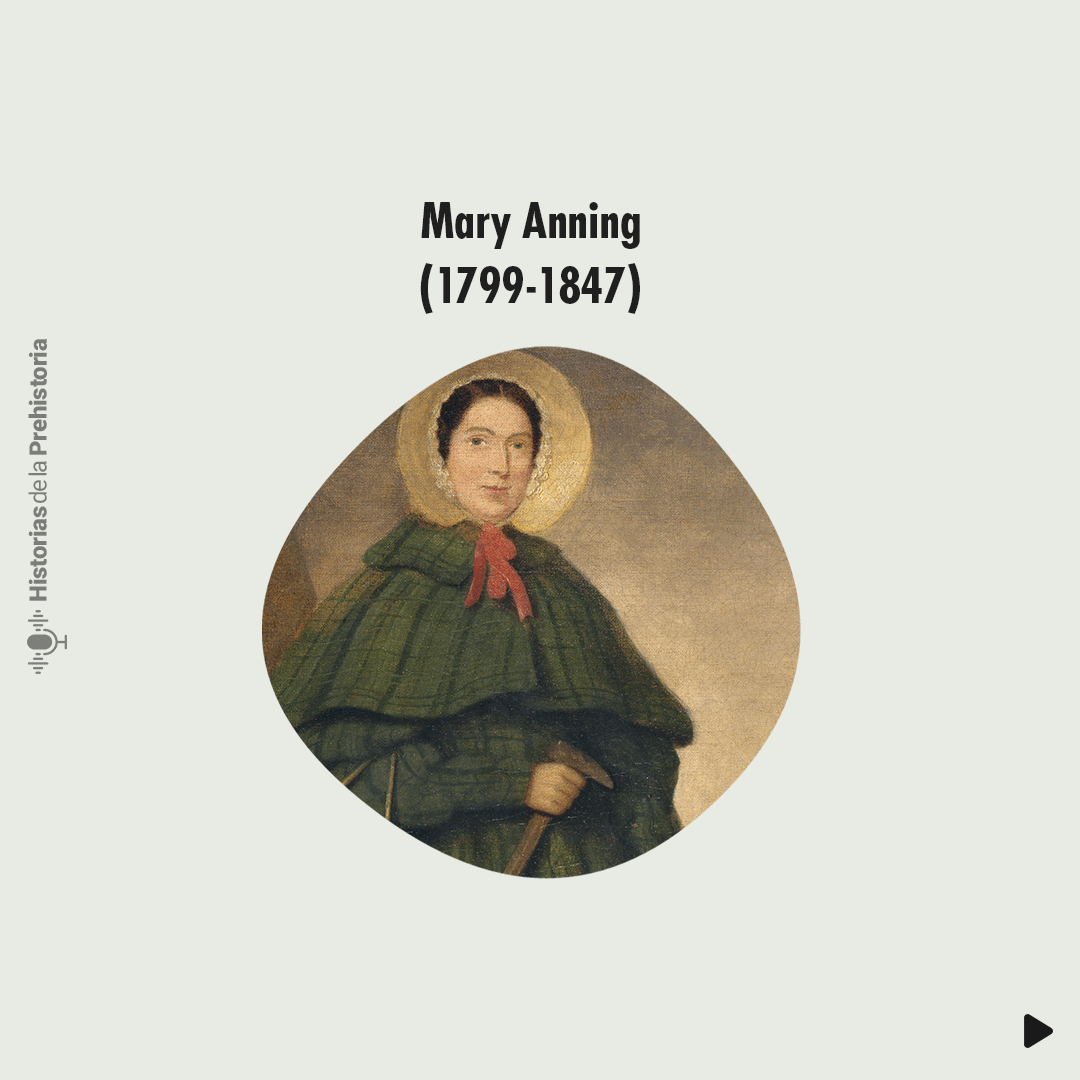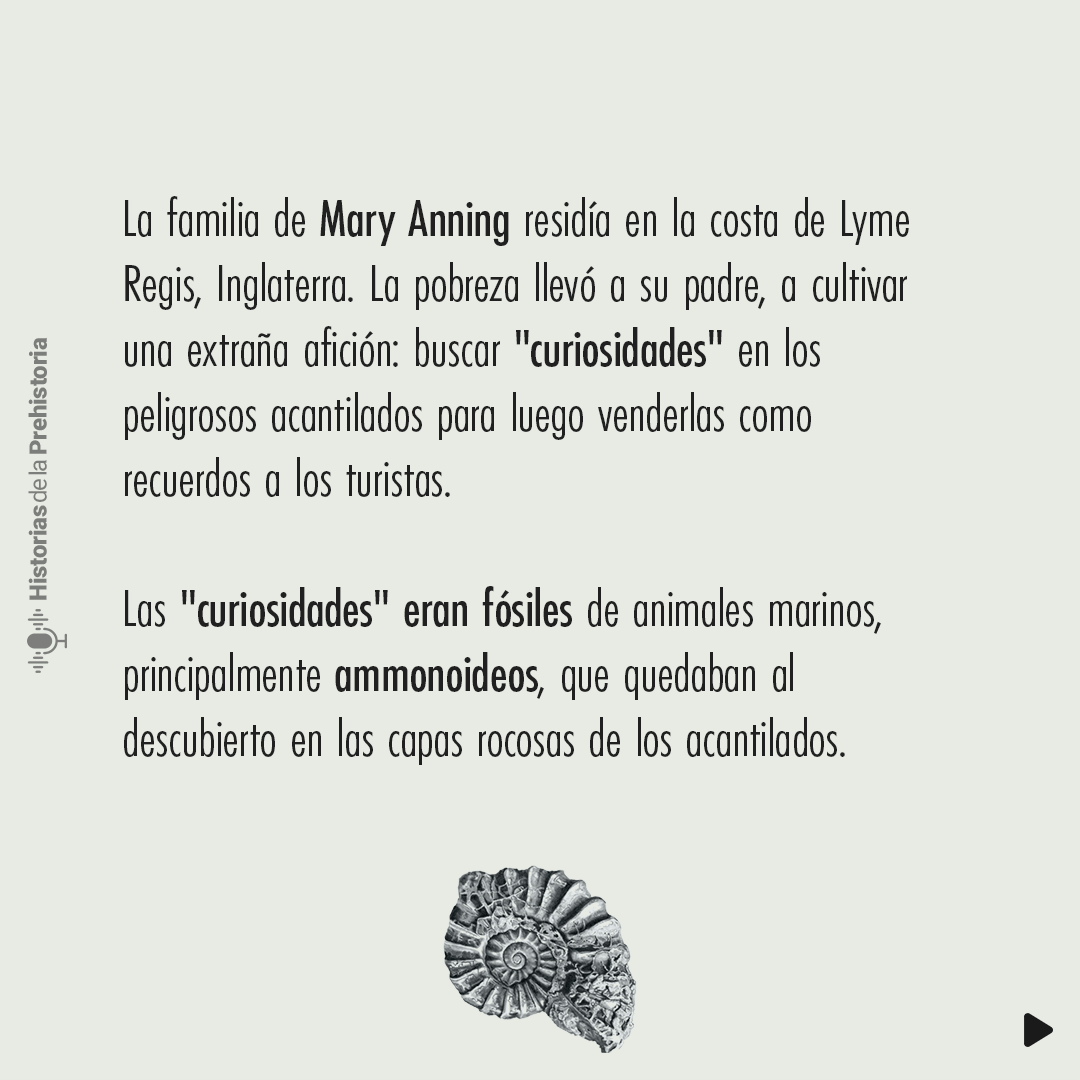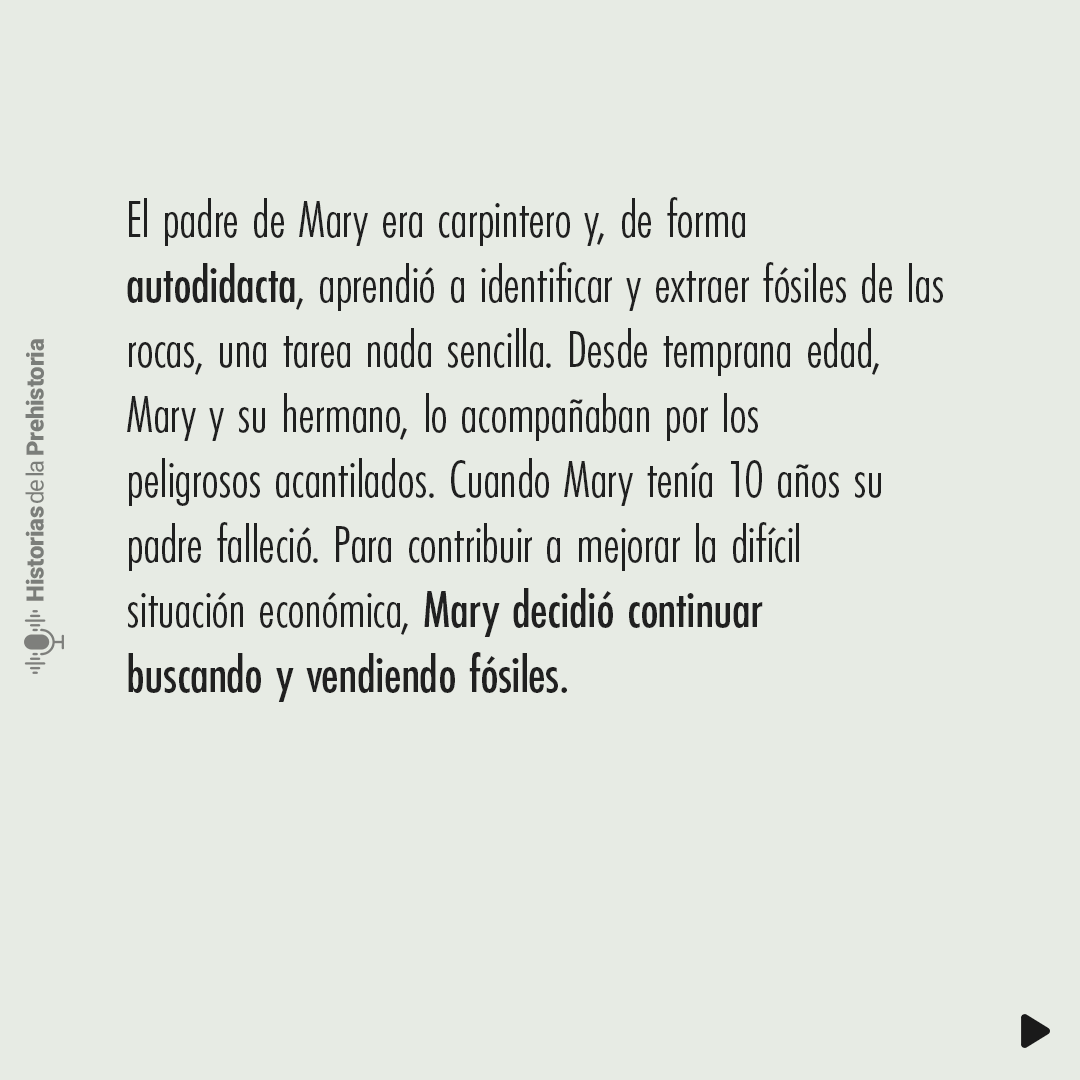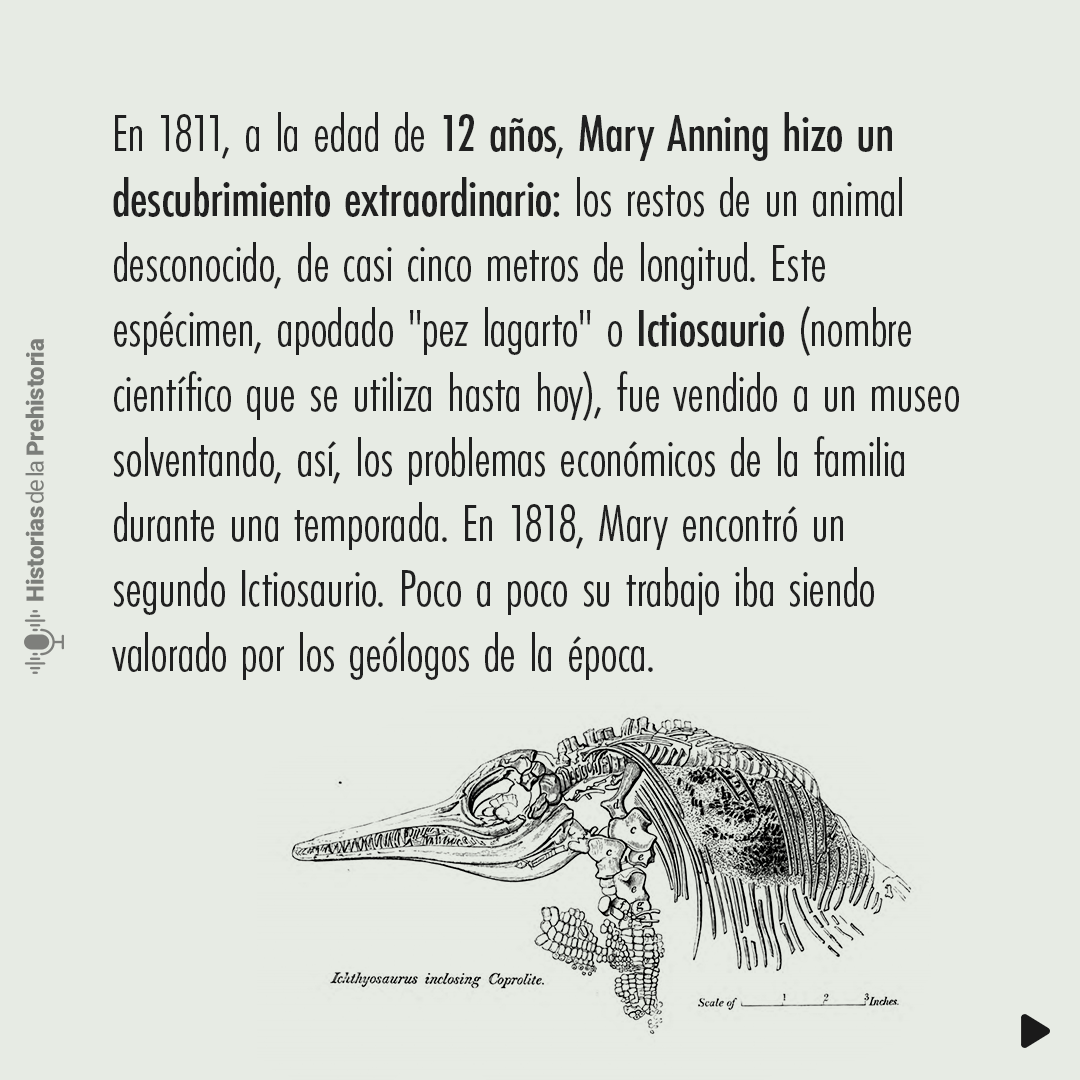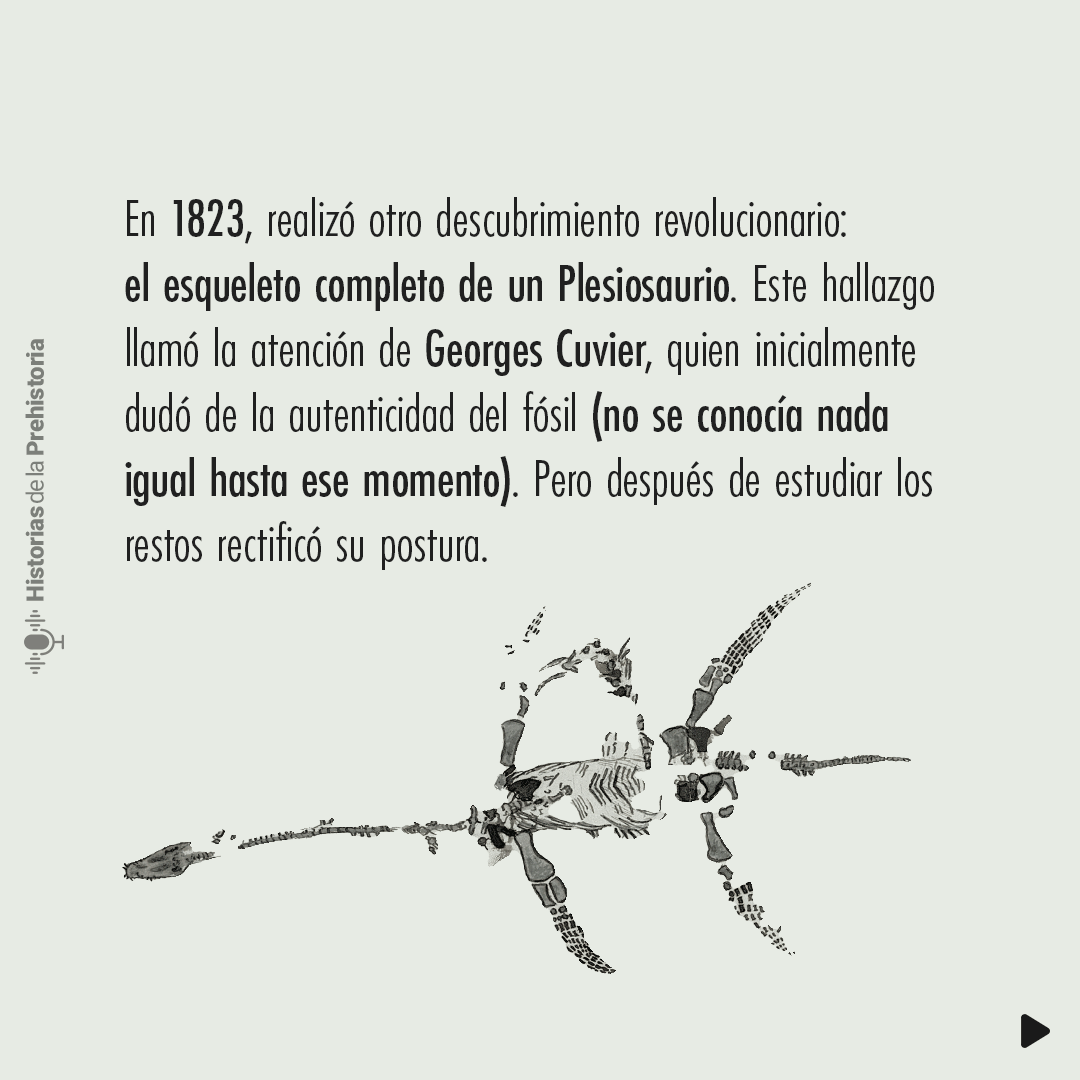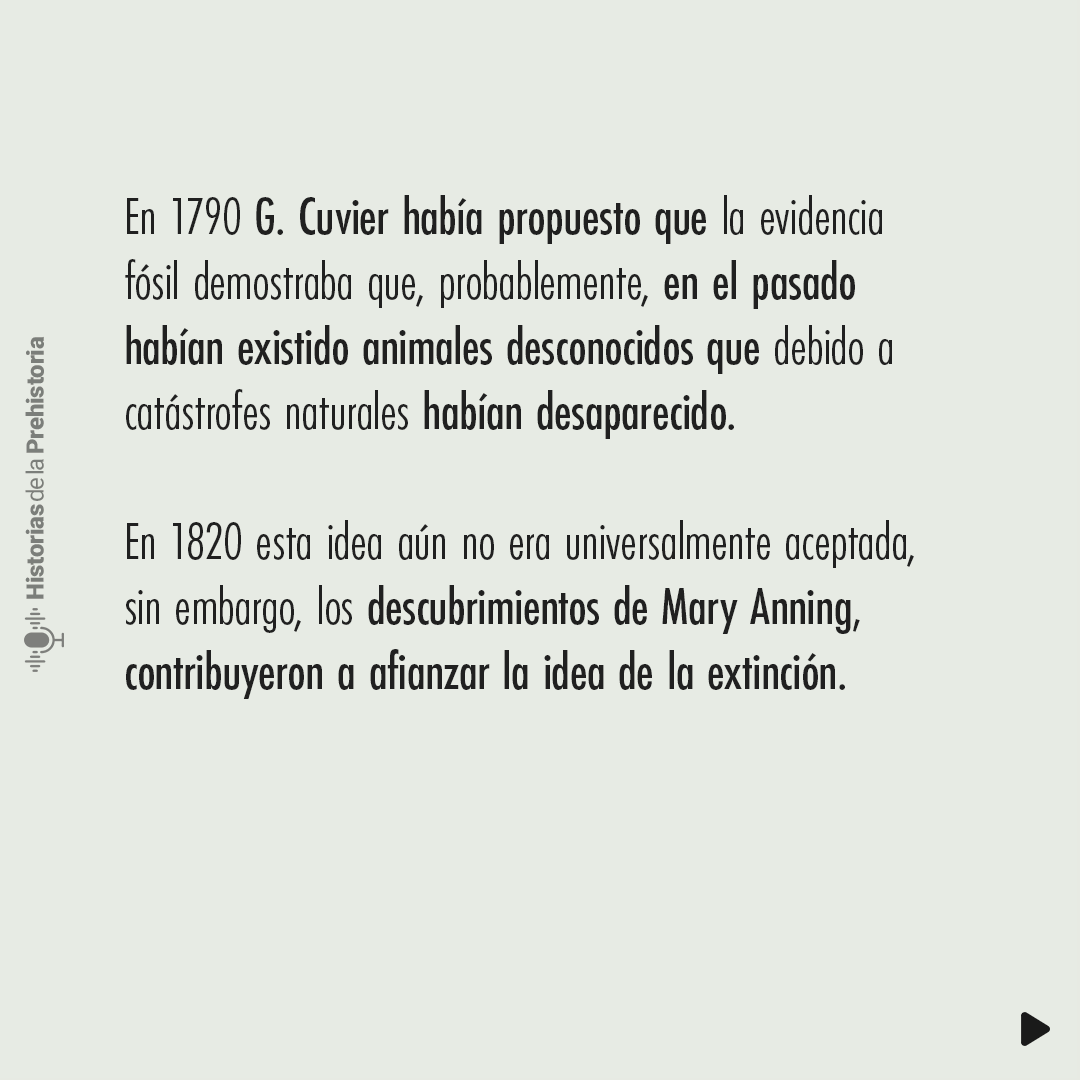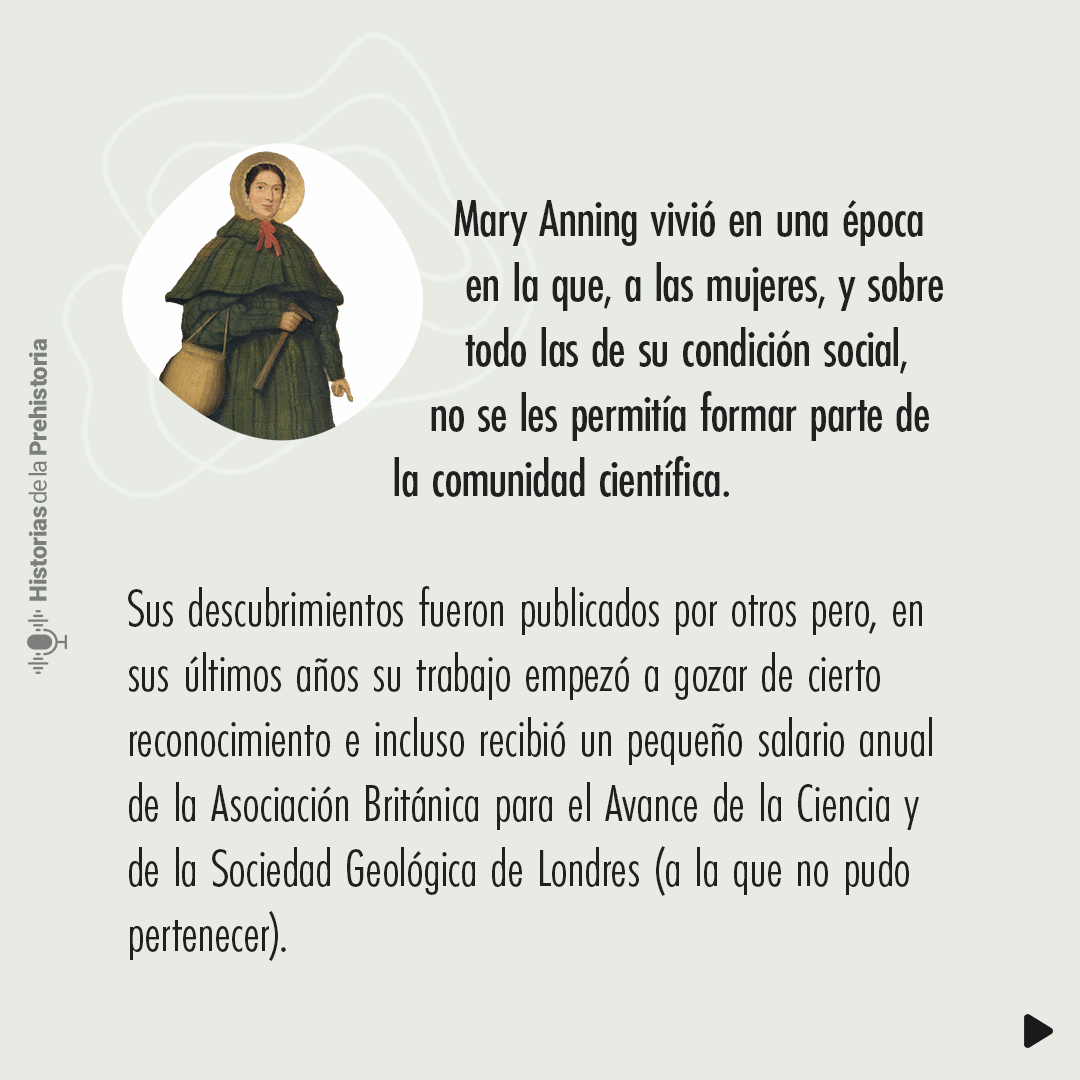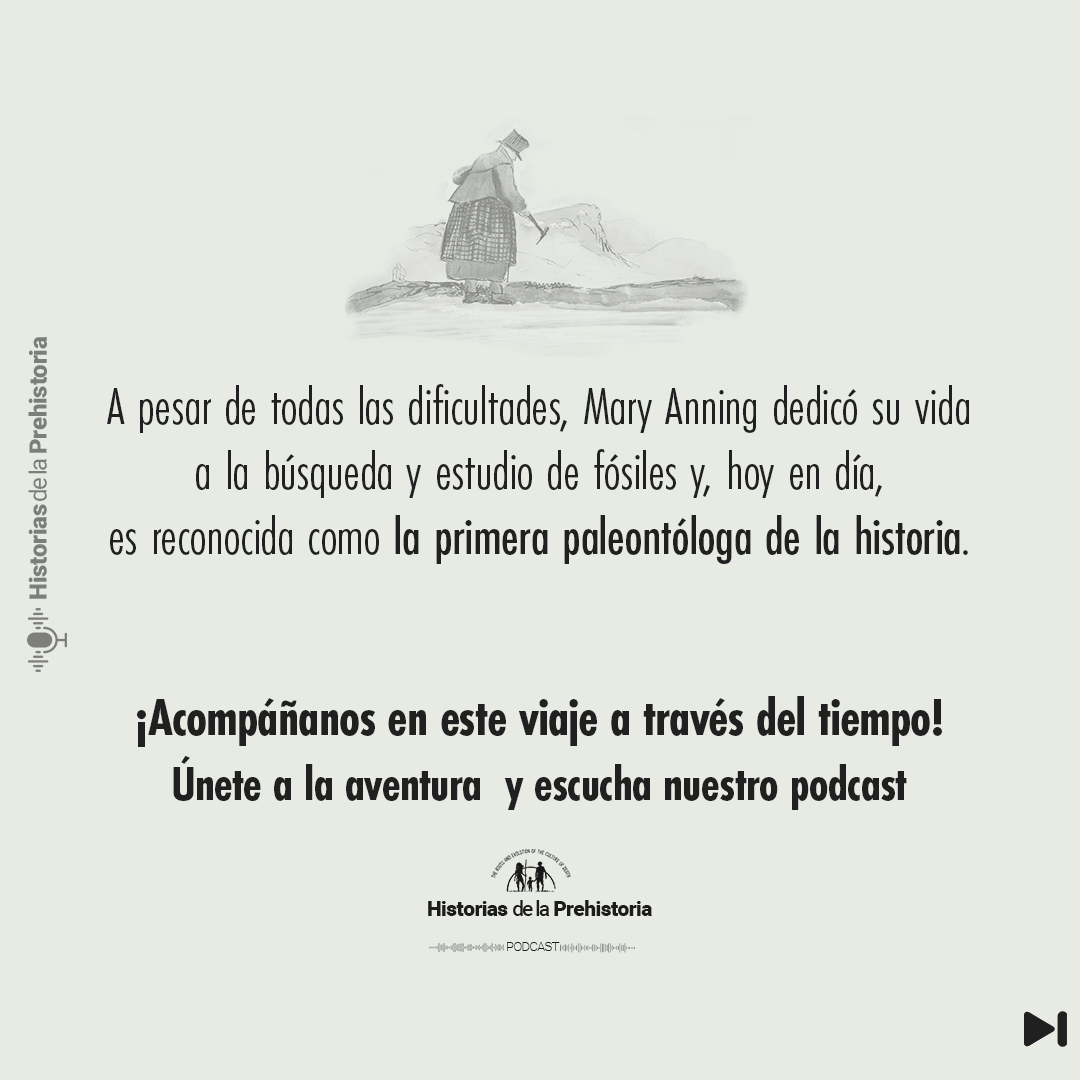ORGANIZATION IN NATURE: CARL VON LINNEO
Have you ever wondered why scientists need to classify living organisms and who laid the foundation for the classification of living beings as we know it today?
In the third episode of our podcast “Historias de la Prehistoria” and in this new post, we talk about Carl von Linneo and the importance of his work in the organization of living beings.
Join our community and share your passion for the history of prehistory!
FOSSIL GUIDE: WILLIAM SMITH
Have you had the chance to listen to our podcast “Historias de la Prehistoria“?
If so, don´t miss the third episode which will be coming out tomorrow! Meanwhile, we invite you to go one step further and dive into the fascinating details of William Smith’s scientific contributions to geology.
If you have not been able to listen to it yet, don’t wait any longer and join the adventure. Find us on Spotify or keep reading this blog to discover more about William Smith and other exciting topics.
THE FIRST STONE: JAMES HUTTON
Which was the first stone? It might be the typical question of a curious child, but it is a question that changed 18th century ideas and our understanding of the world.
For the Neptunists, the answer was granite. They considered it to be the oldest stone, the first stone of creation.
However, James Hutton challenged this notion. Not only did he refute the idea of granite as the primordial stone, but he also found in rocks a window into the past. Observing rocky landscapes, he realised that the Earth had an ancient and dynamic history, where “we find no vestige of a beginning, no prospect of an end”.
How did he do it? What secrets do the rocks hold that led him to this revelation? Keep reading or listening to our podcast “Historias de la Prehistoria” to find our more!
NEPTUNIST - PLUTONIST
Are you one of those who, as a child, came back from a field day full of “treasures”? Collections of rocks with strange shapes or eye-catching colors have been our travel companions on more than one occasion. Have you ever stopped to think about the origin of these rocks?
This question has indeed been a fundamental question throughout the history of science. Rocks contain information about our planet. In fact, space missions to Mars or the Moon study rock samples to understand more about the universe.
These “treasures” of our childhood not only keep emotional memories, each of these rocks holds its own history. Throughout time, there have been several theories that have tried to answer the question of the origin of the rocks.
Listen to our podcast “Historias de la Prehistoria” on Spotify to find out more!
THE RED LADY: WILLIAM BUCKLAND
William Buckland was an exceptional pioneer in the world of palaeontology. Did you know that he was the first to discover a Palaeolithic burial site and to describe the fossil remains of a dinosaur? Incredible! Buckland was fortunate enough to study both human and dinosaur fossils, an extraordinary combination for his time.
Would you like to know more about these exciting discoveries and how they impacted our understanding of prehistory? Join us on this journey into the past! Listen to our podcast “Historias de la Prehistoria” in Spotify.
SHARK TEETH: NICOLAS STENO
You have probably seen a necklace with the fossil tooth of a shark or a domestic collection of small treasures with this type of objects. The fascination for these curious fossils dates back to ancient times, but at that time, their origin was unknown. They used to be attributed magical or supernatural powers and there were different legends and hypotheses that speculated about their origin. Did you know that they played a crucial role in the history of geology?
When Nicolas Steno revealed the mystery of its origin by analysing the head of a shark, he revolutionised what was previously known about the history of the earth. Why, you may ask? In this post we tell you the details.
If you want to keep exploring the exciting world of prehistory with us, you can listen to our podcast “Historias de la Prehistoria“on Spotify.
WONDER-ROOMS OR CABINETS OF CURIOSITIES
In the Renaissance, royalty, nobles and middle class created these “wonder-rooms” to treasure extraordinary objects. In the 18th century, these spaces were opened to the public, democratising the knowledge of natural history at a period when not everyone had access to such knowledge. In 1788 the skeleton of Megatherium americanum, an extinct giant sloth, arrived at the National Museum of Natural Sciences (Madrid).
Discover Historias de la Prehistoria with us on Spotify.
LITHIC INDUSTRY: "THUNDERSTONE"
Did you know that lithic tools had already been found in Roman period? It is difficult to determine with certainty what kind of questions were asked at that time, what we do know is the type of answer they gave about the origin of these “curious stones”, which were triangular in shape and, in many cases, polished; answers based on their mythological beliefs.
Lithic tools were interpreted as lightning bolts from the god Zeus falling from the heavens. A peculiar approach, but one that fitted the paradigm of the time. In medieval times these “curious stones” were treasured in “cabinets of curiosities”.
The paradigms of each era influence the way we see and understand the world, shaping the questions we ask and the answers we get or interpret.
If you want to know more “Historias de la Prehistoria“, you can listen to our podcast on Spotify!
CALL FOR POSTDOCTORAL RESEARCHER
JOIN OUR TEAM!
APPLY FOR THE NEW POSITION OF TEMPORARY EMPLOYMENT POSTDOCTORAL RESEARCHER IN
TOPOGRAPHY, SPATIAL ANALYSIS AND GEOGRAPHIC INFORMATION SYSTEMS
The purpose of this contract is to carry out the research work envisaged as part of DEATHREVOL project, directed at spatial analysis for integrating the study of the archaeological contexts analyzed in the project.
DEADLINE: MARCH 27TH 2024
STARTING DATE: MAY 1ST 2024
More details here: https://www.cenieh.es/sobre-el-cenieh/empleo/042024-erc-2020-stg-deathrevol
"CURIOSITIES" FOR SALE: MARY ANNING
Did you know that, despite all her scientific achievements, Mary Anning was never allowed to be part of the scientific community? She was sentenced to invisibility and silenced by her peers.
The “Matilda Effect” condemns this phenomenon of invisibility of women in science and STEM degrees, in part promoted by the lack of female references to inspire scientific vocation in girls and women. This effect has deprived many female scientists from appearing in books.
Don’t forget her name: Mary Anning ♥
In order to learn more about these and other curiosities of palaeontology, you can listen to the first episode of our podcast “Historias de la Prehistoria” on Spotify.
